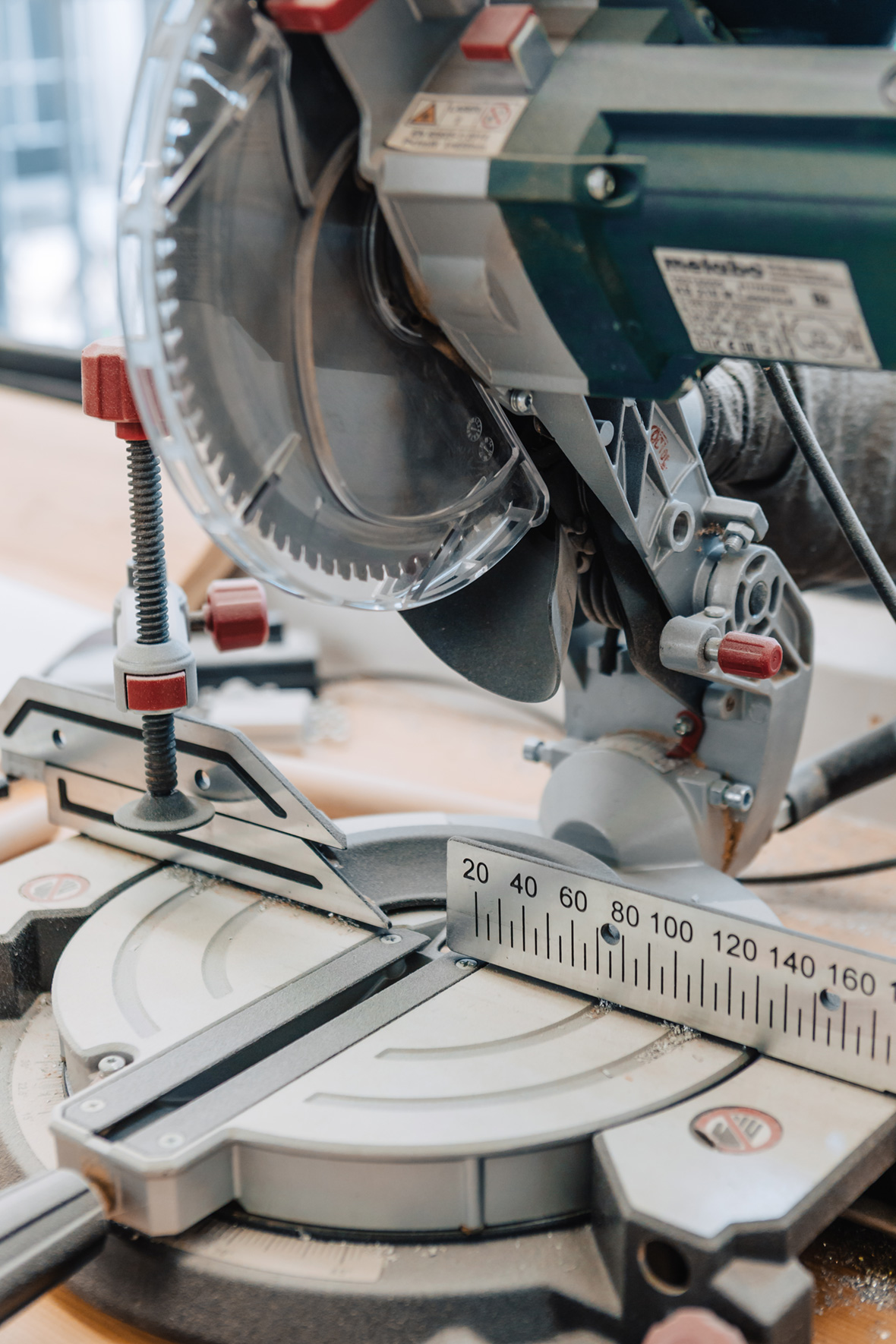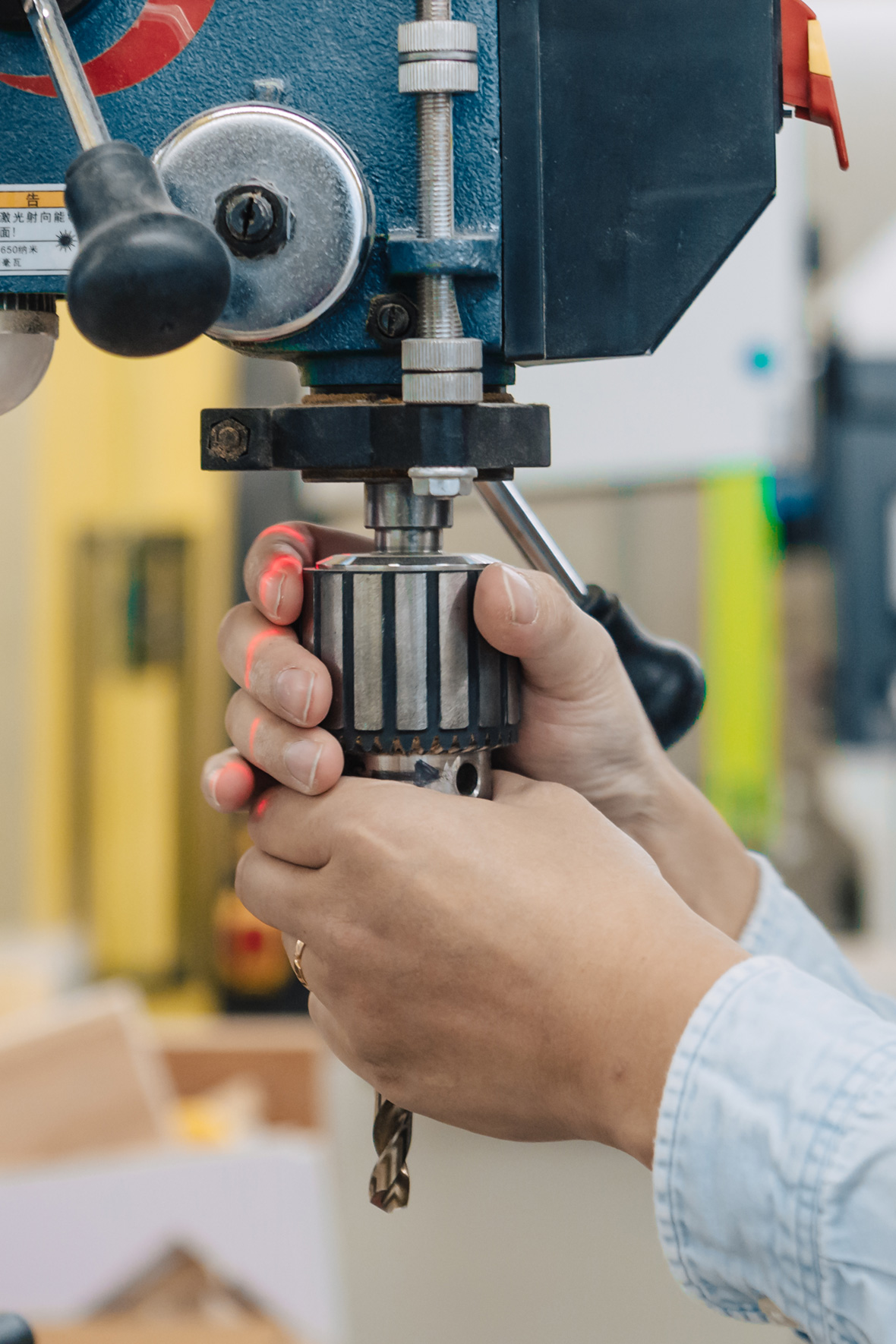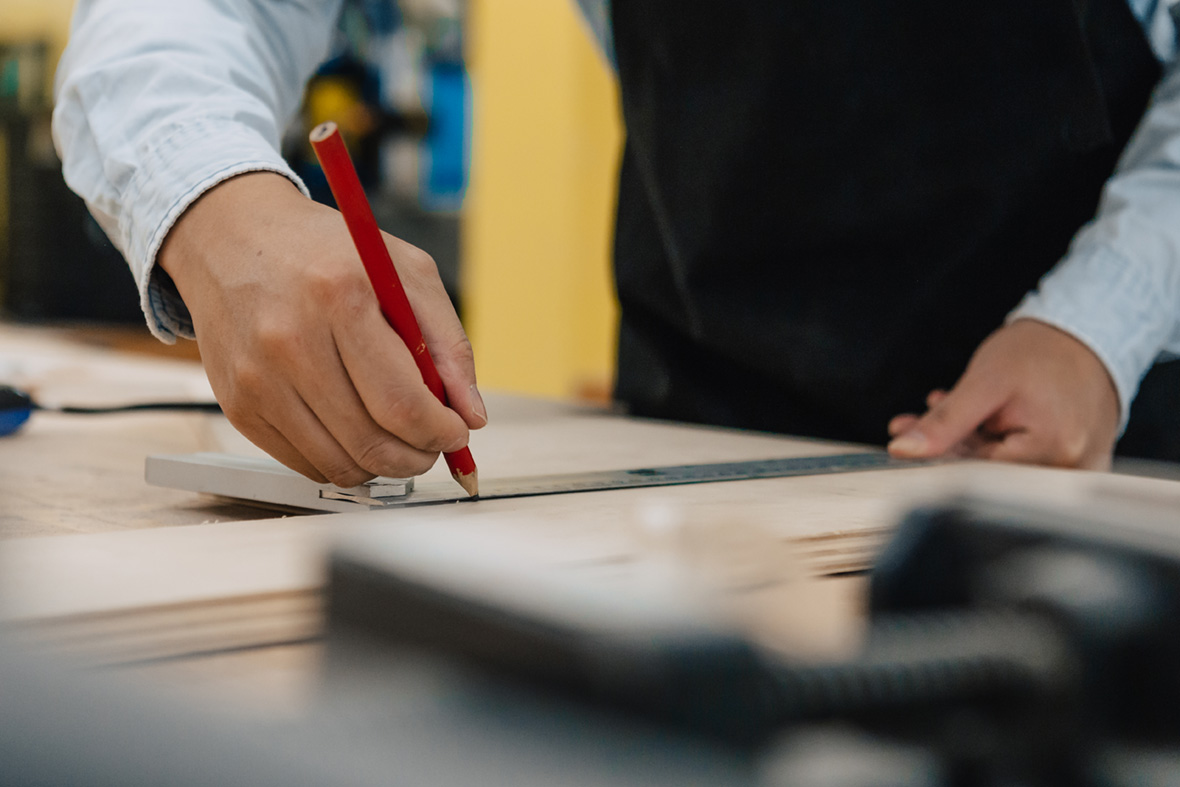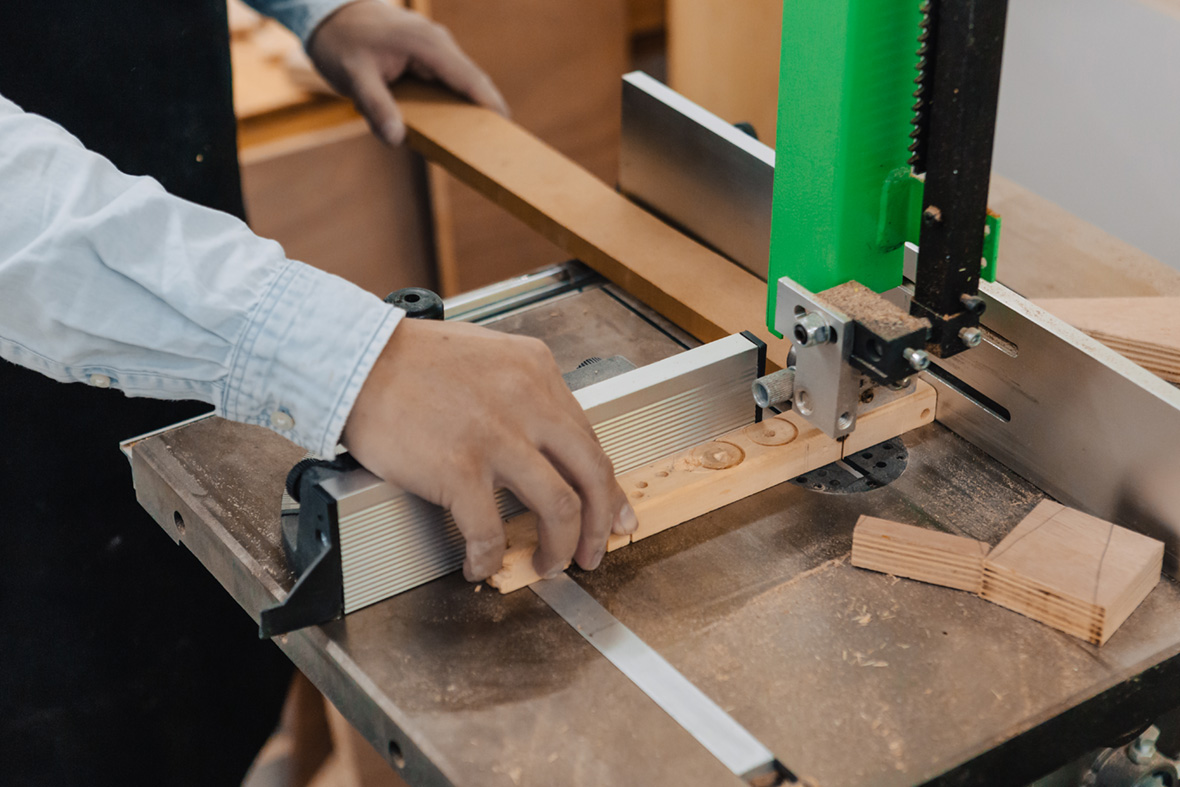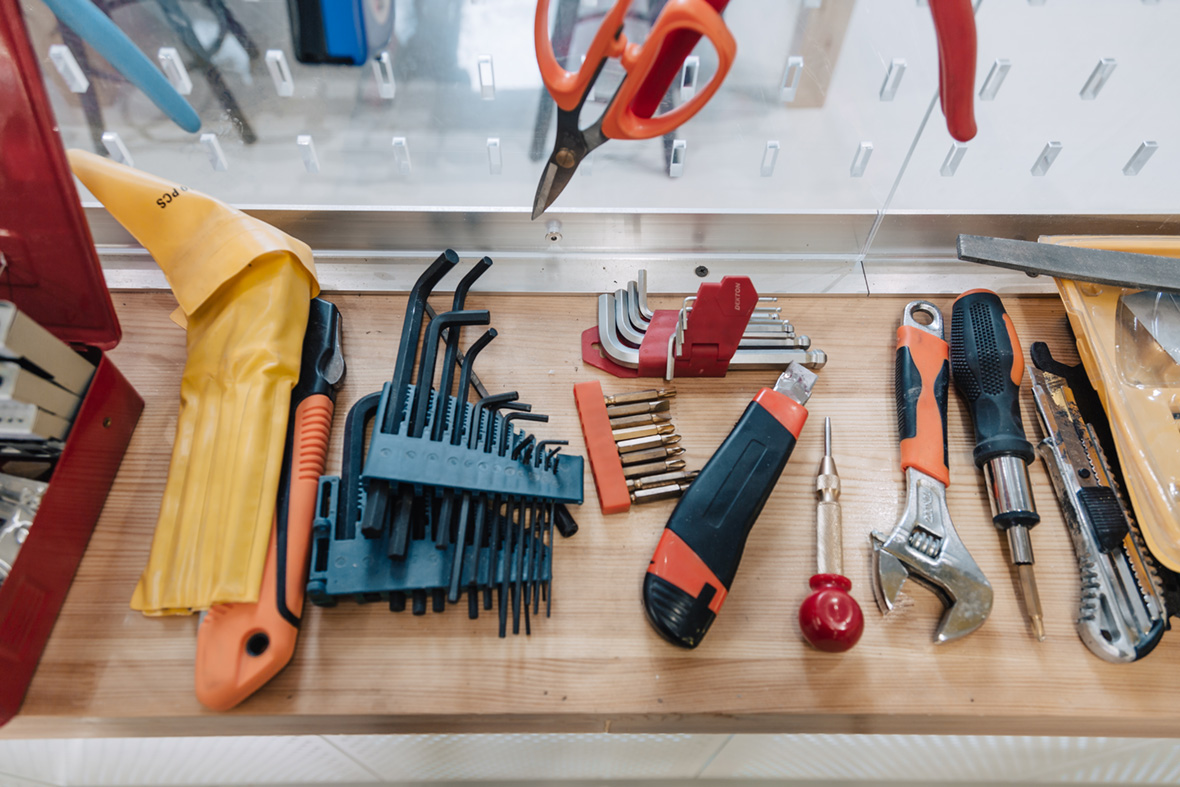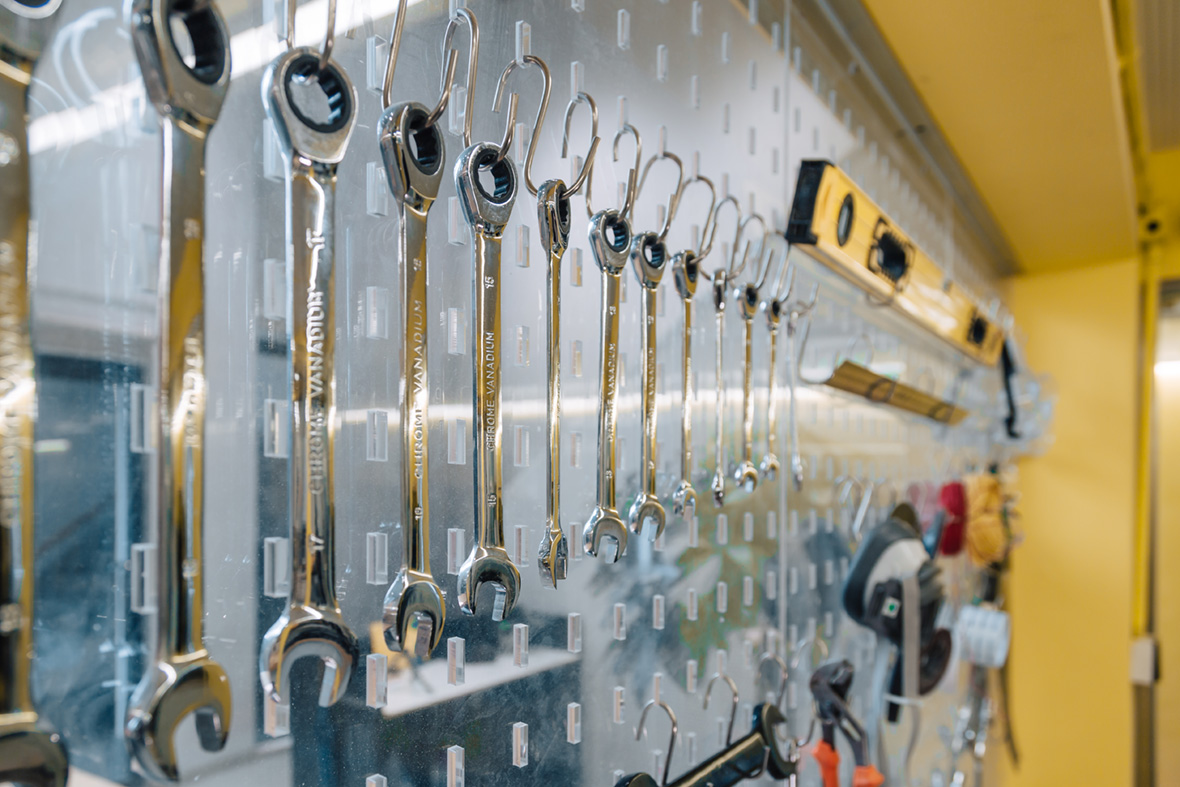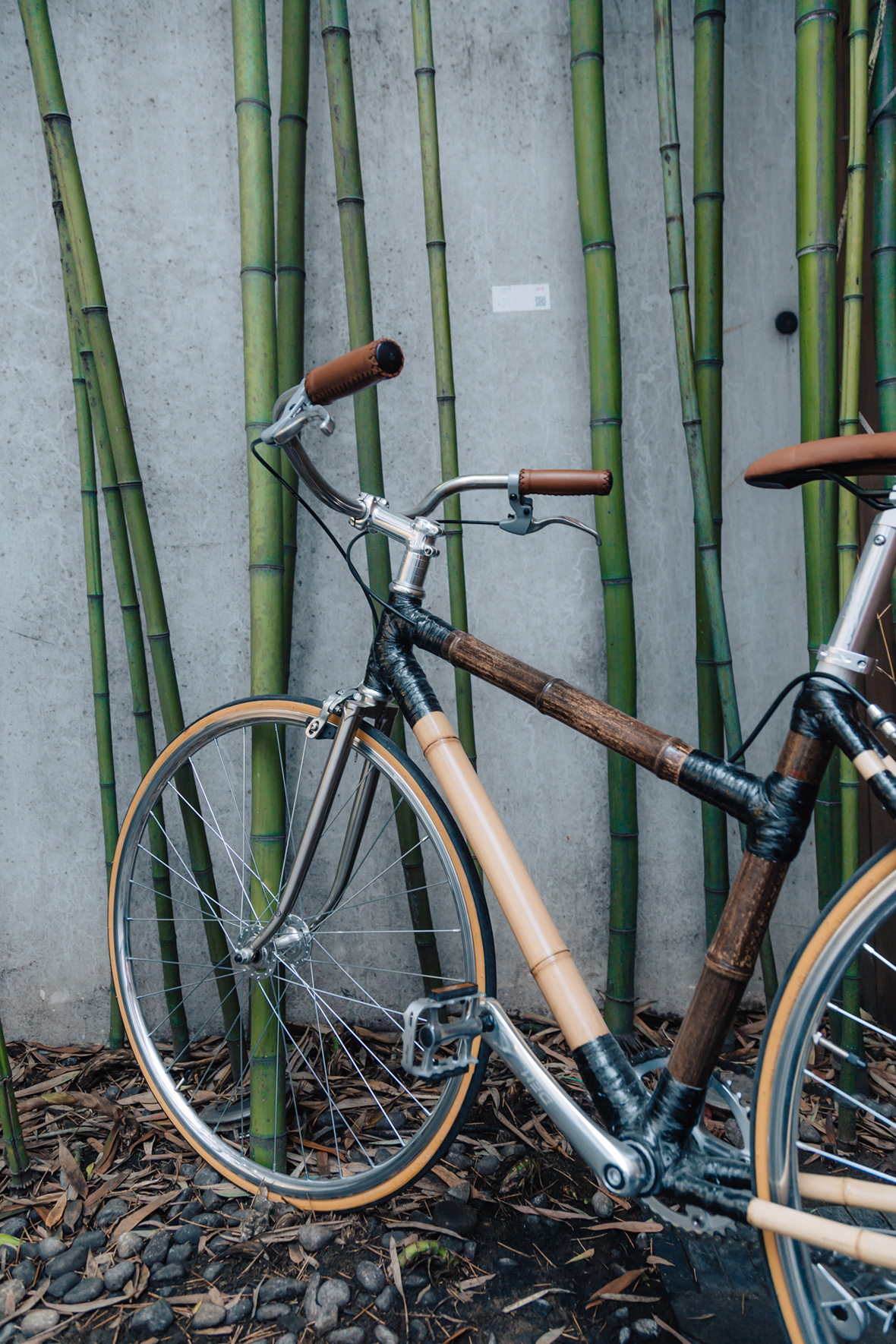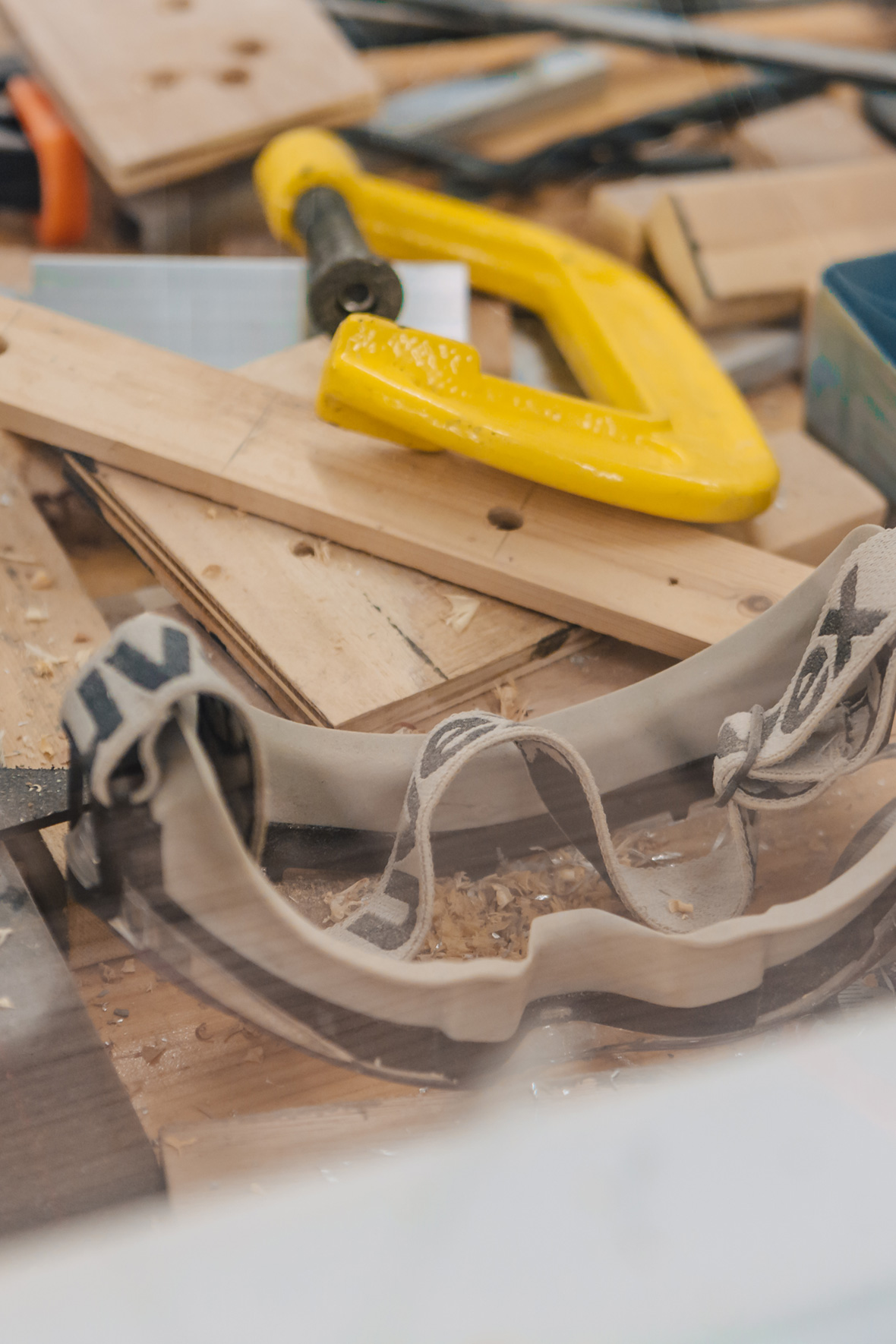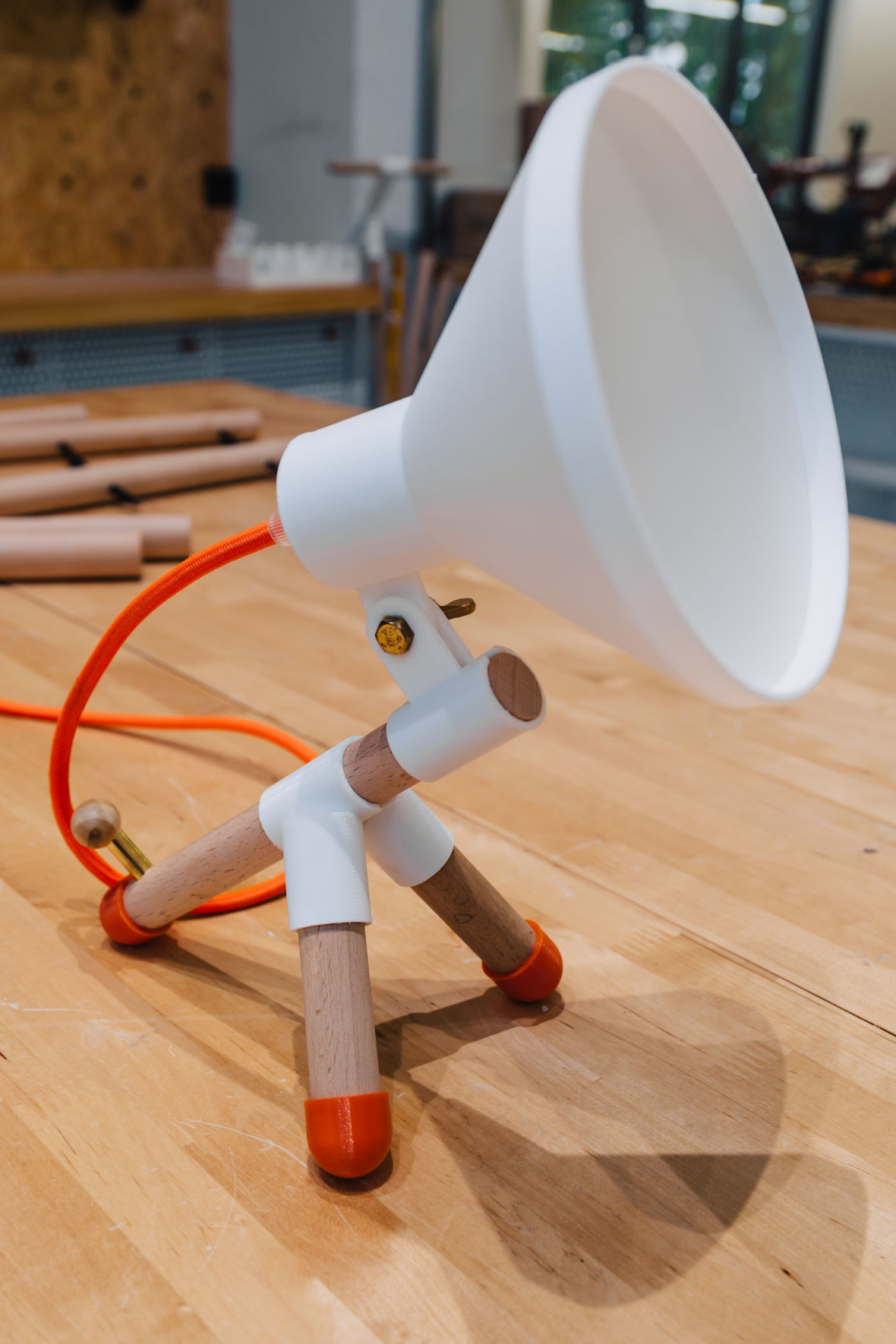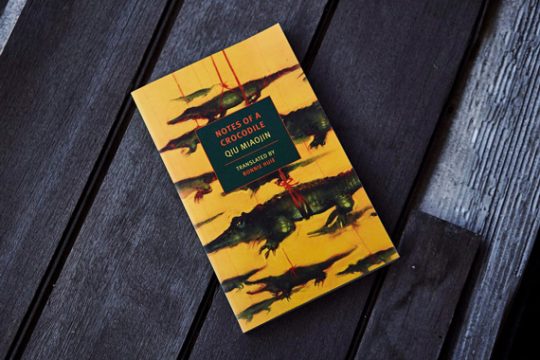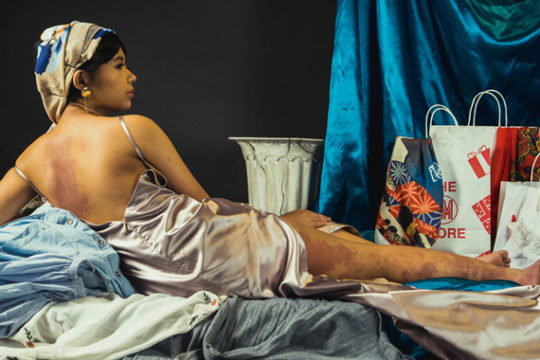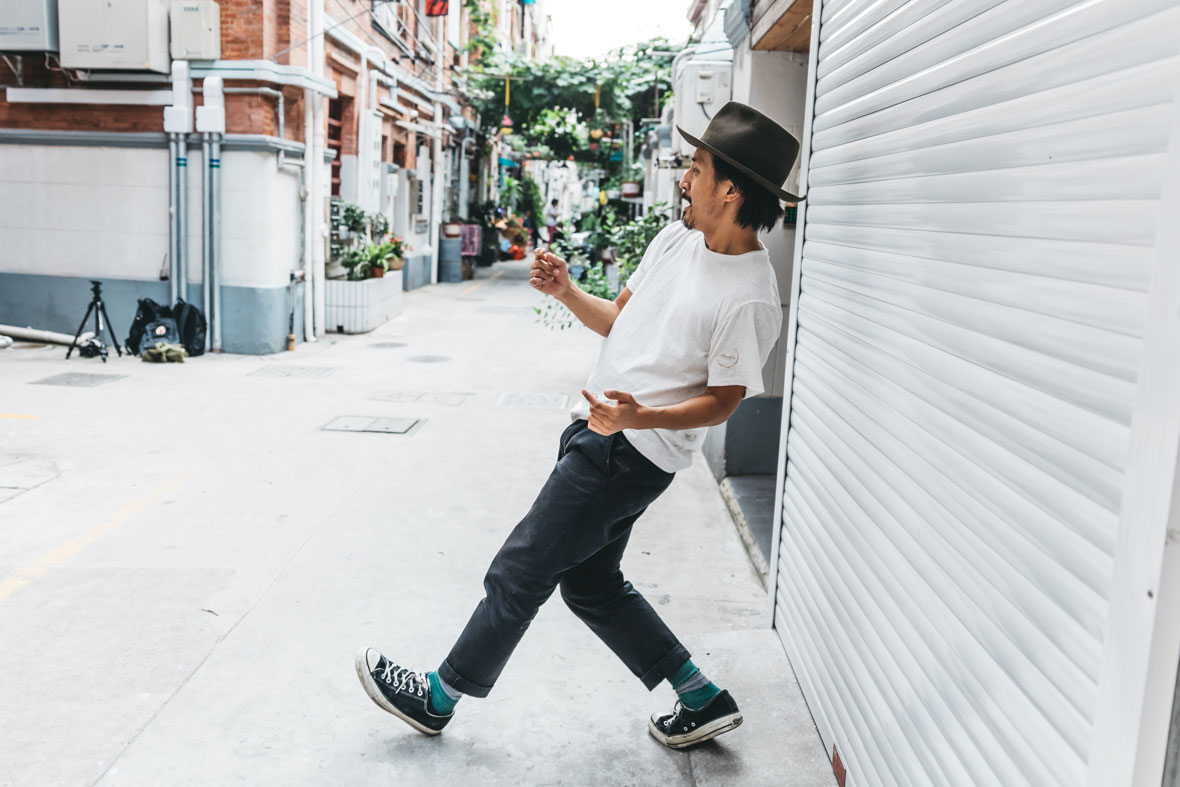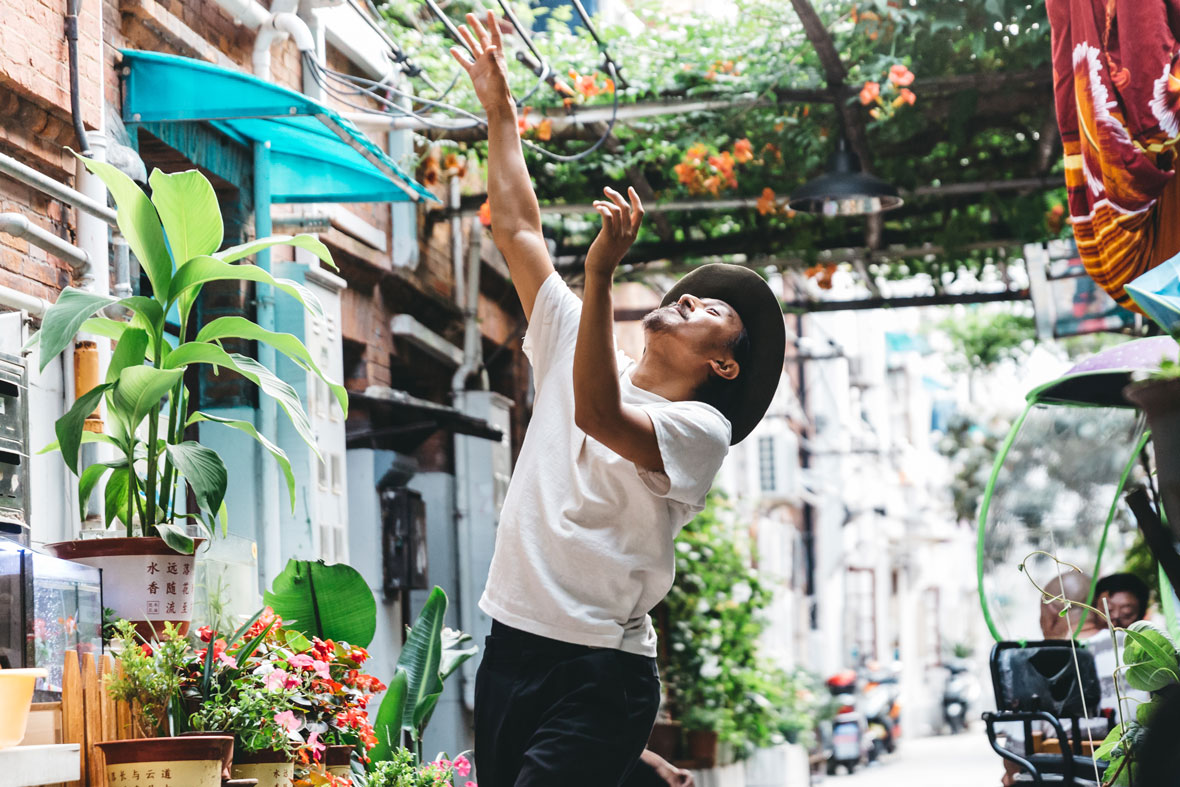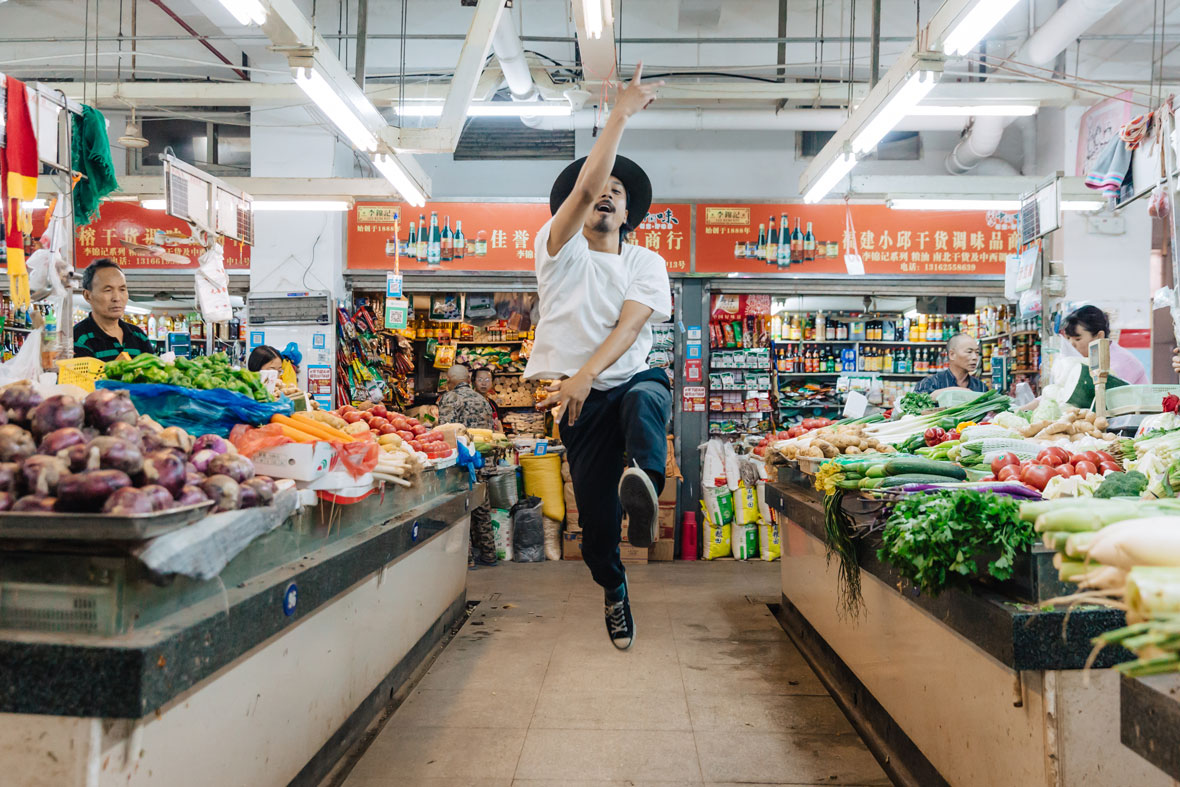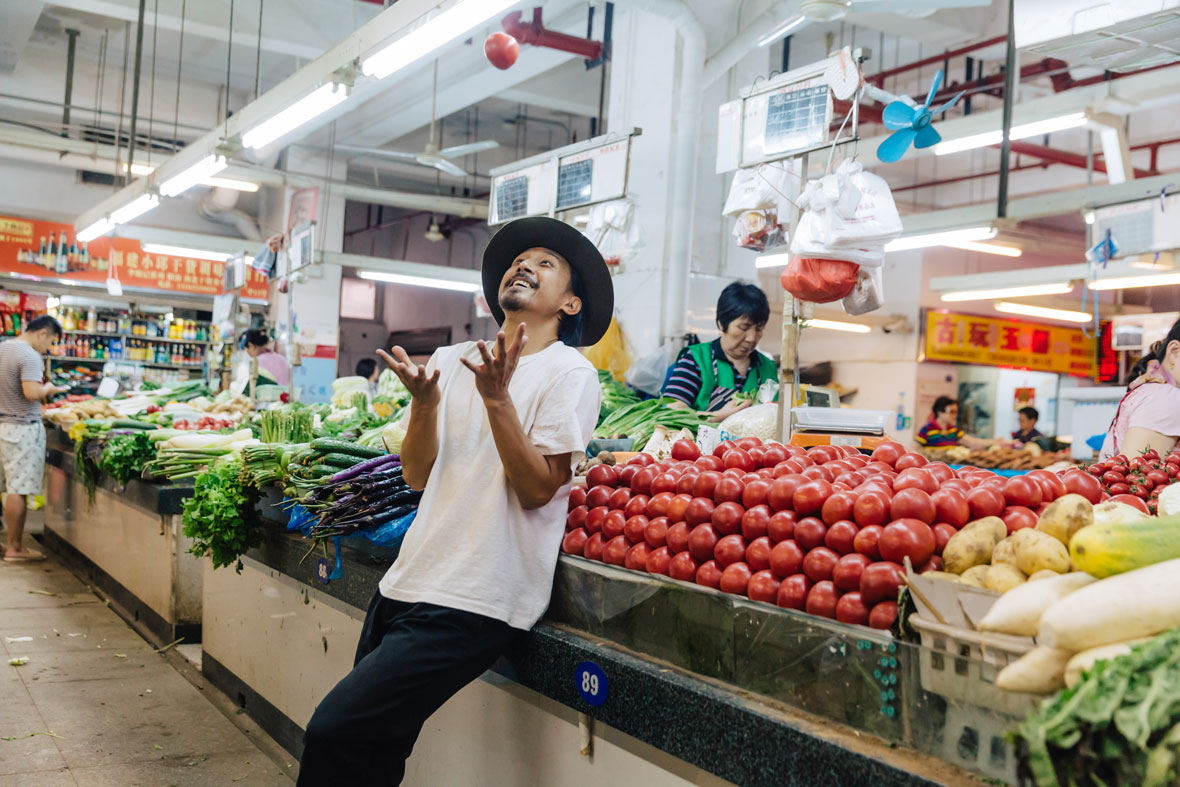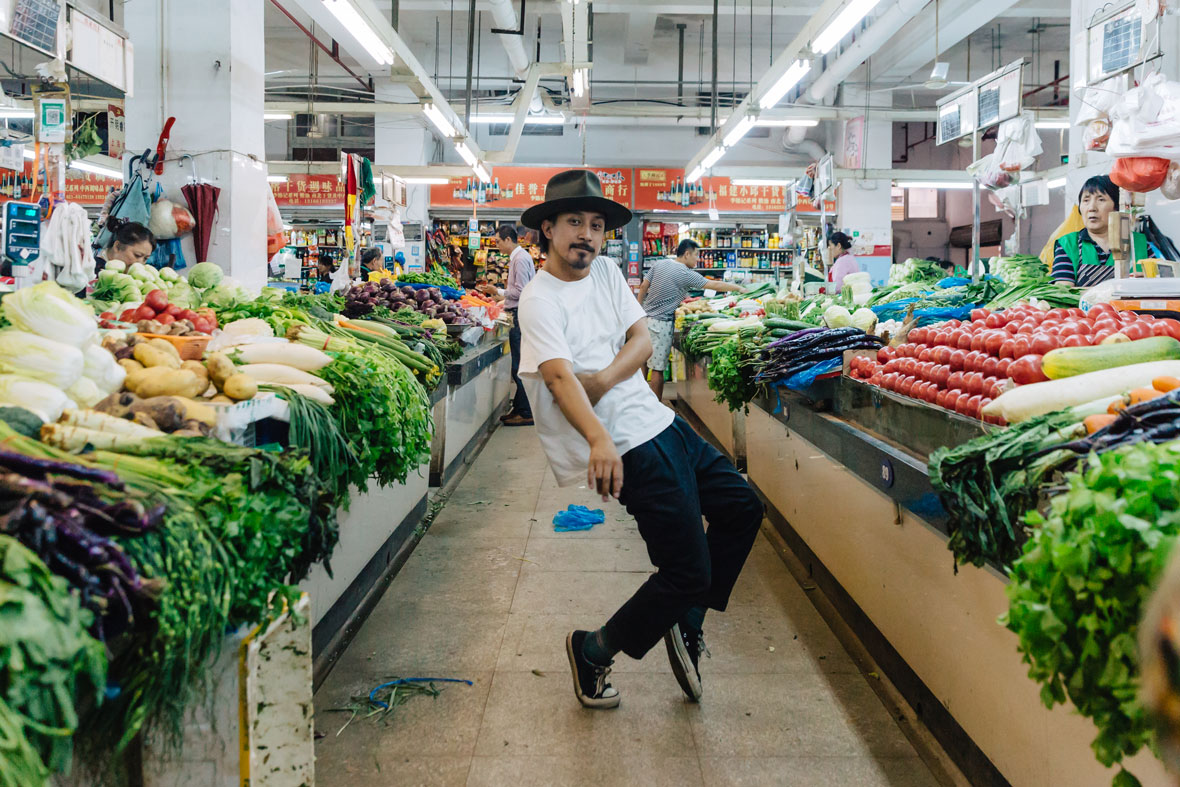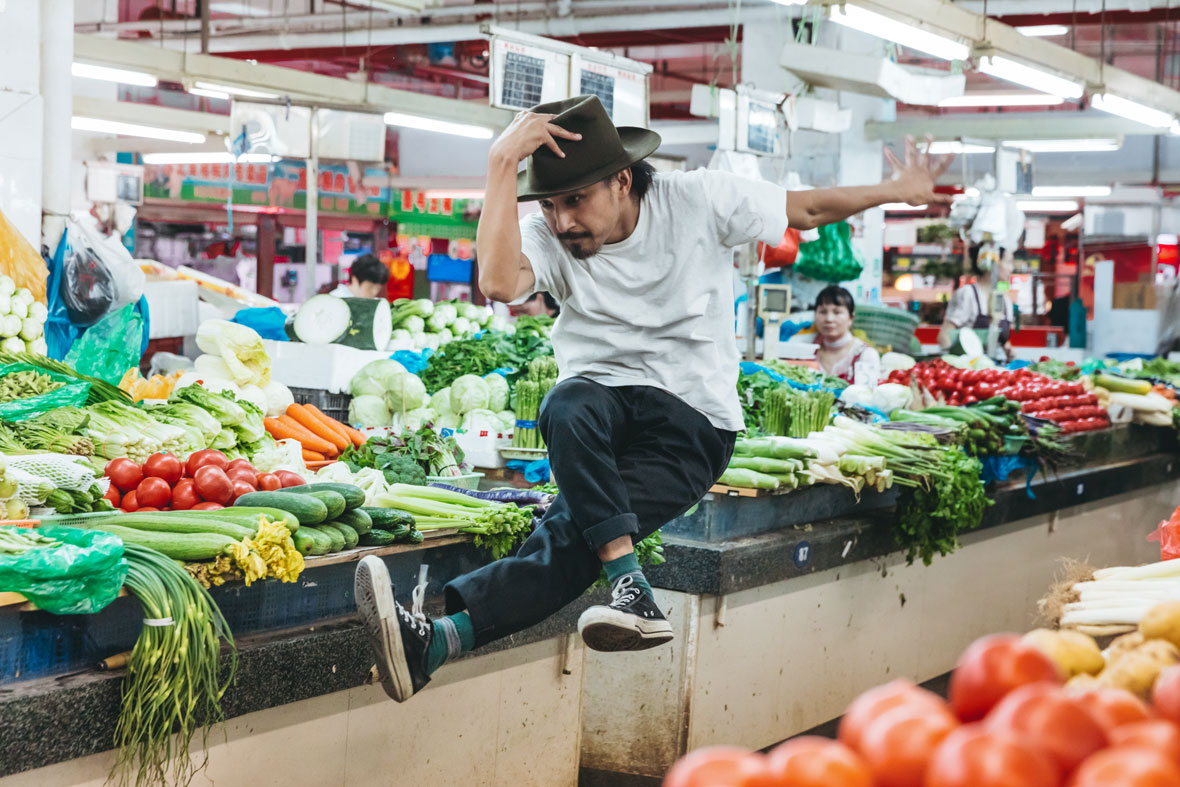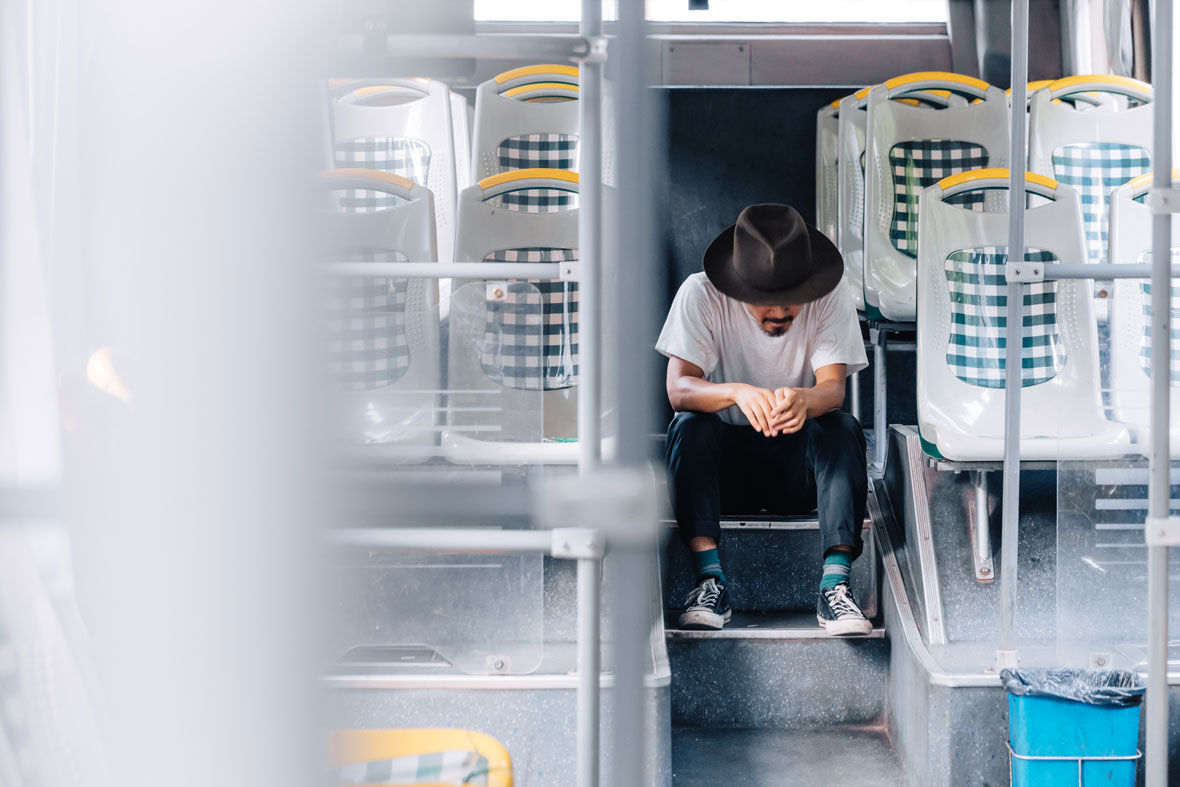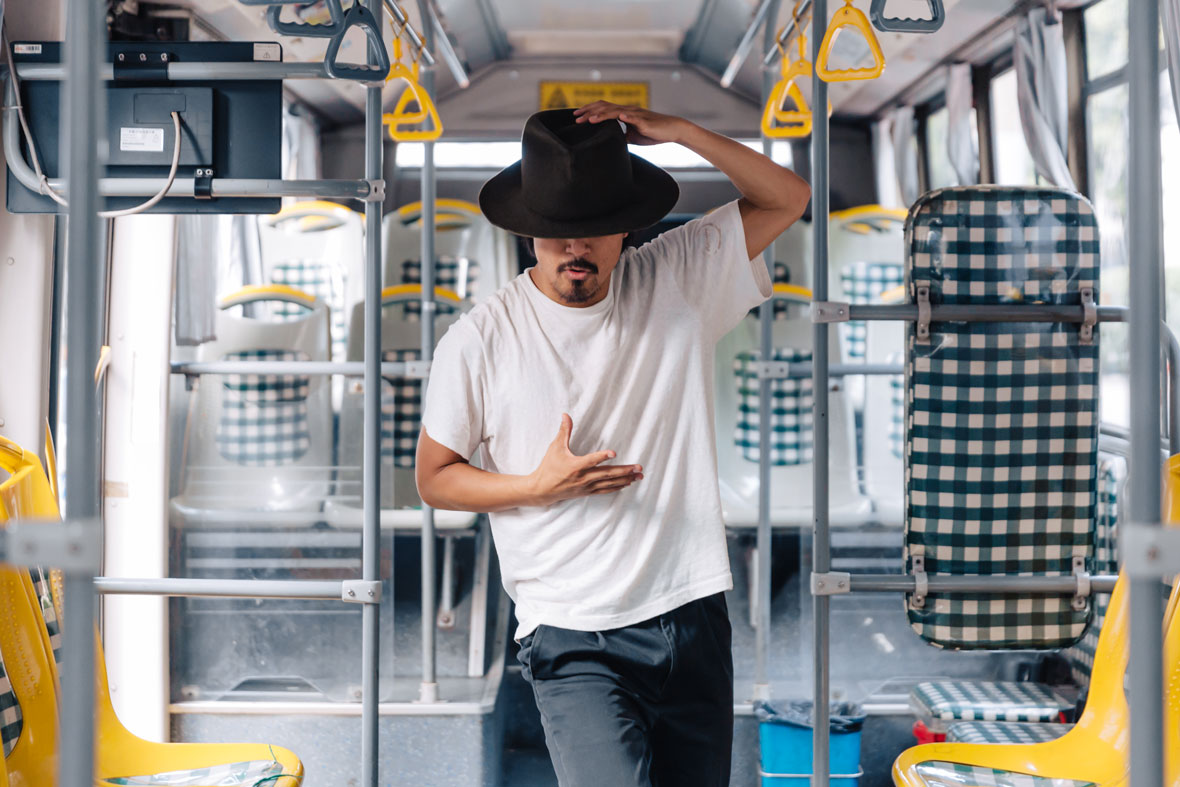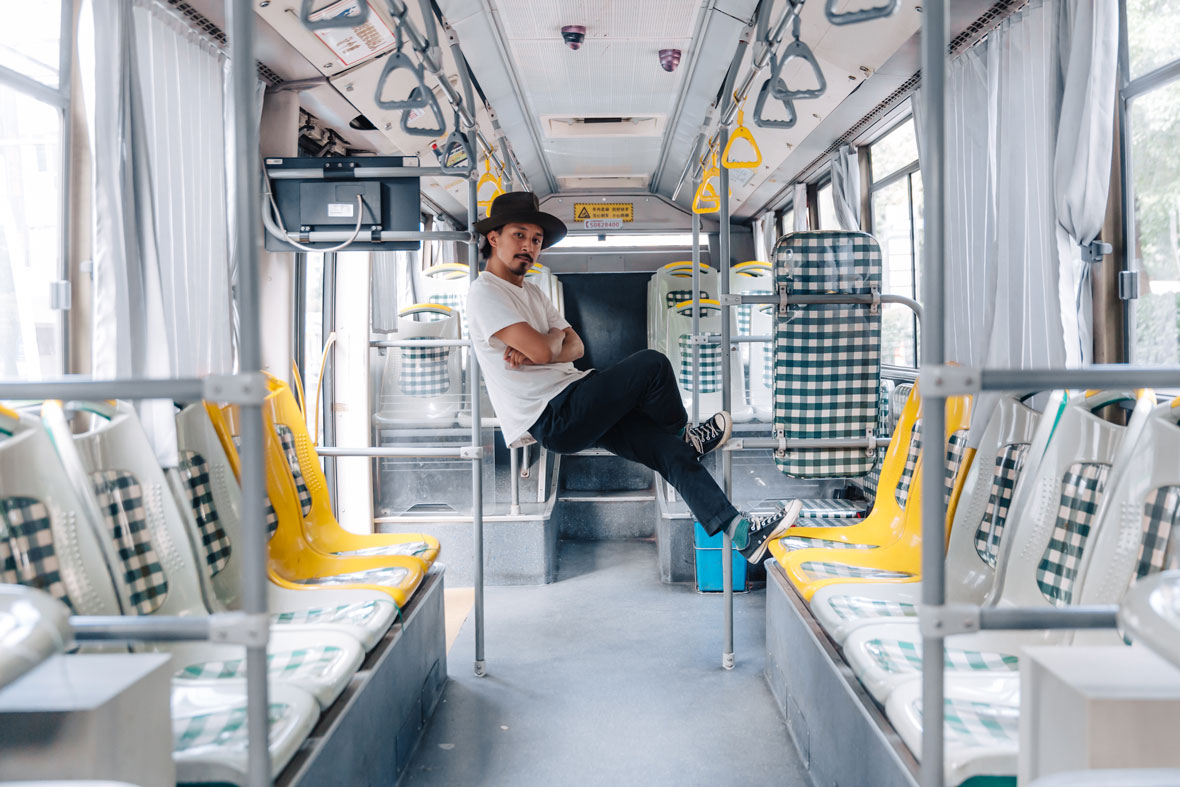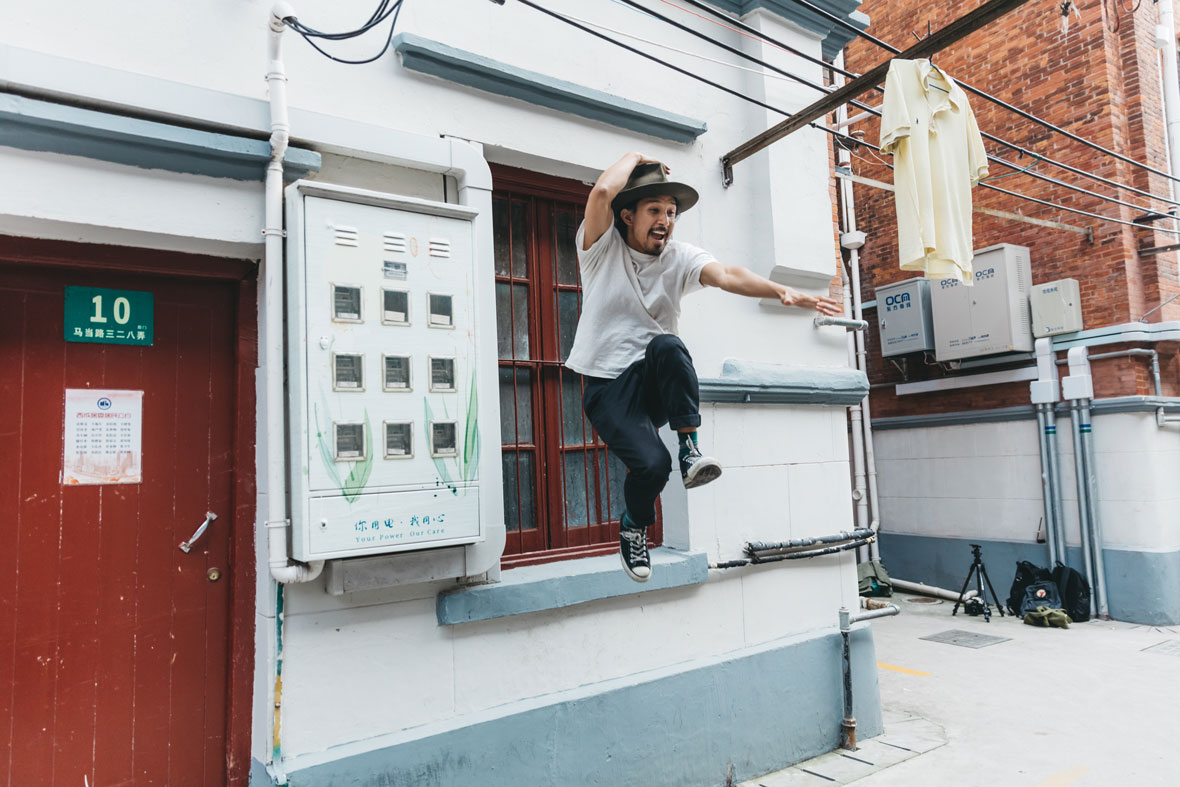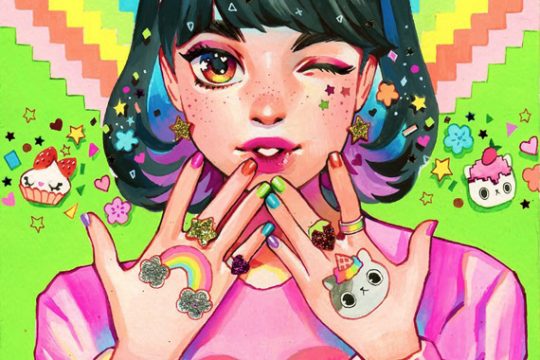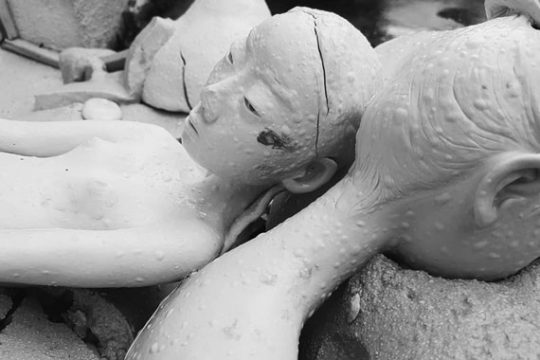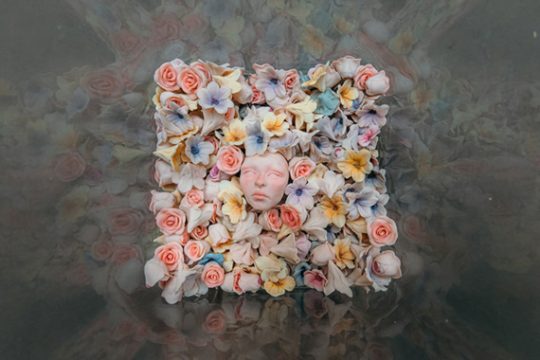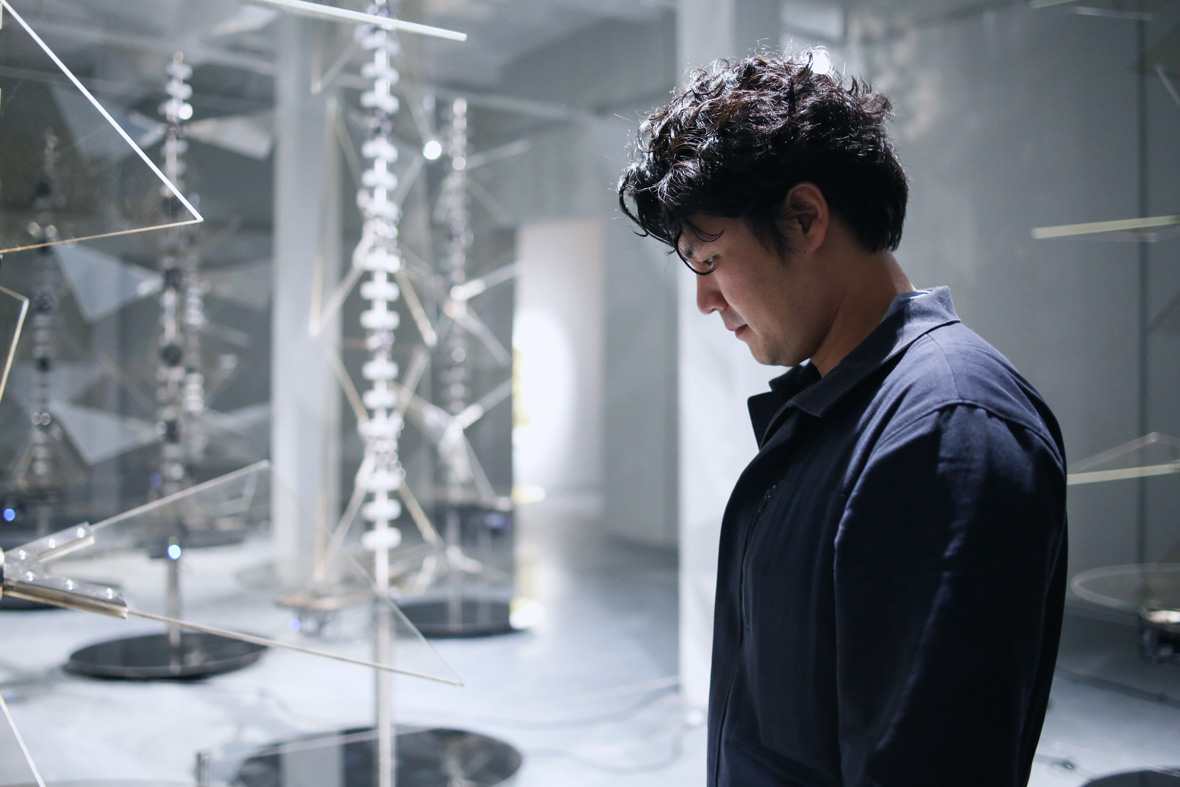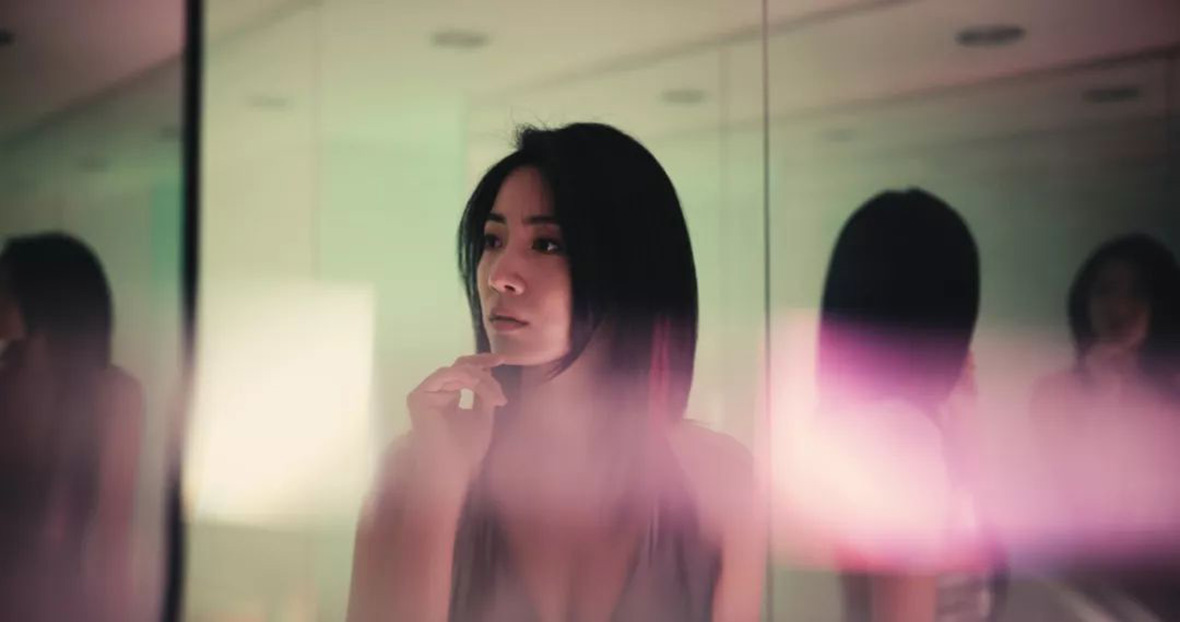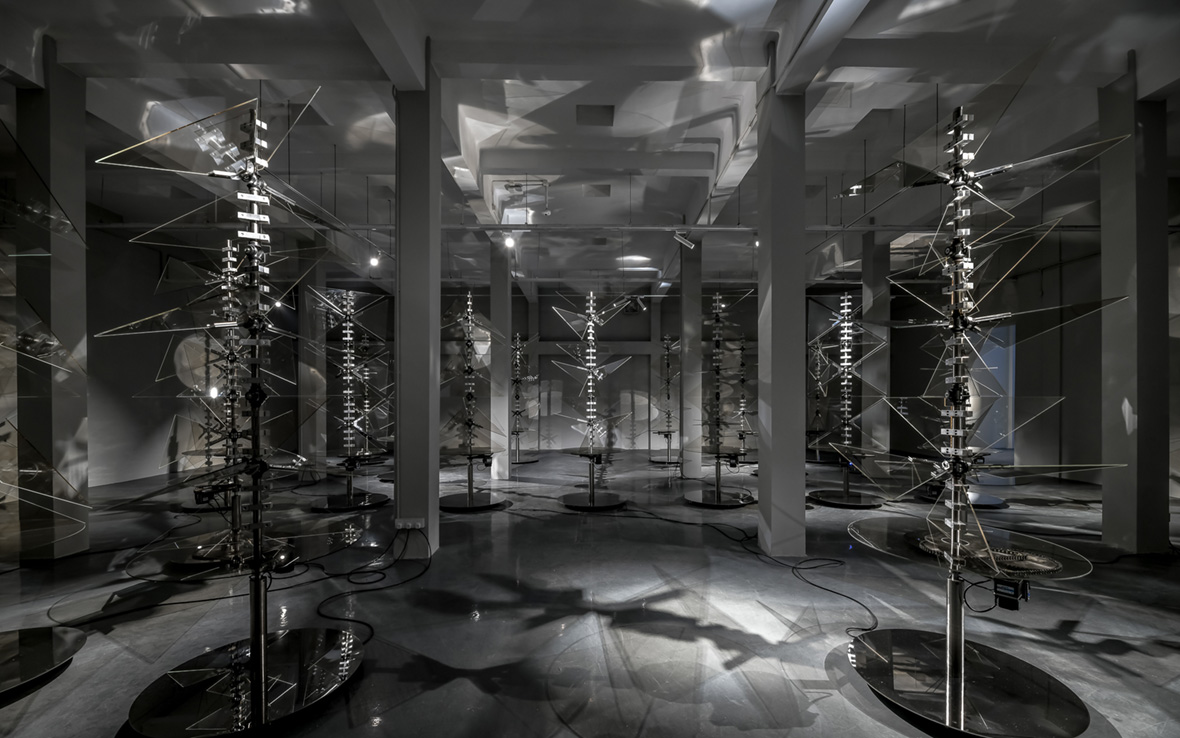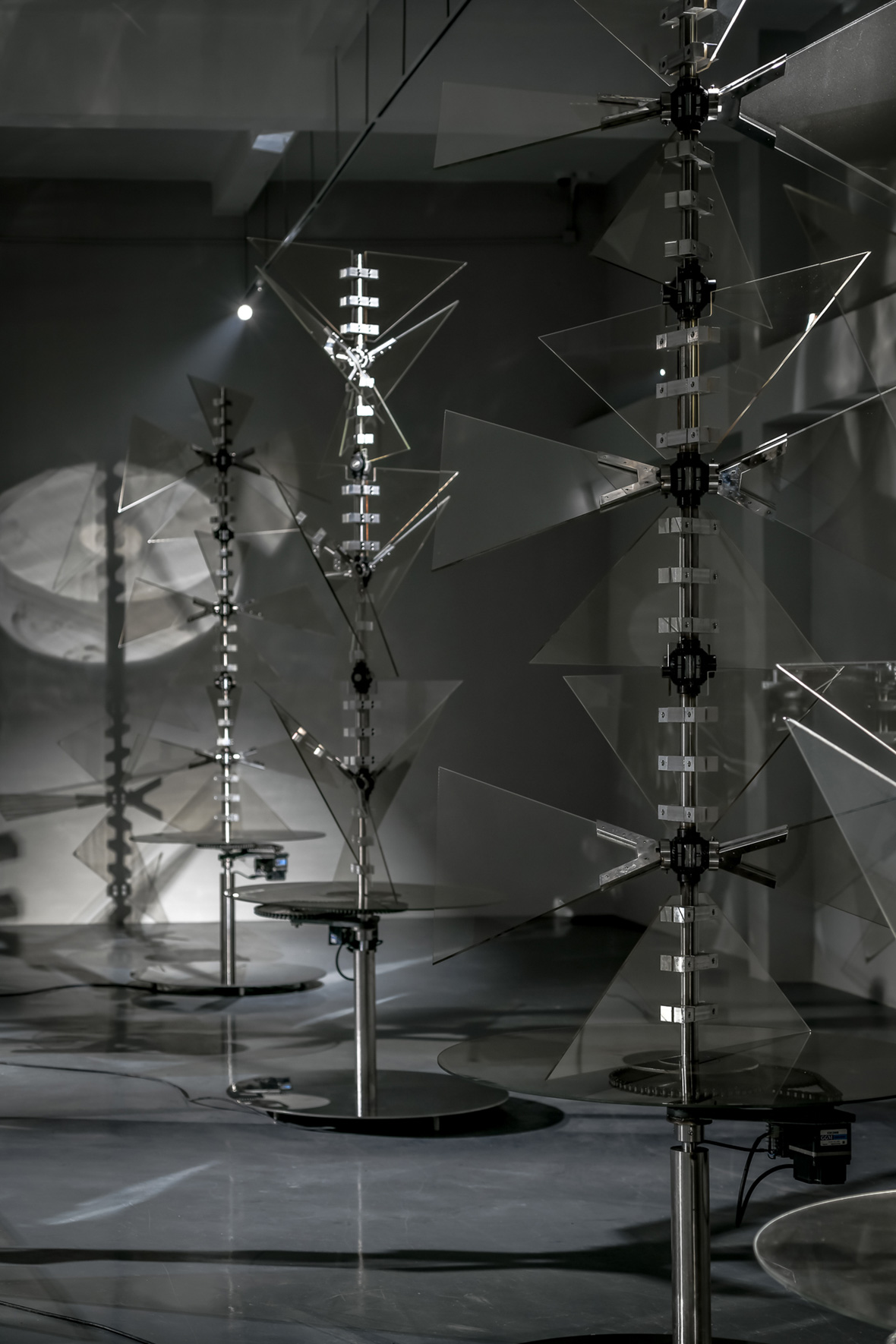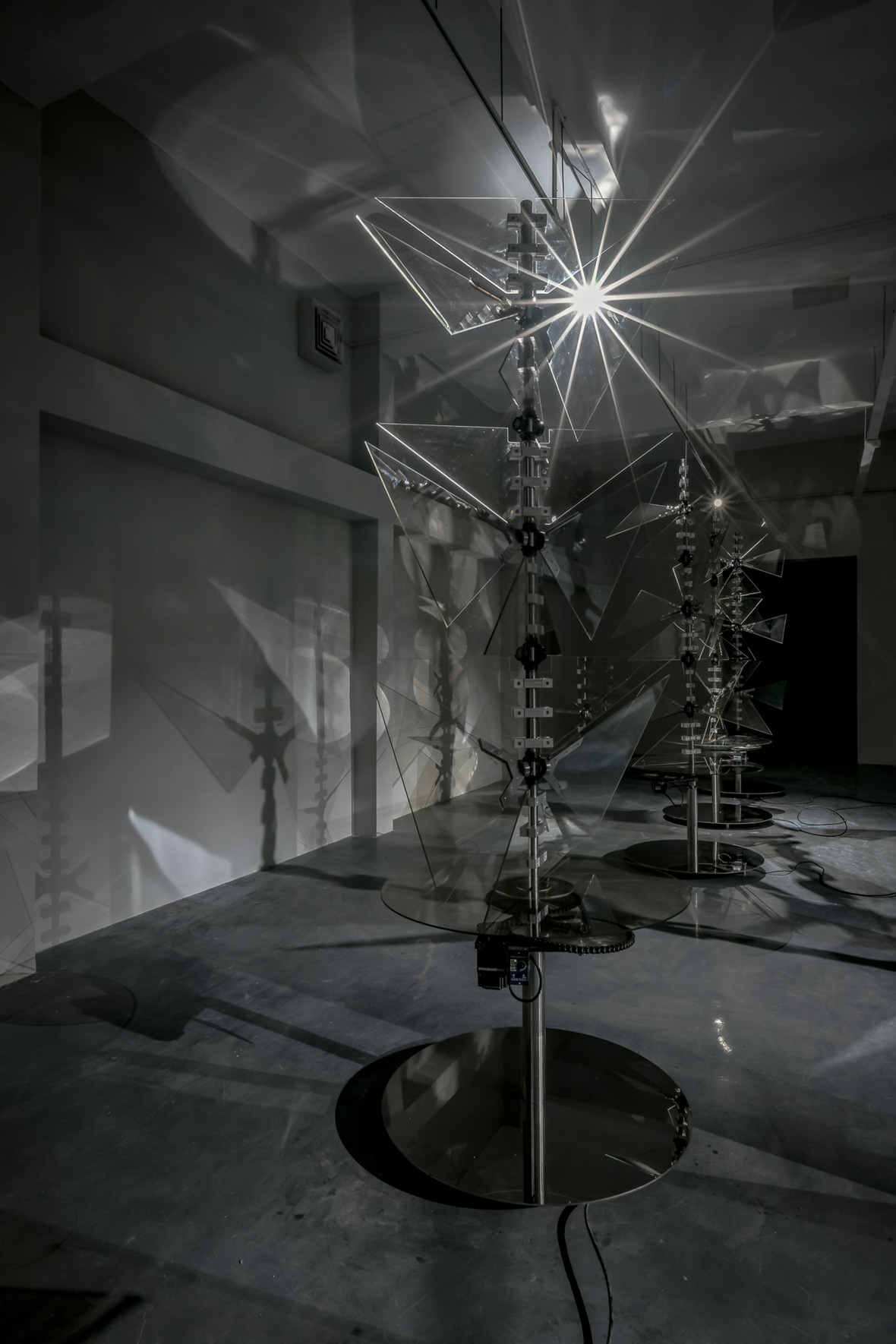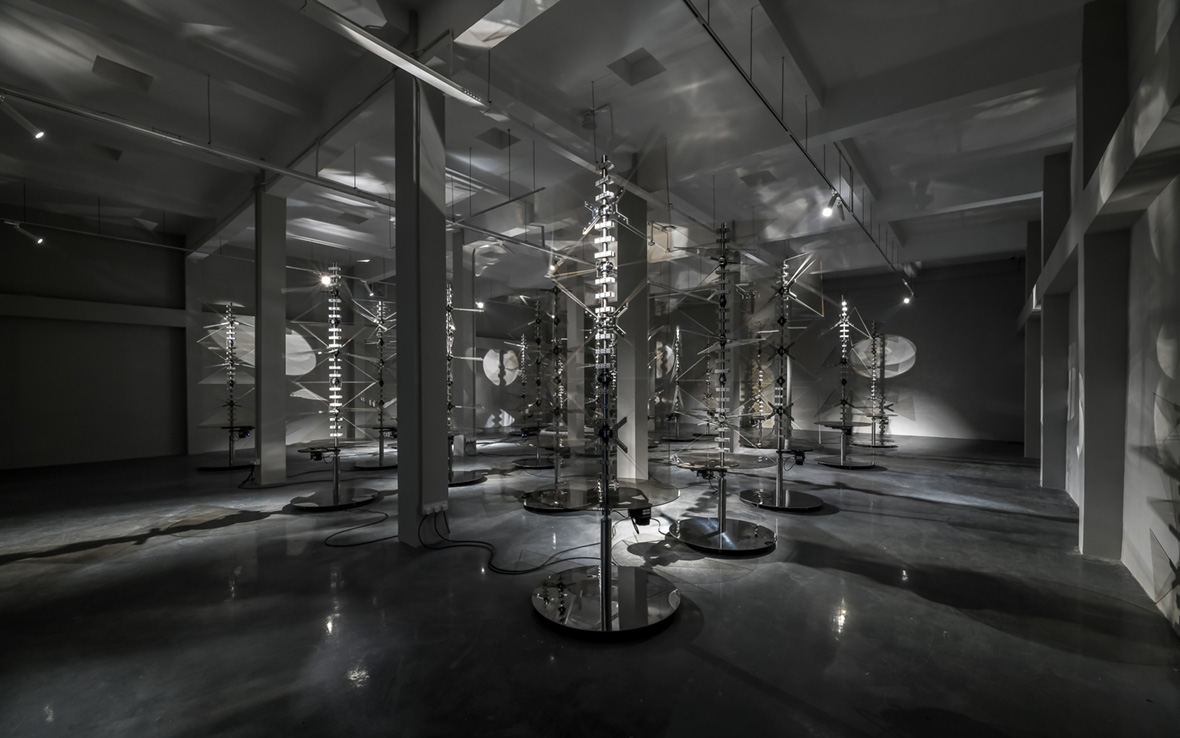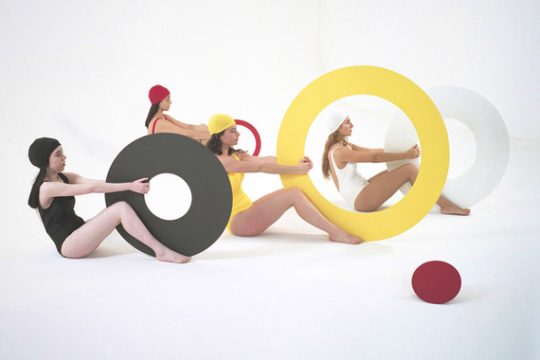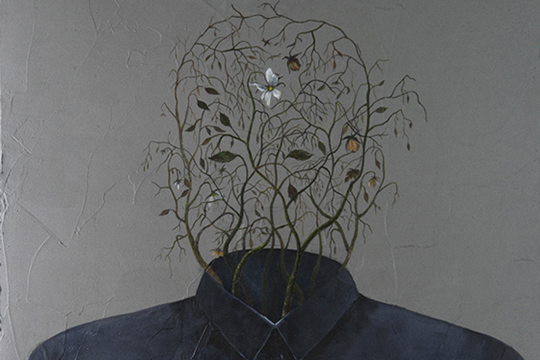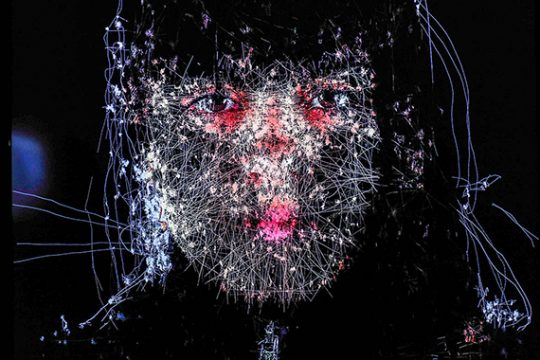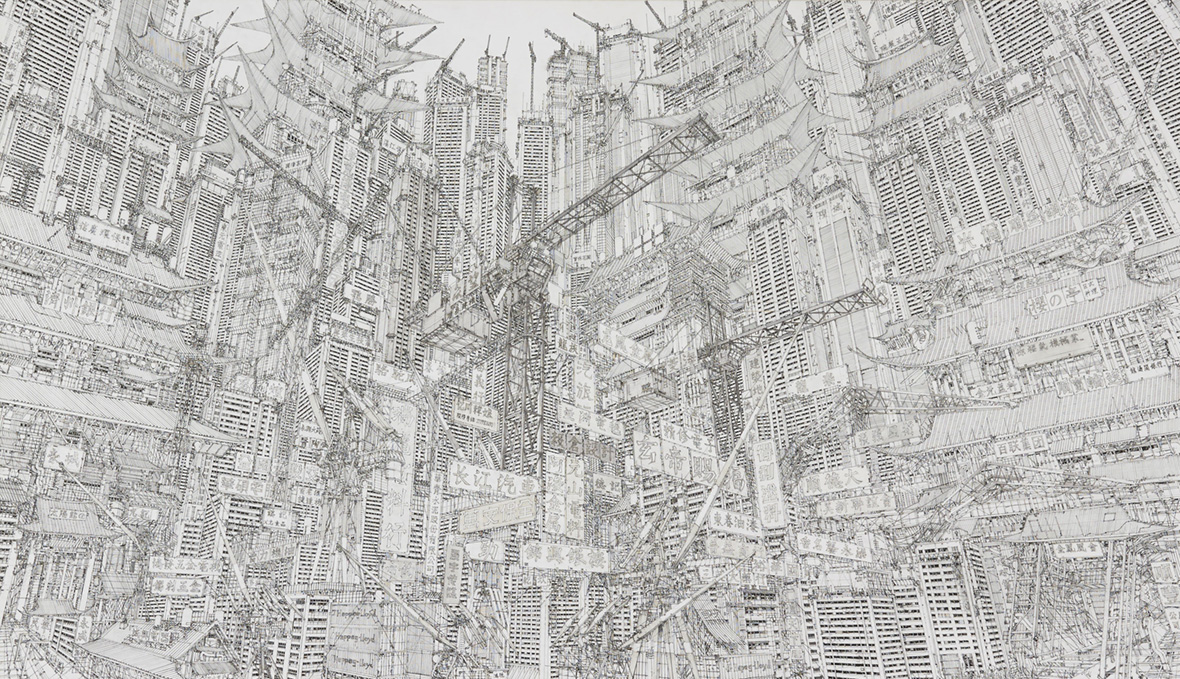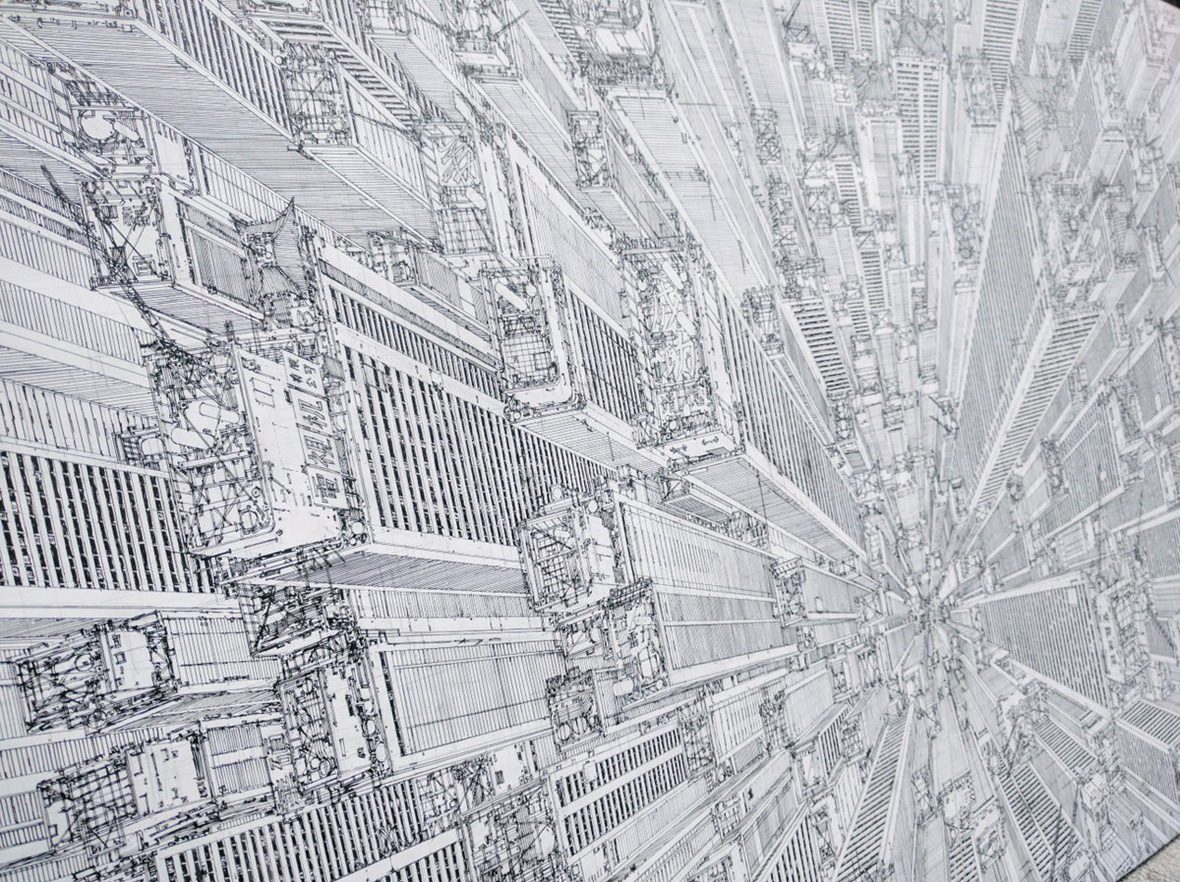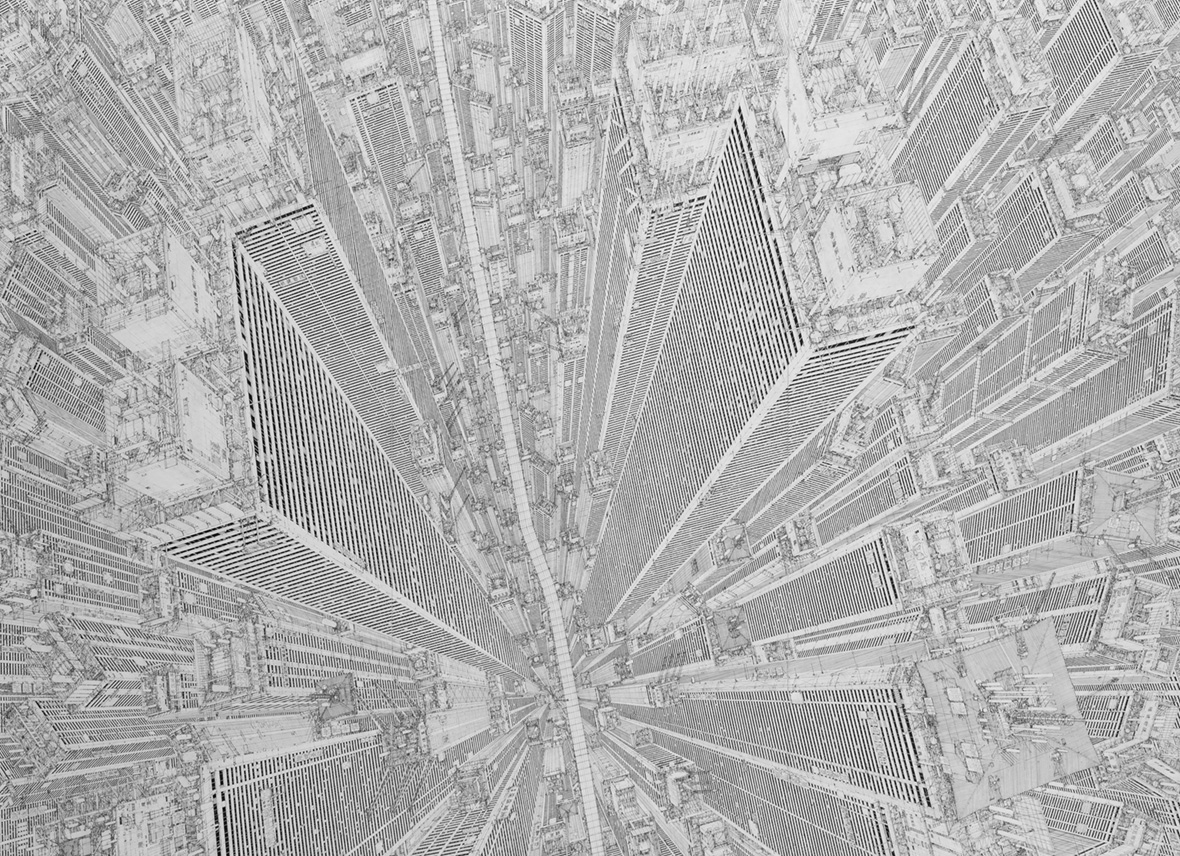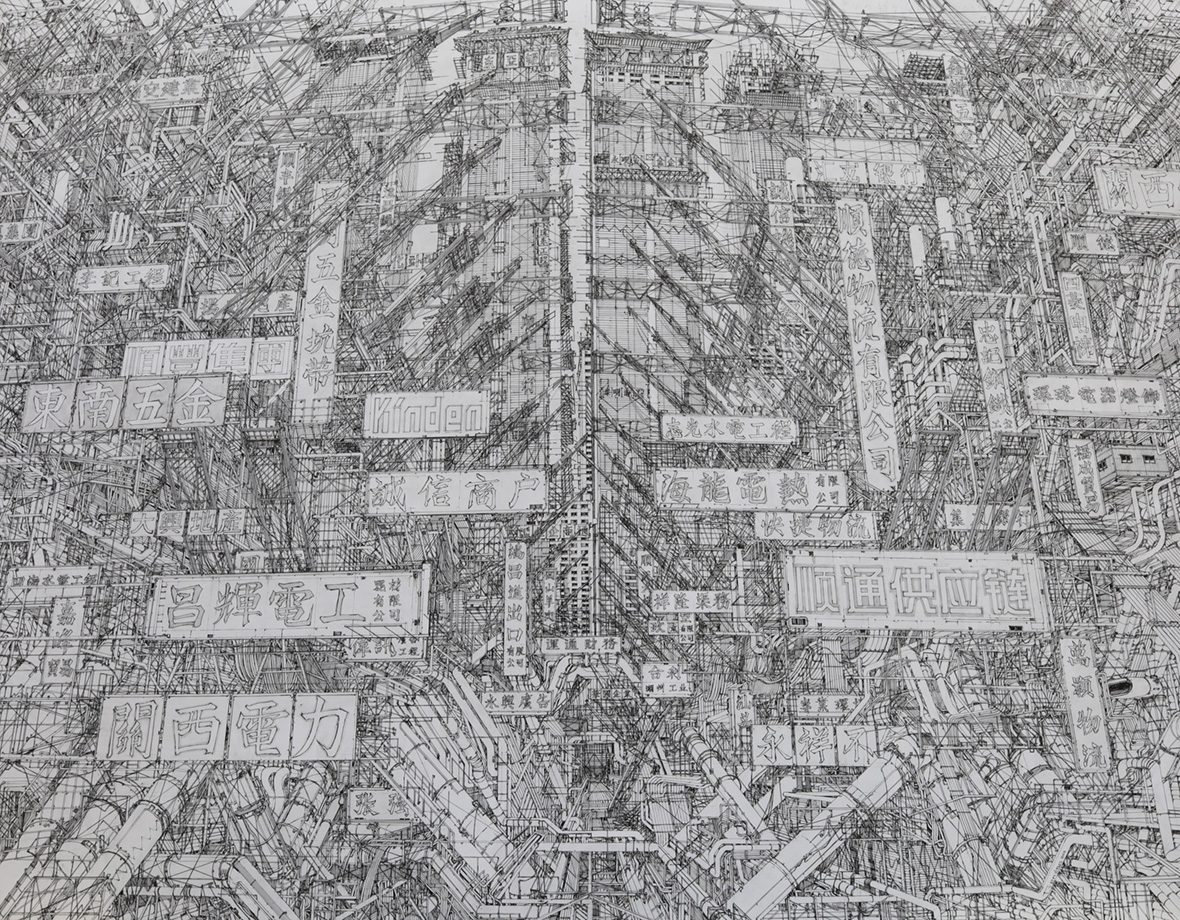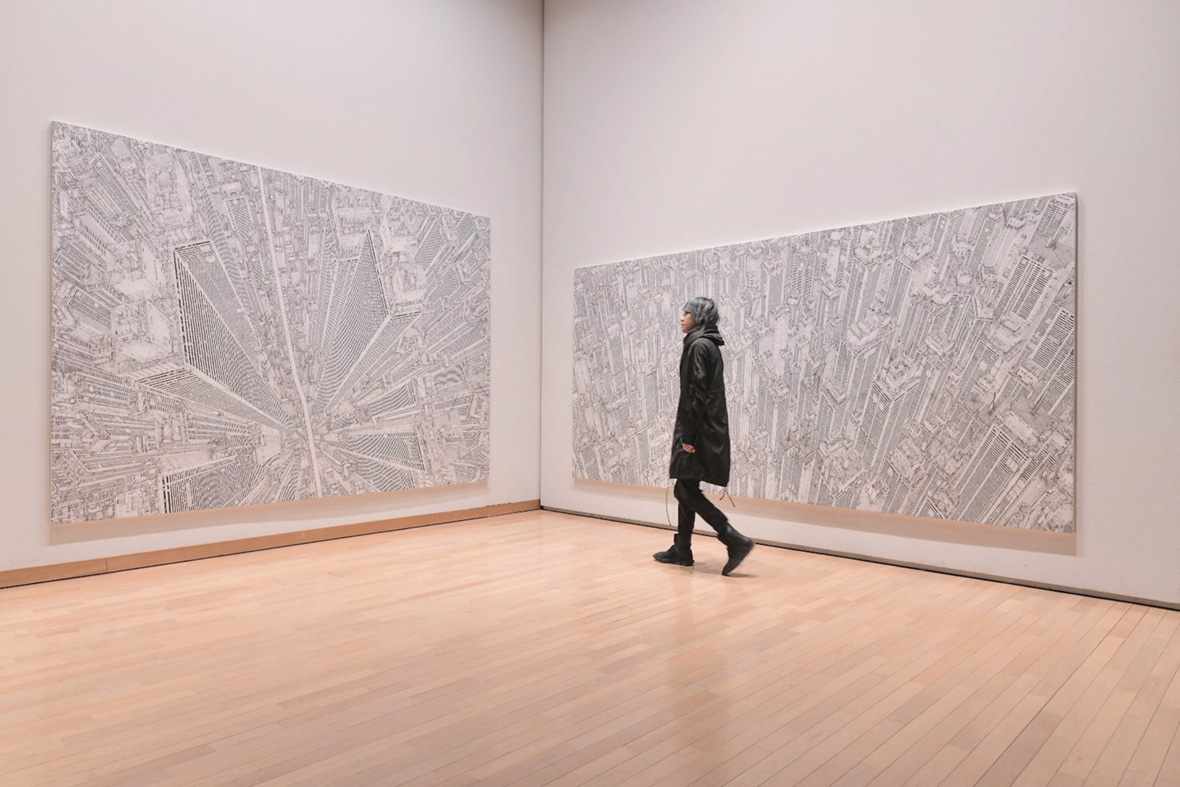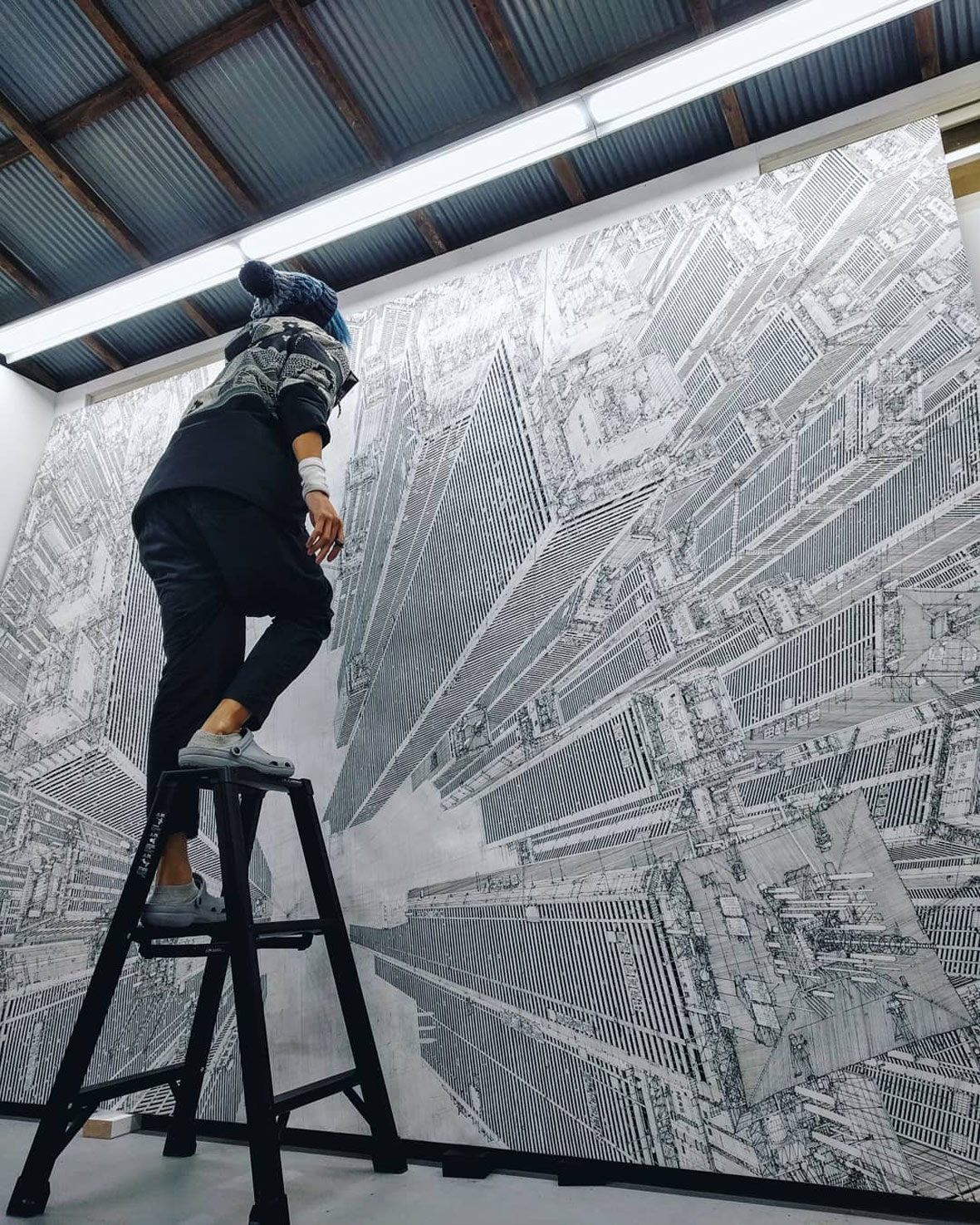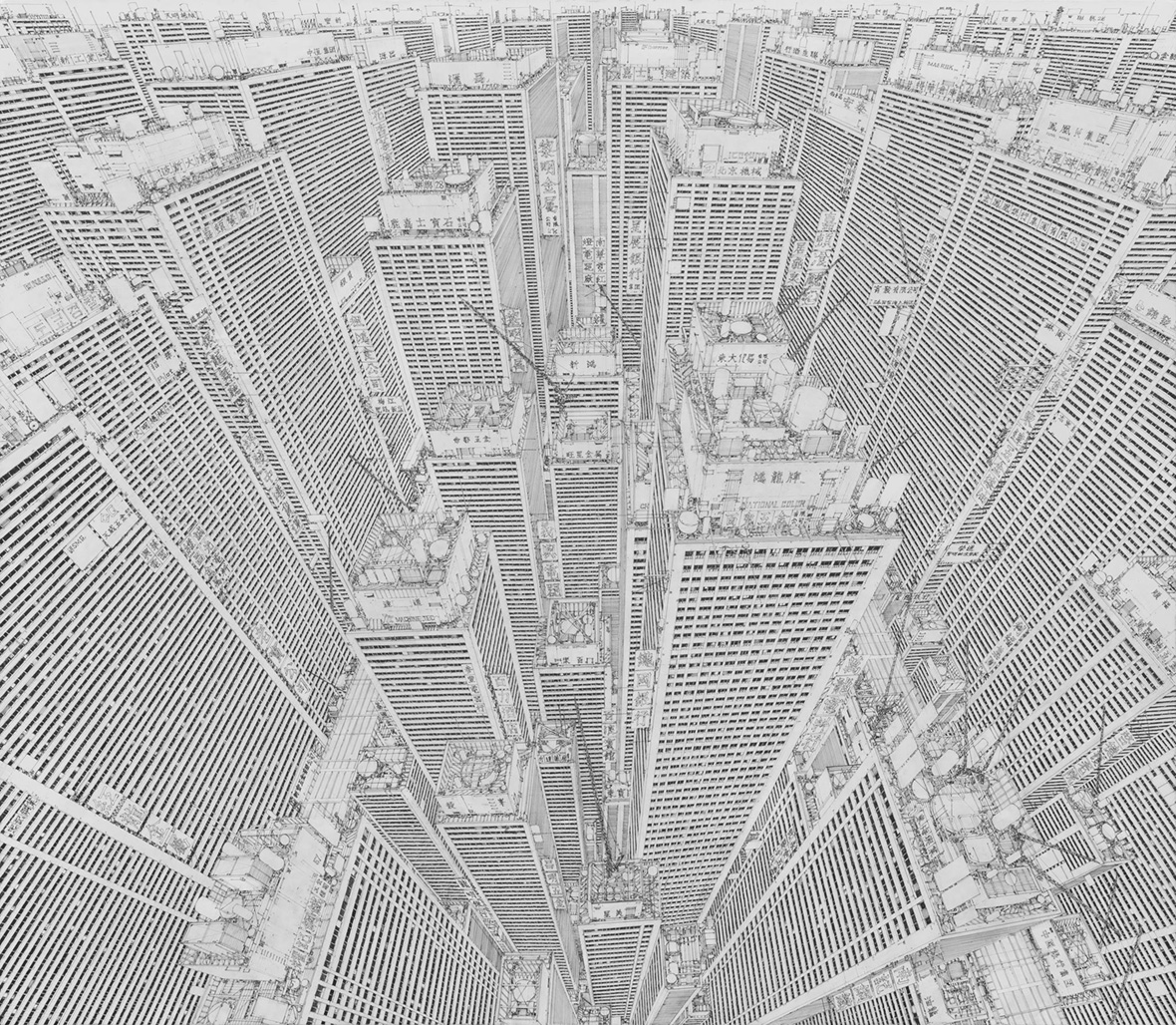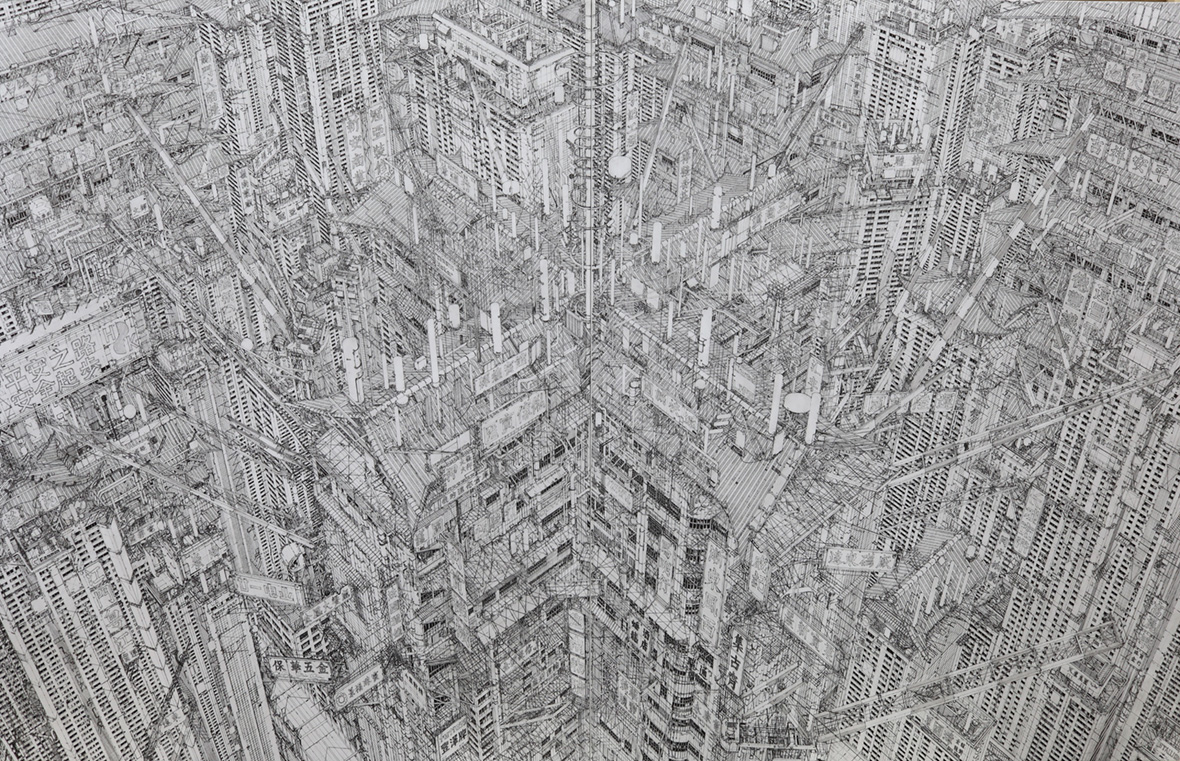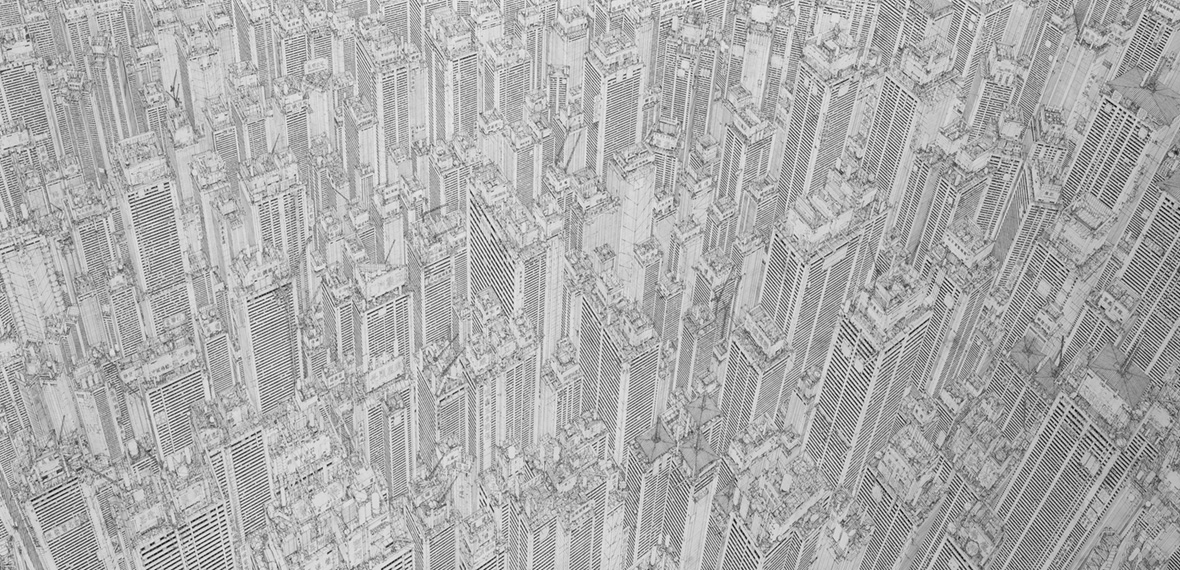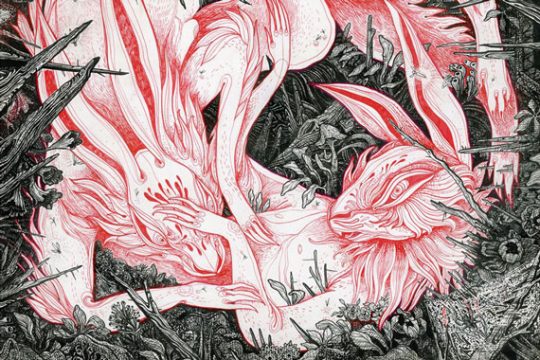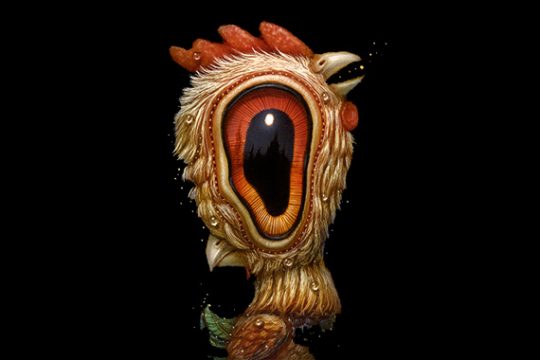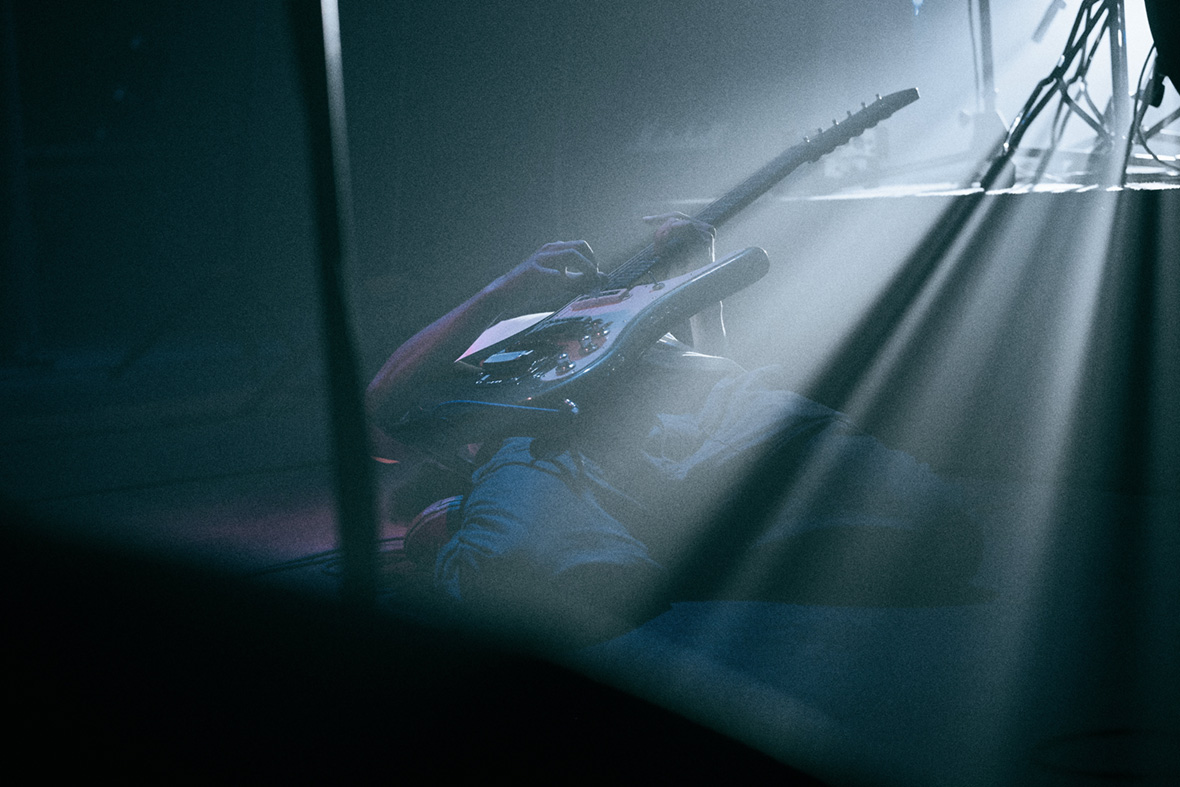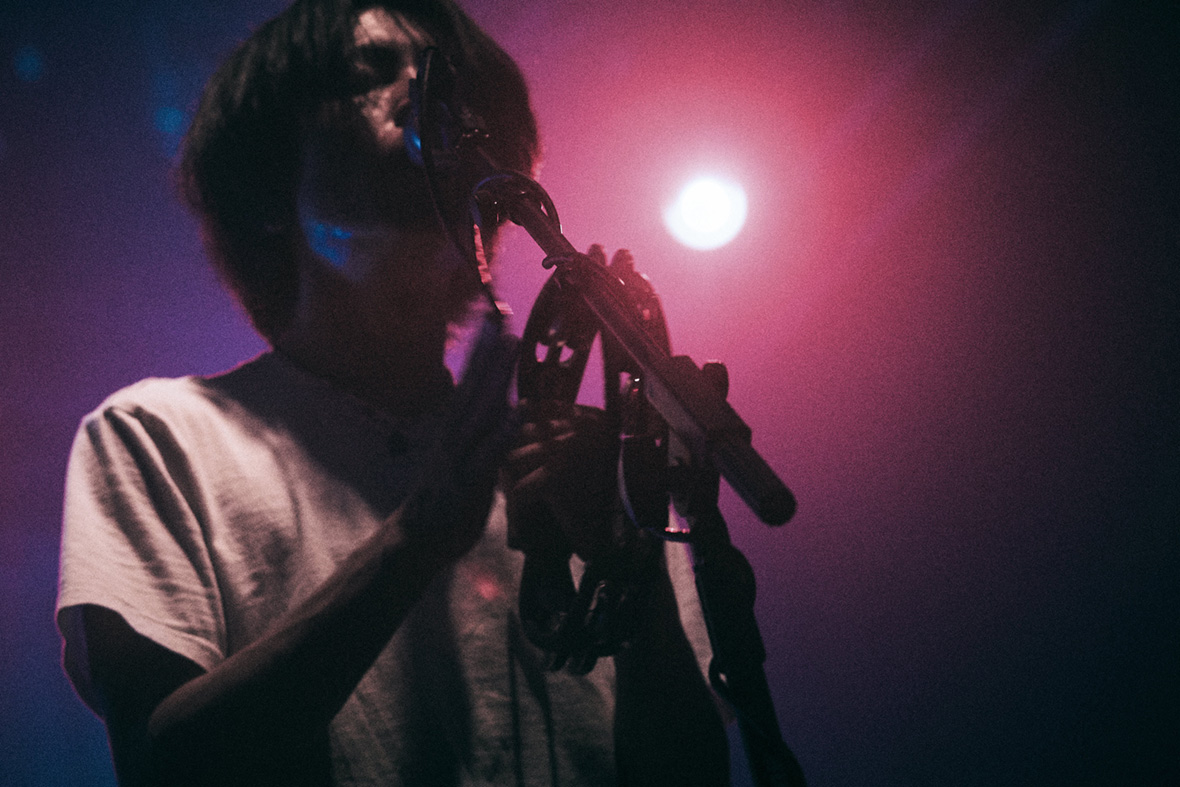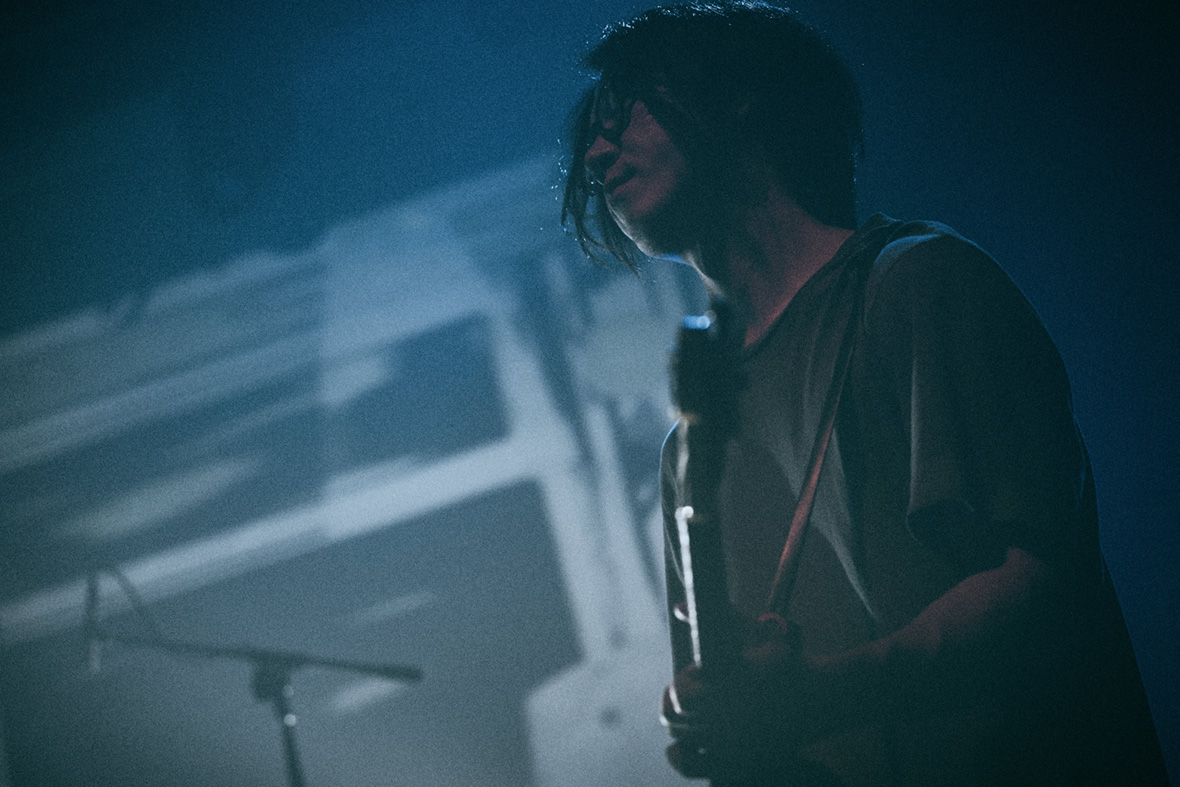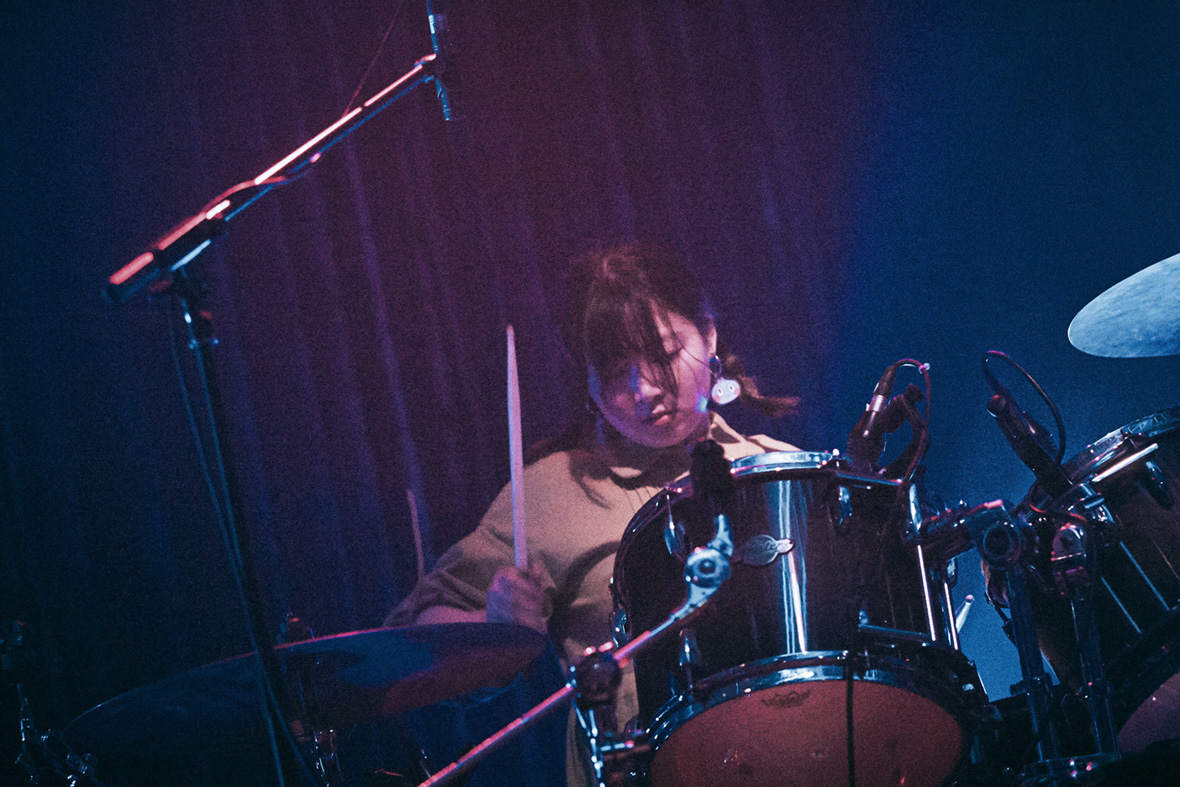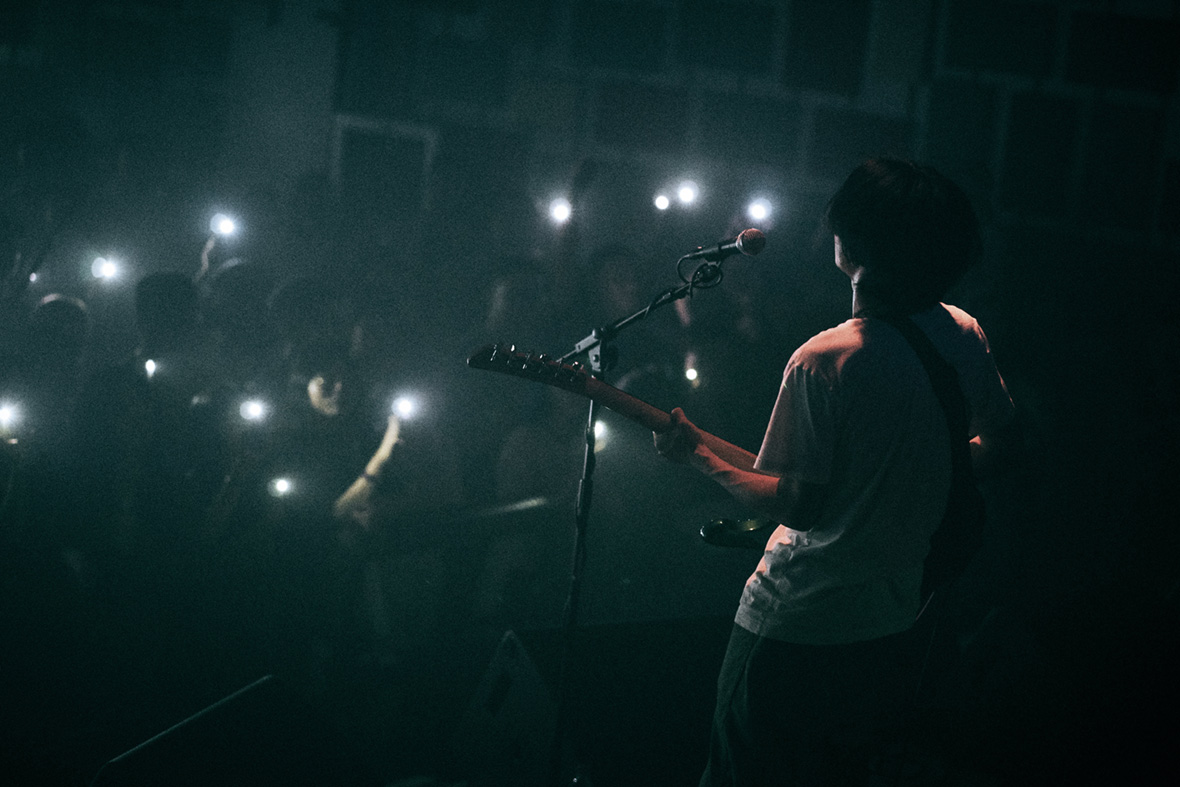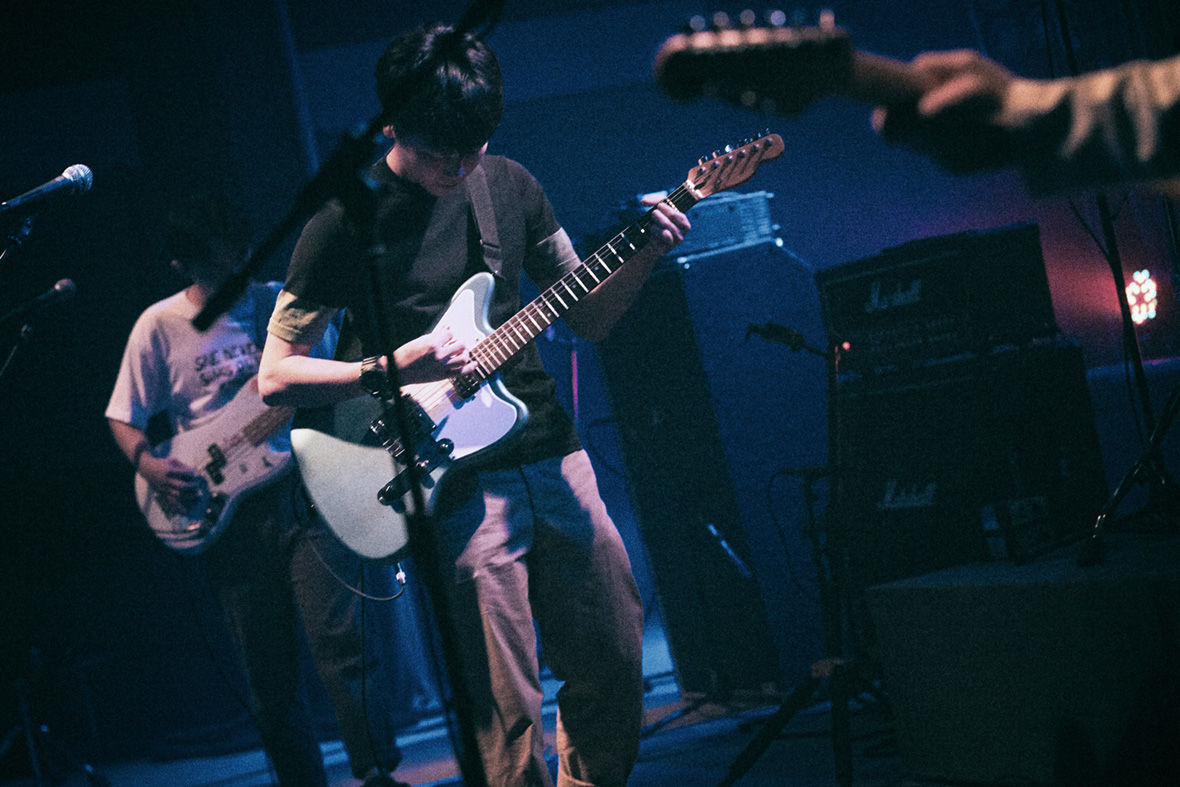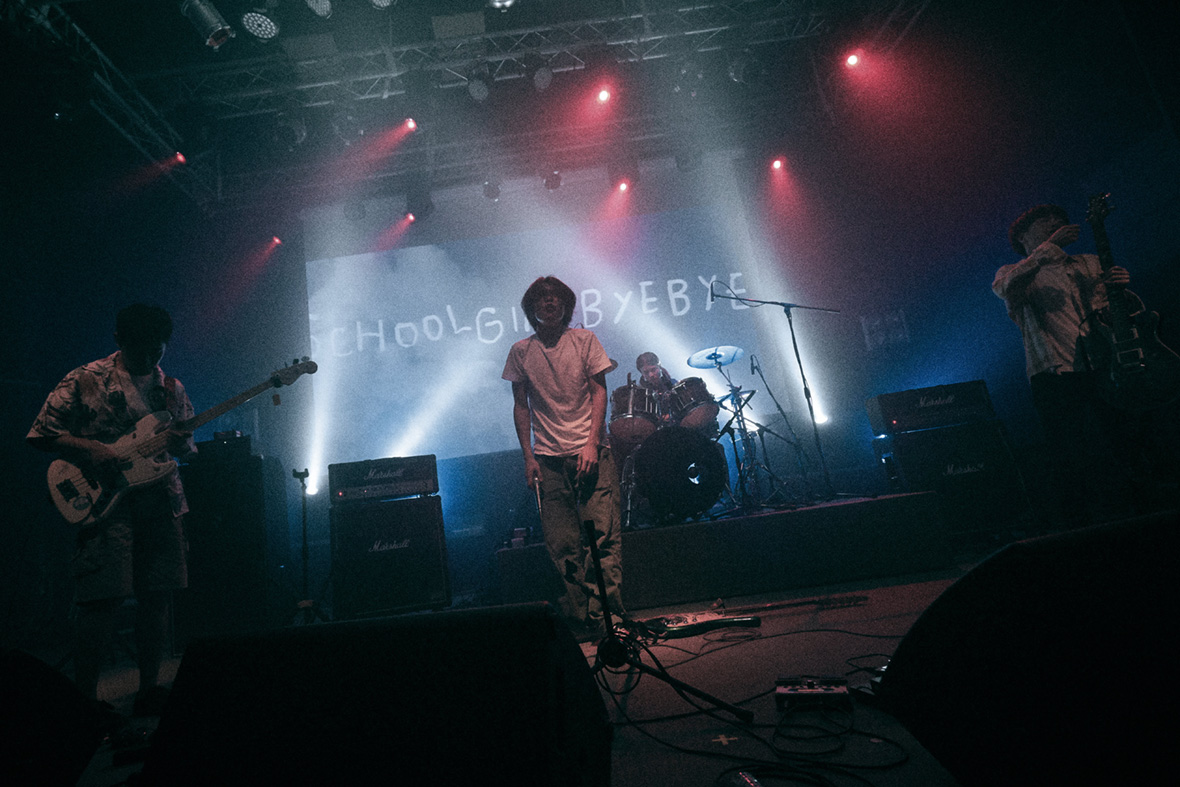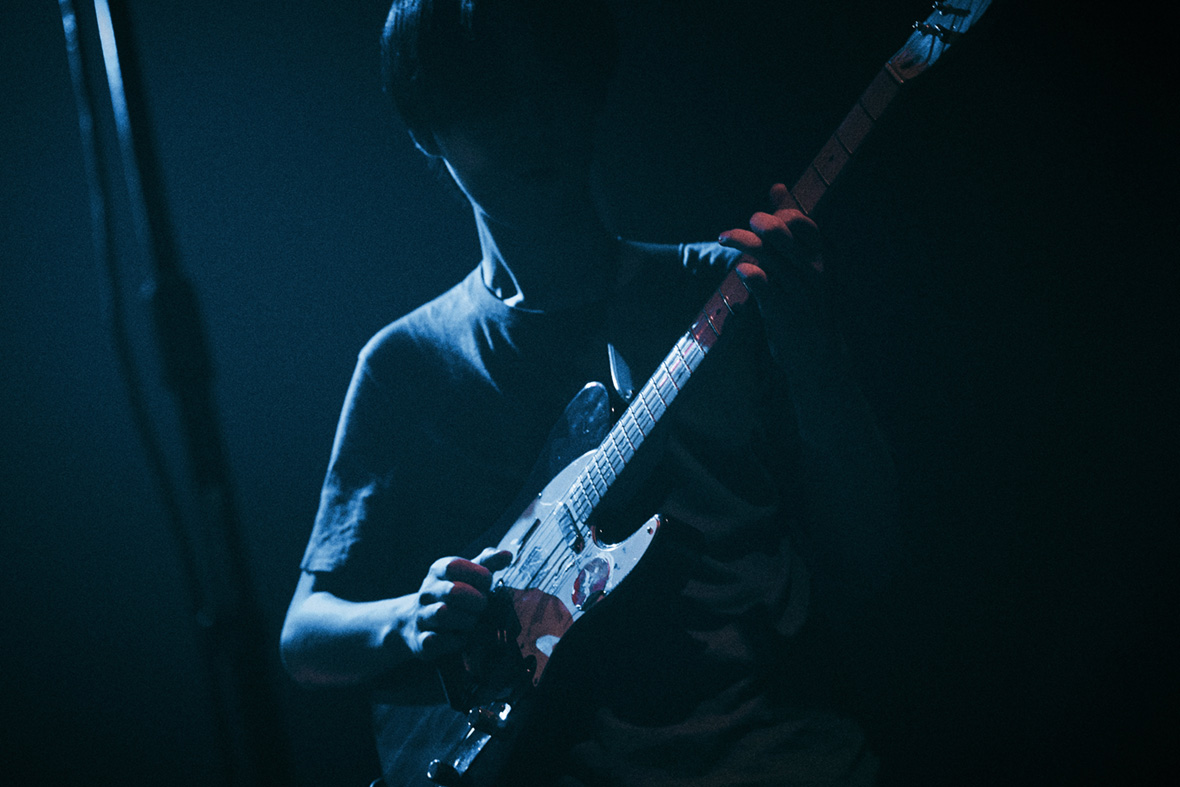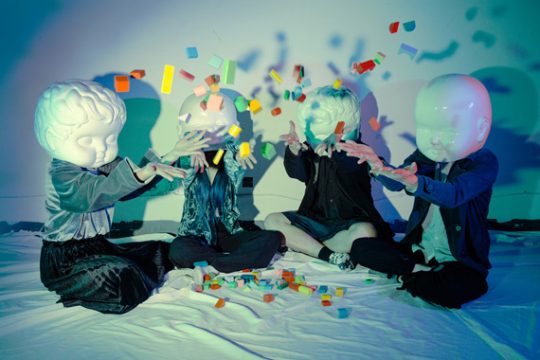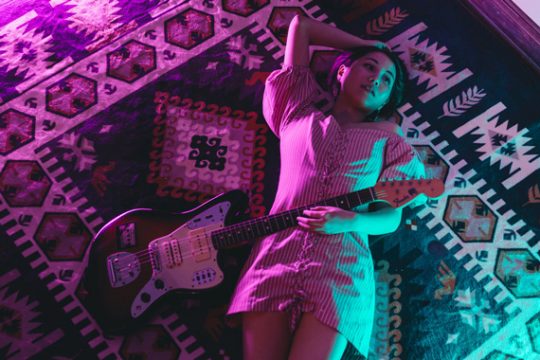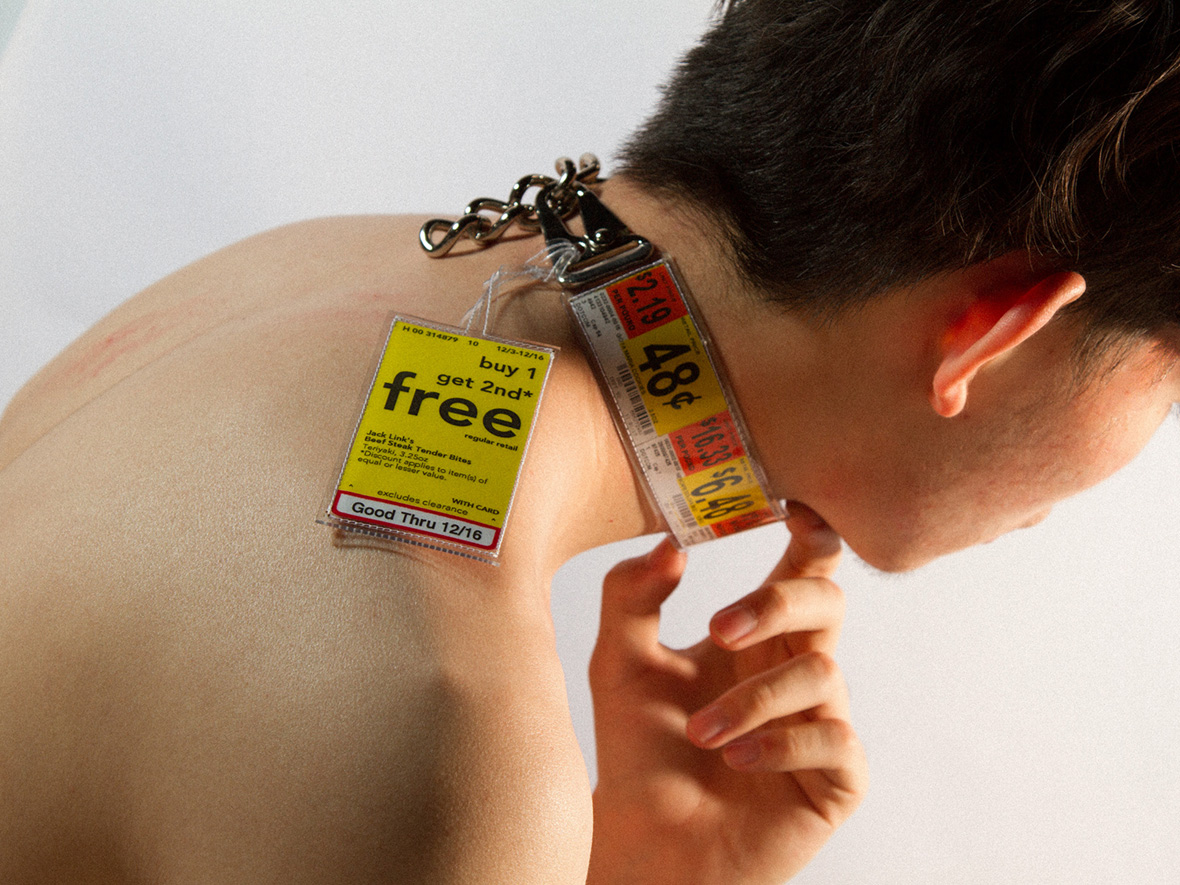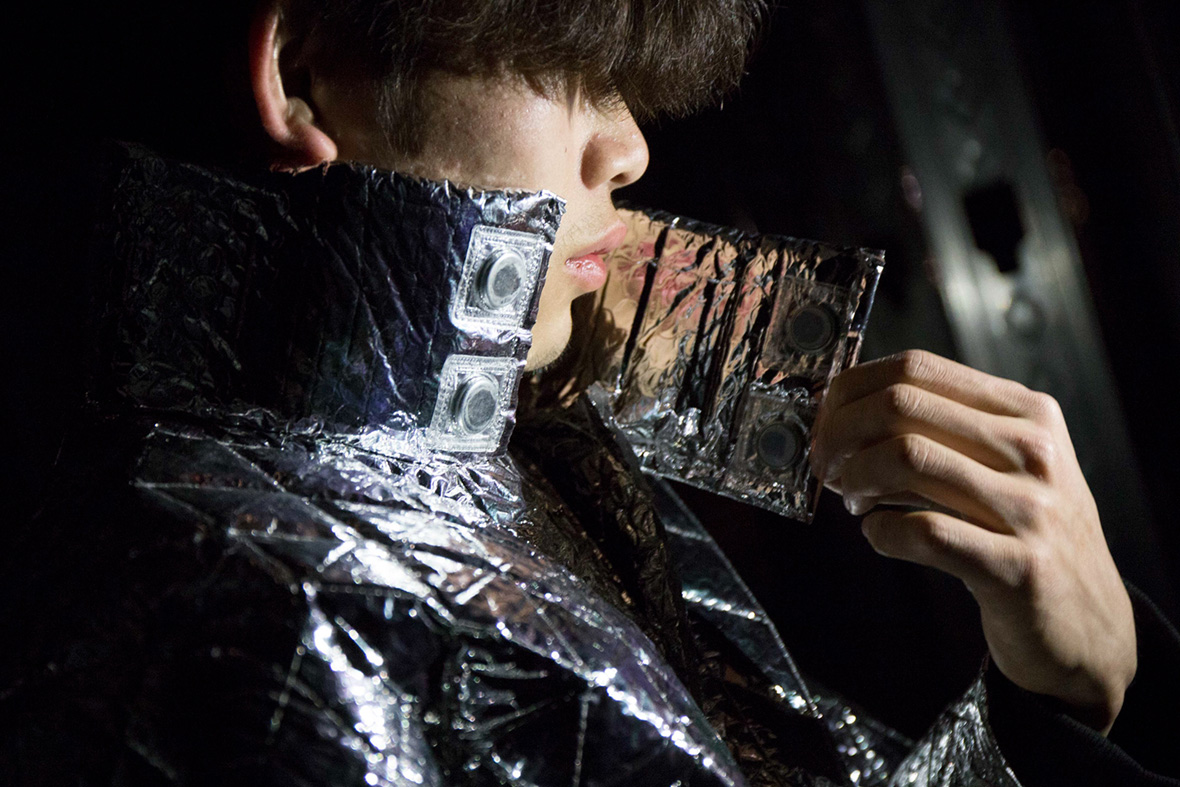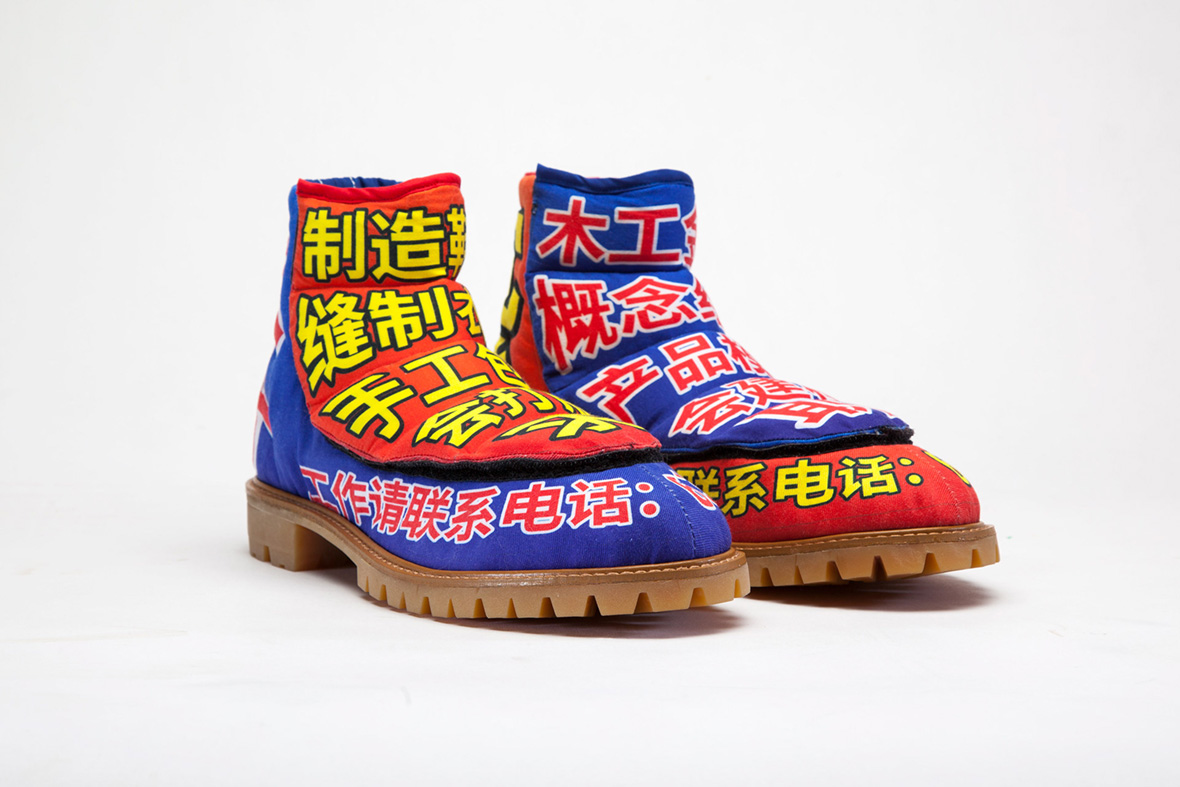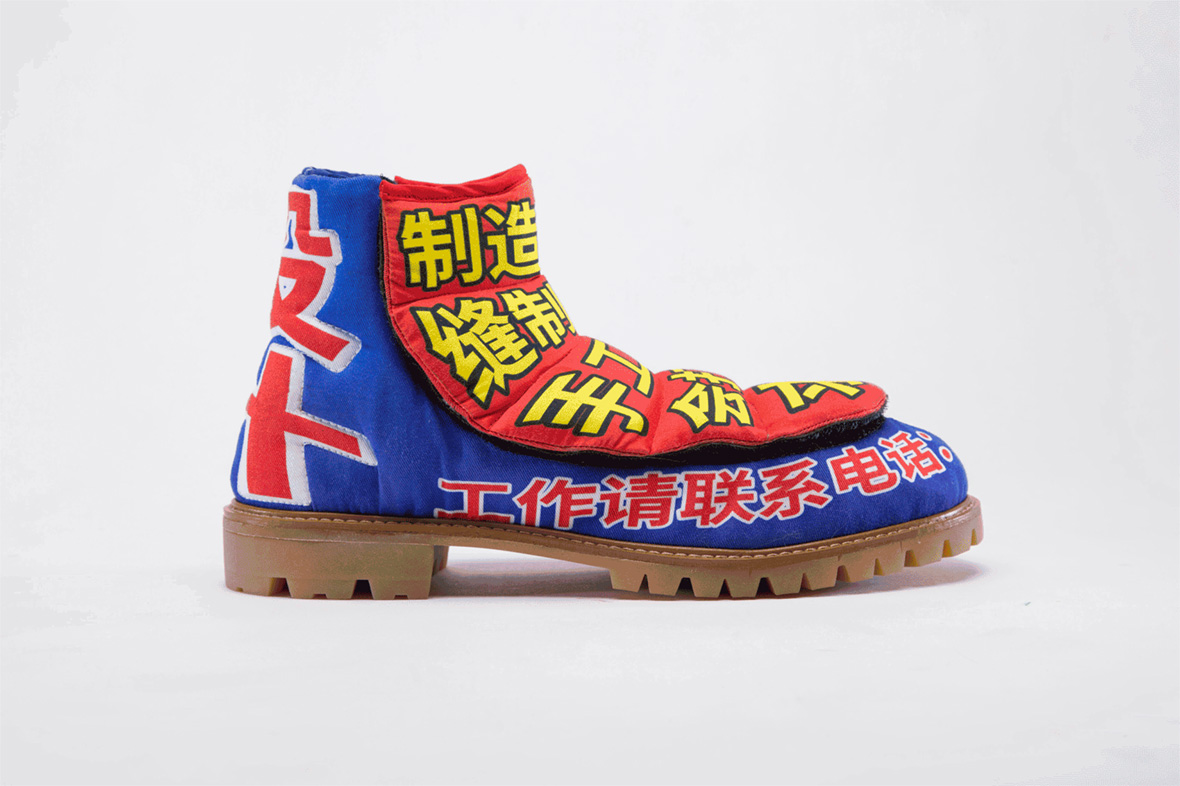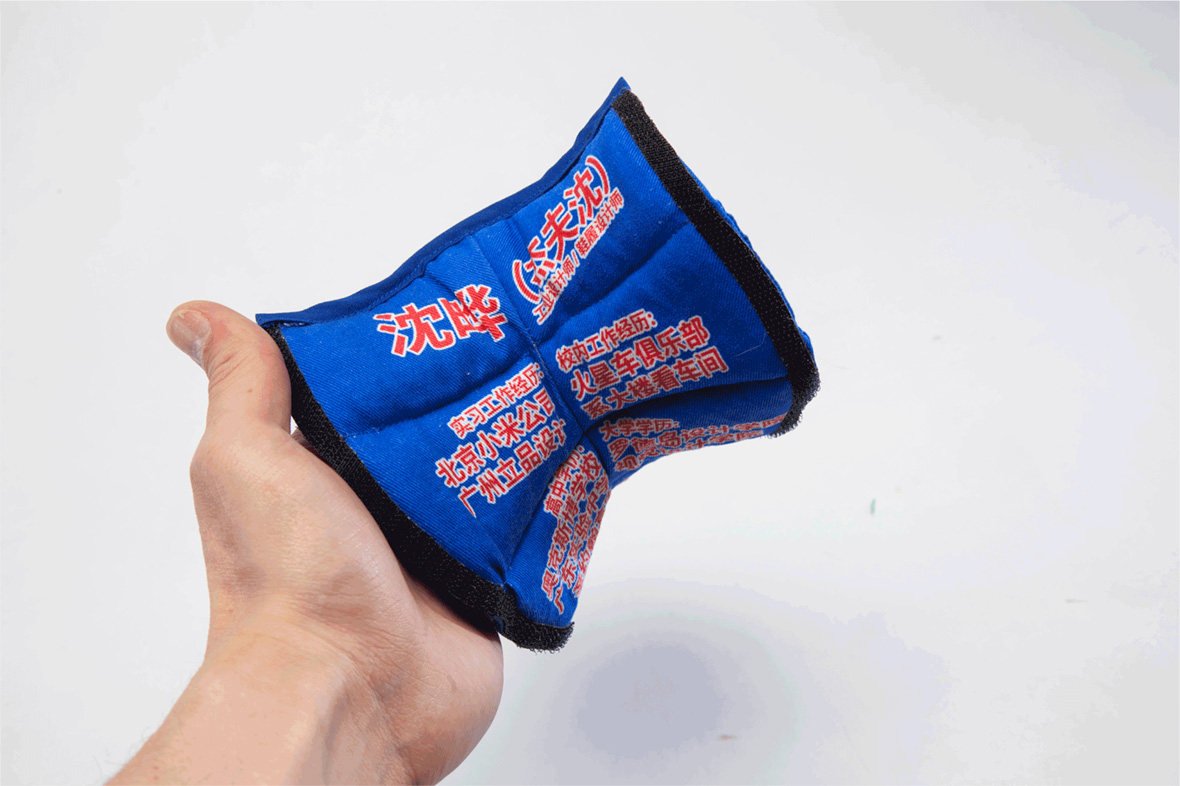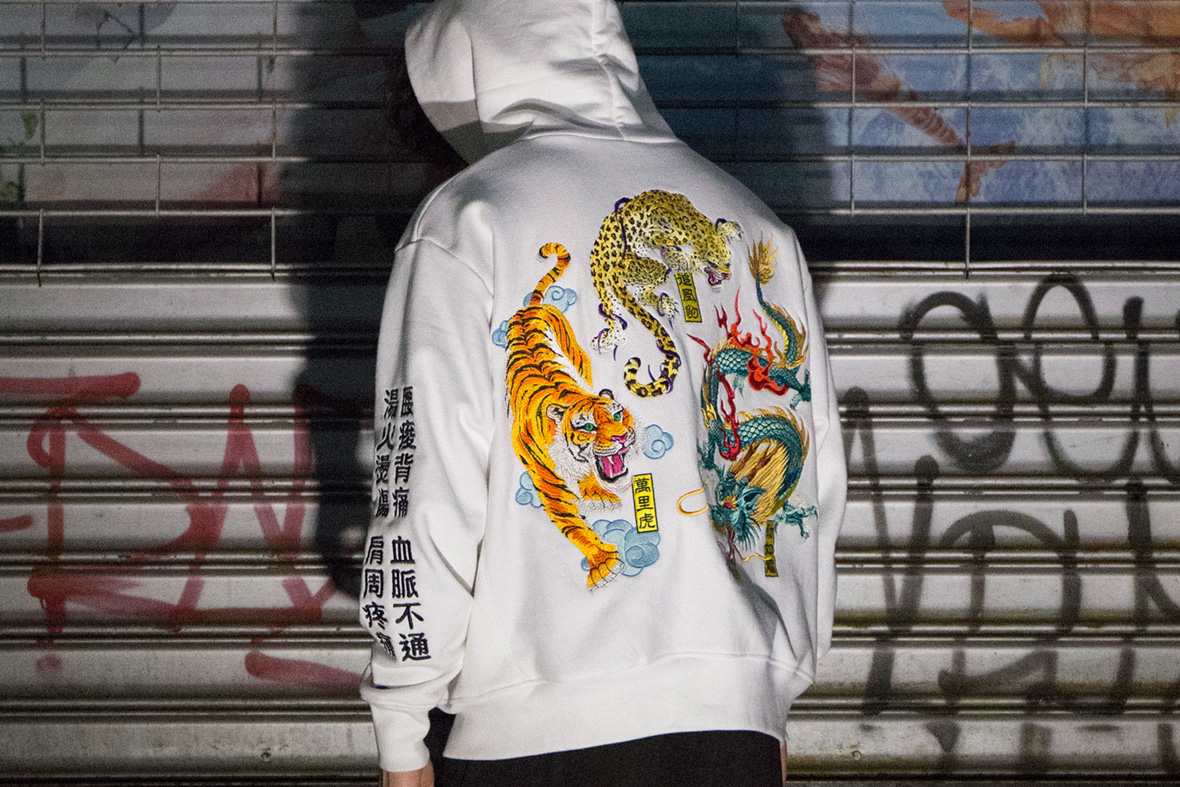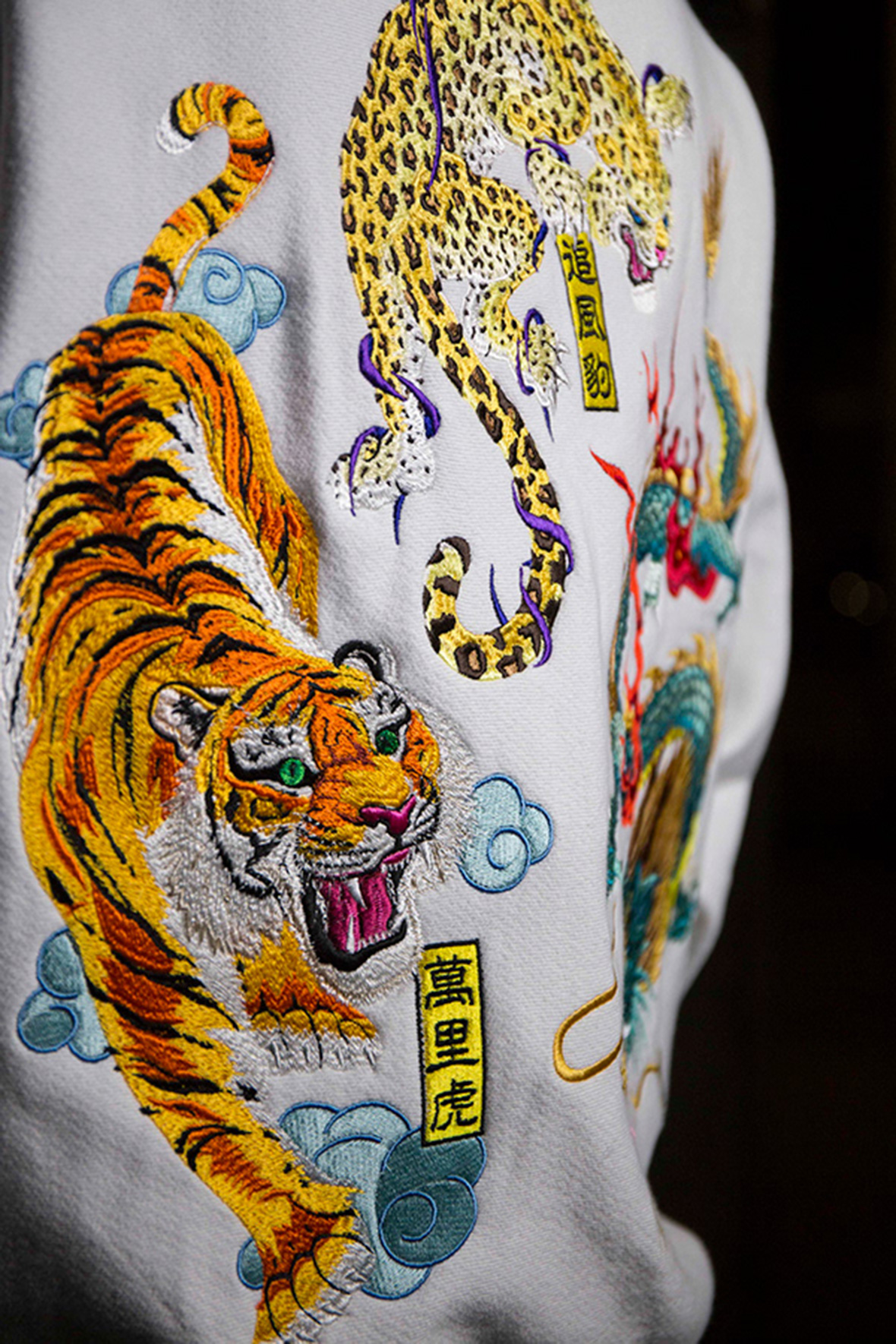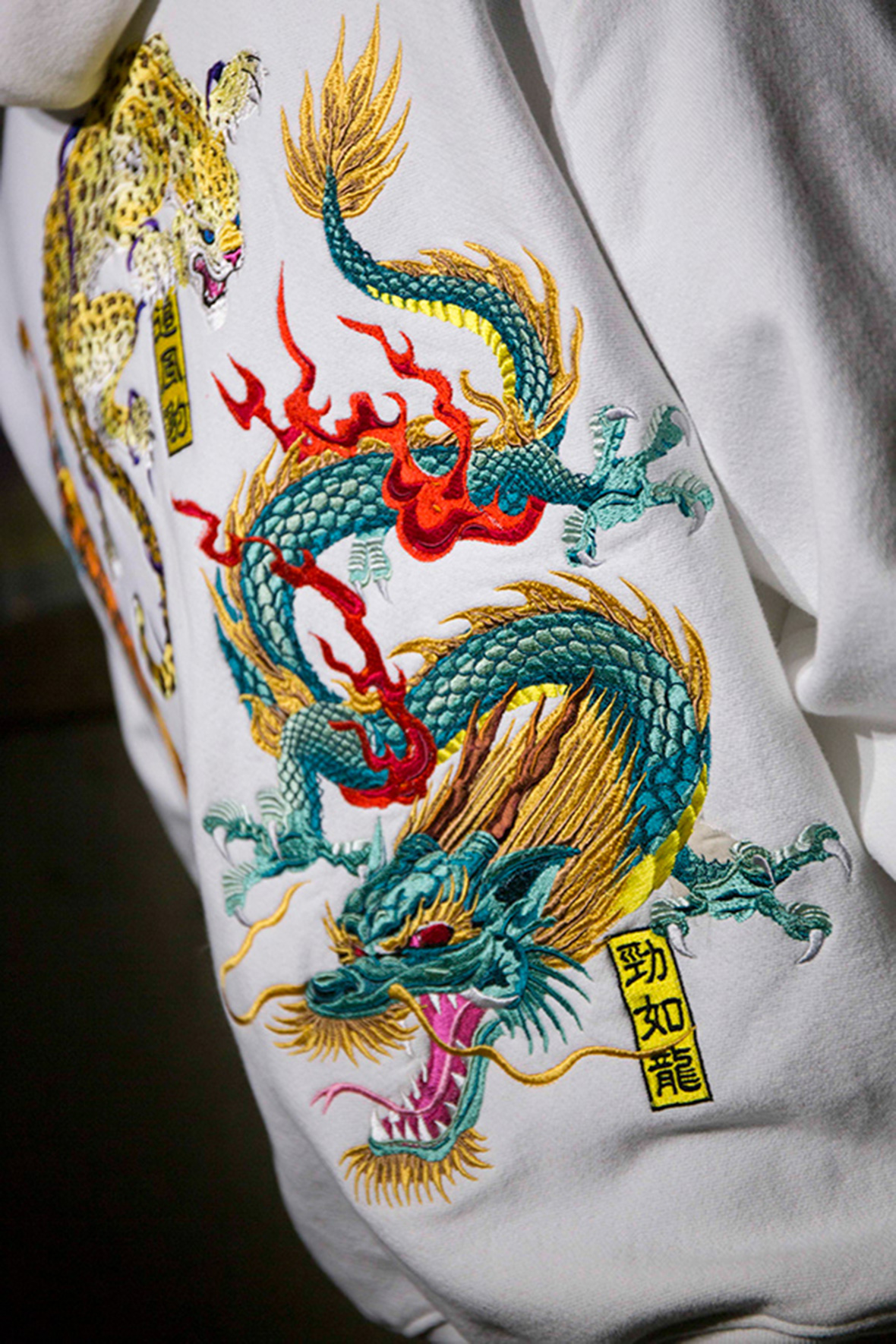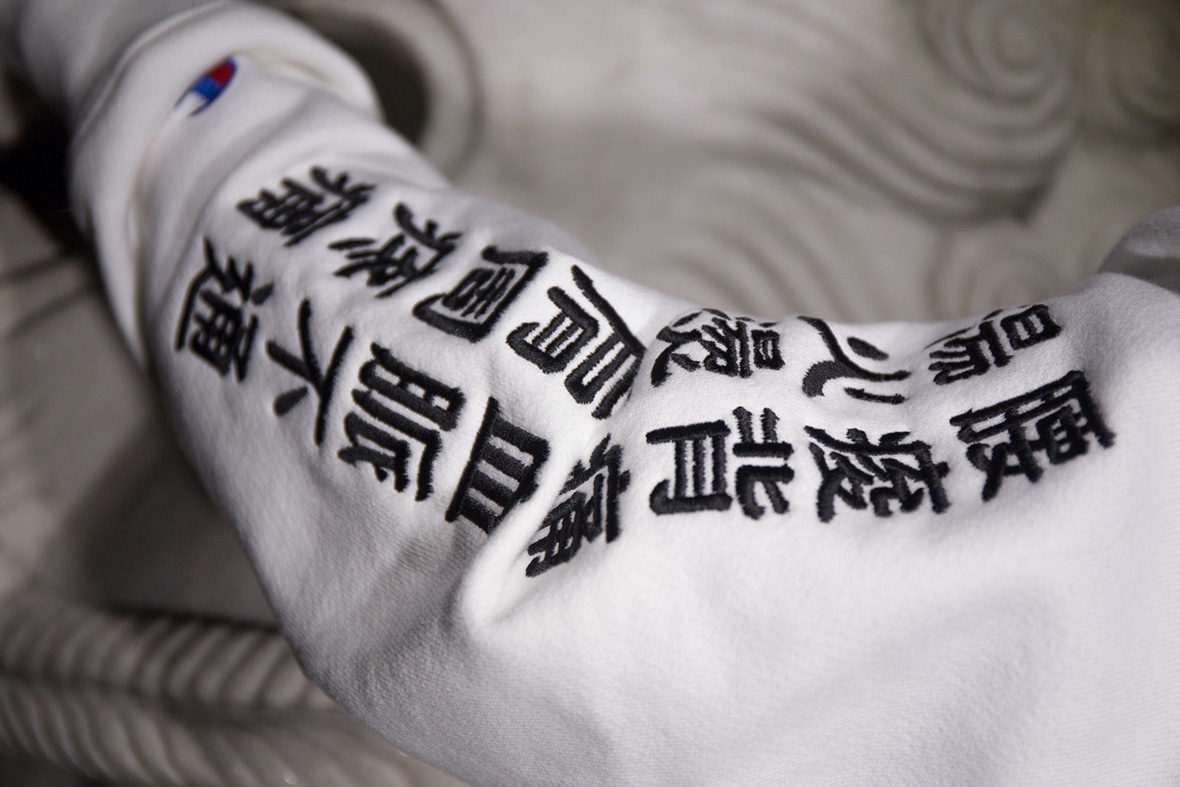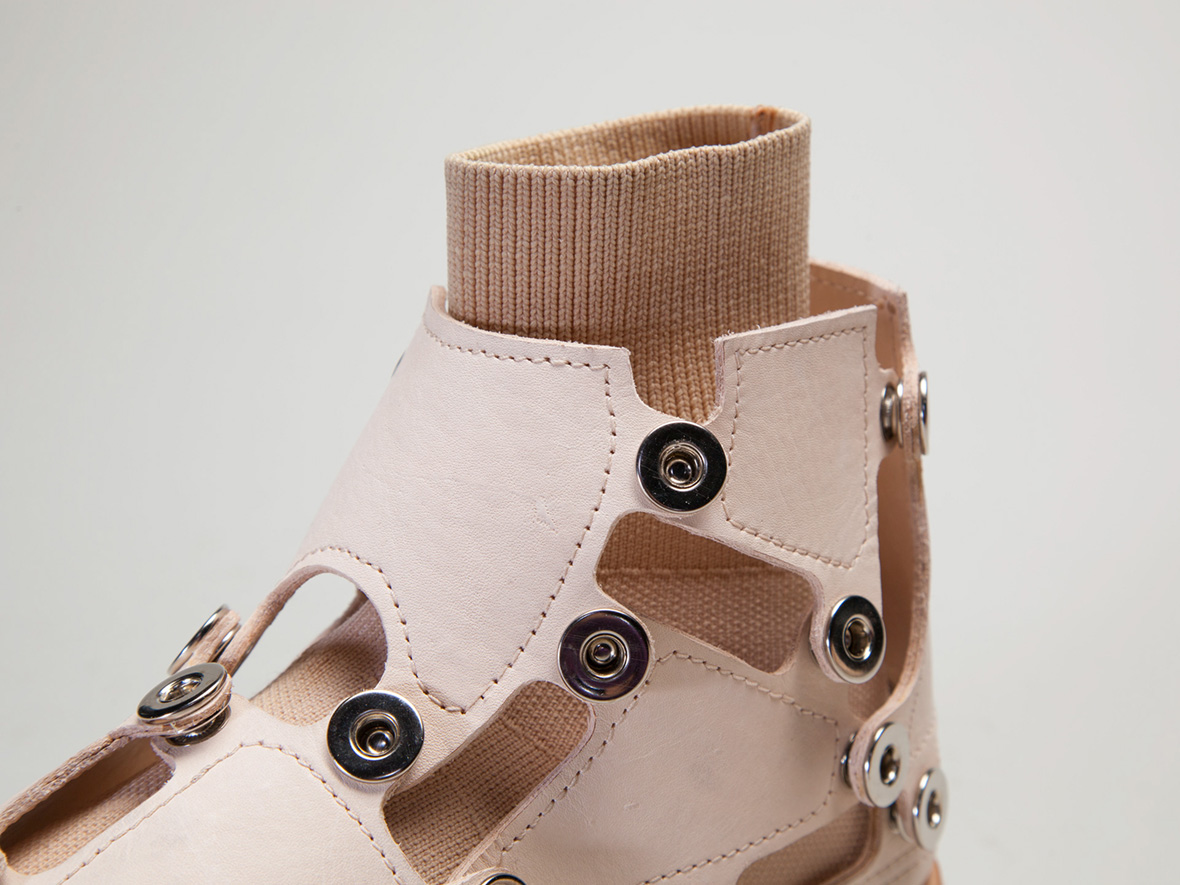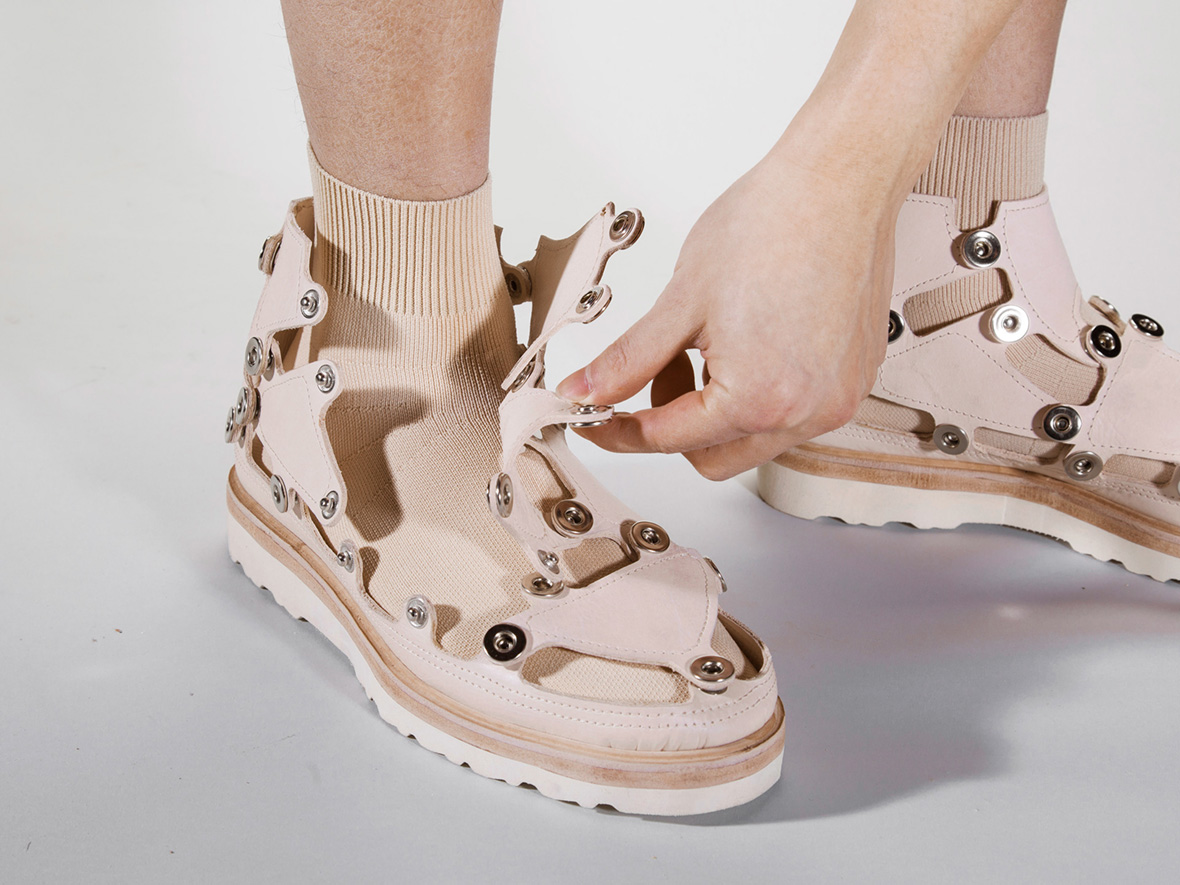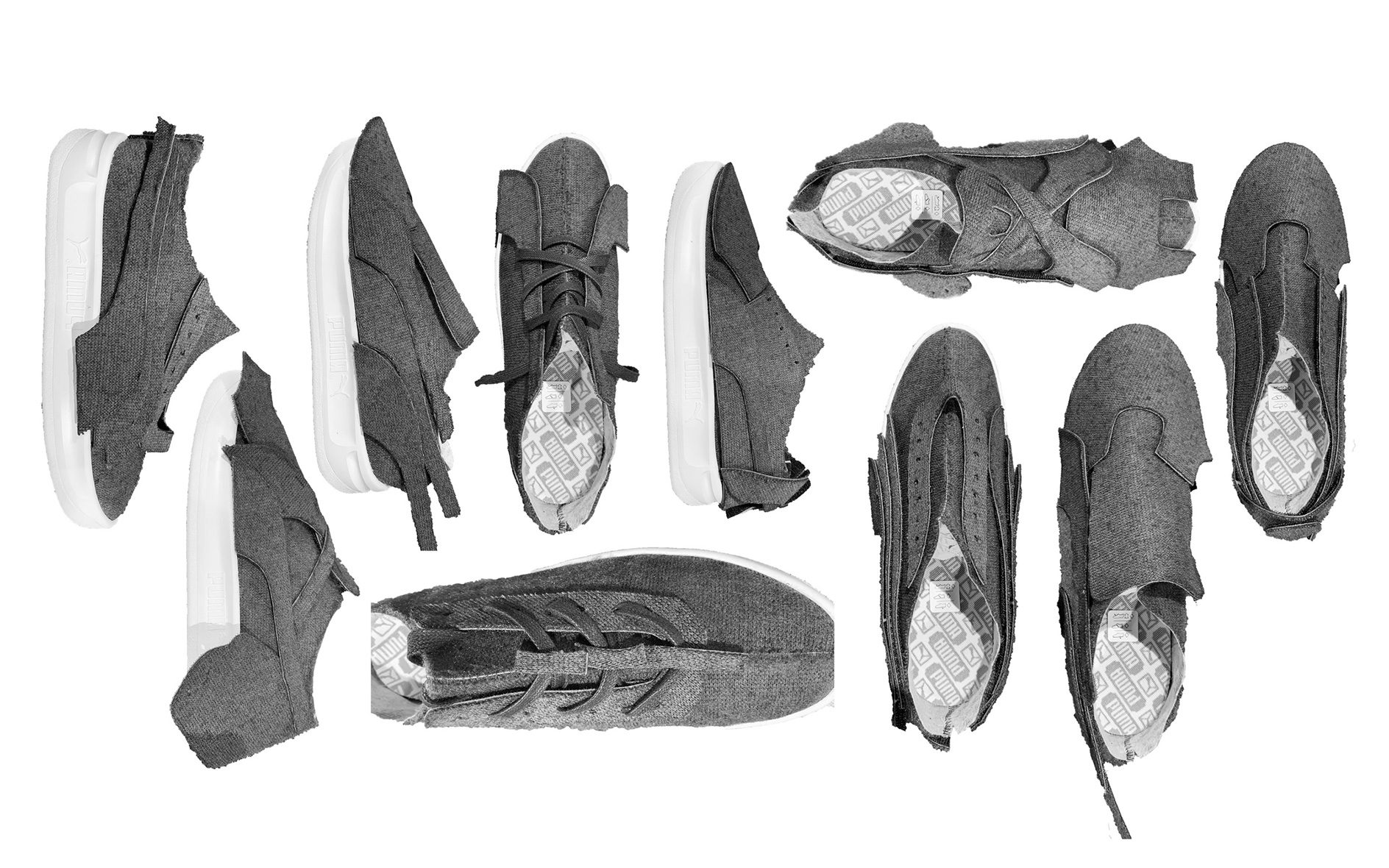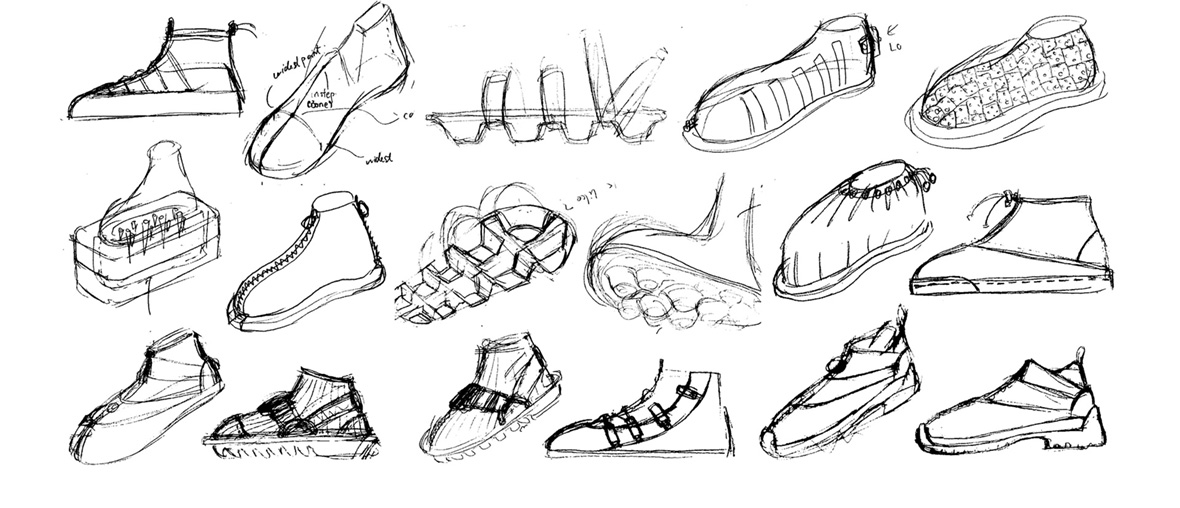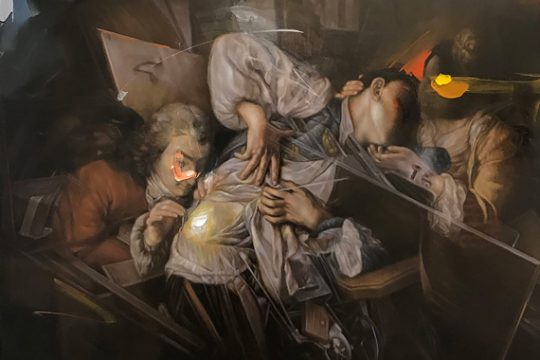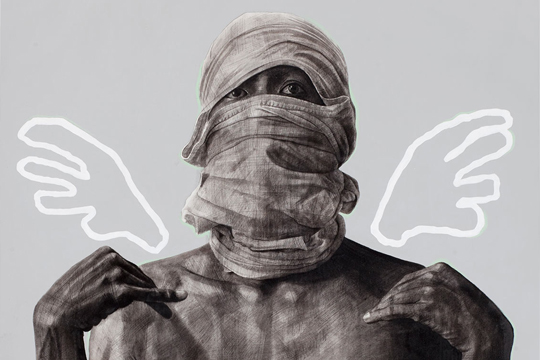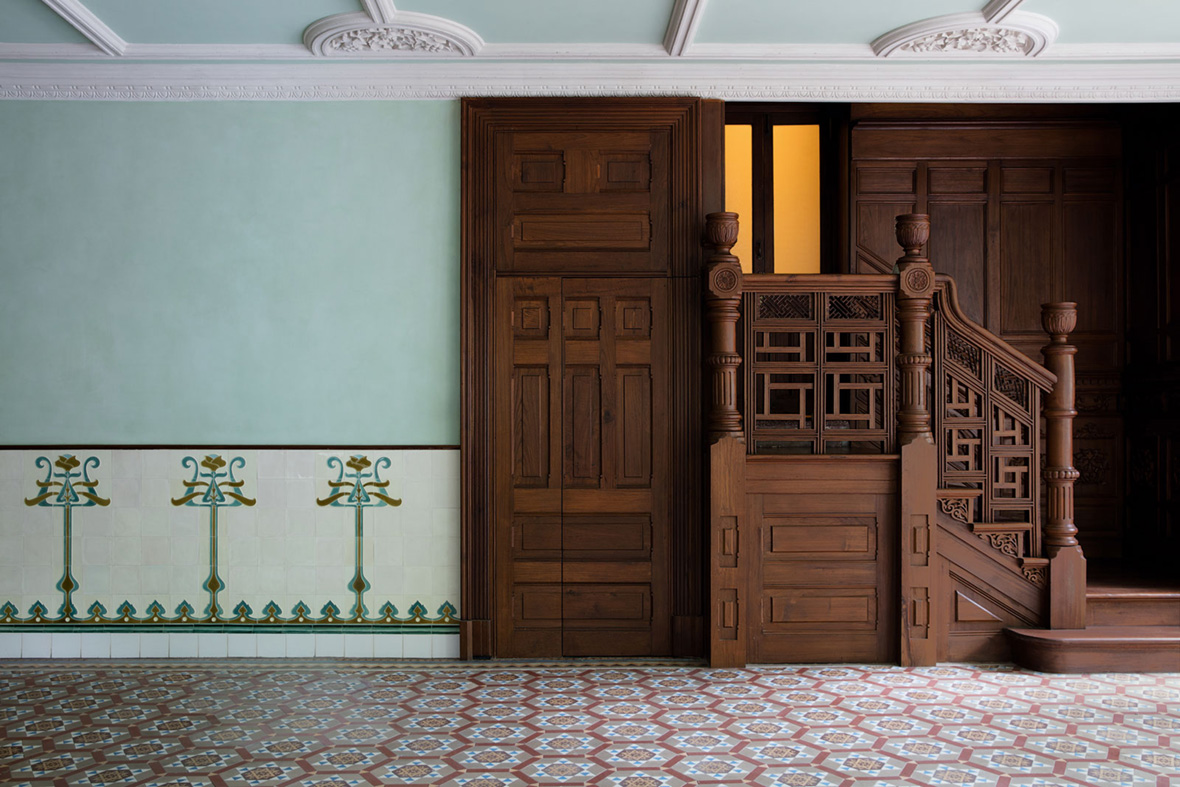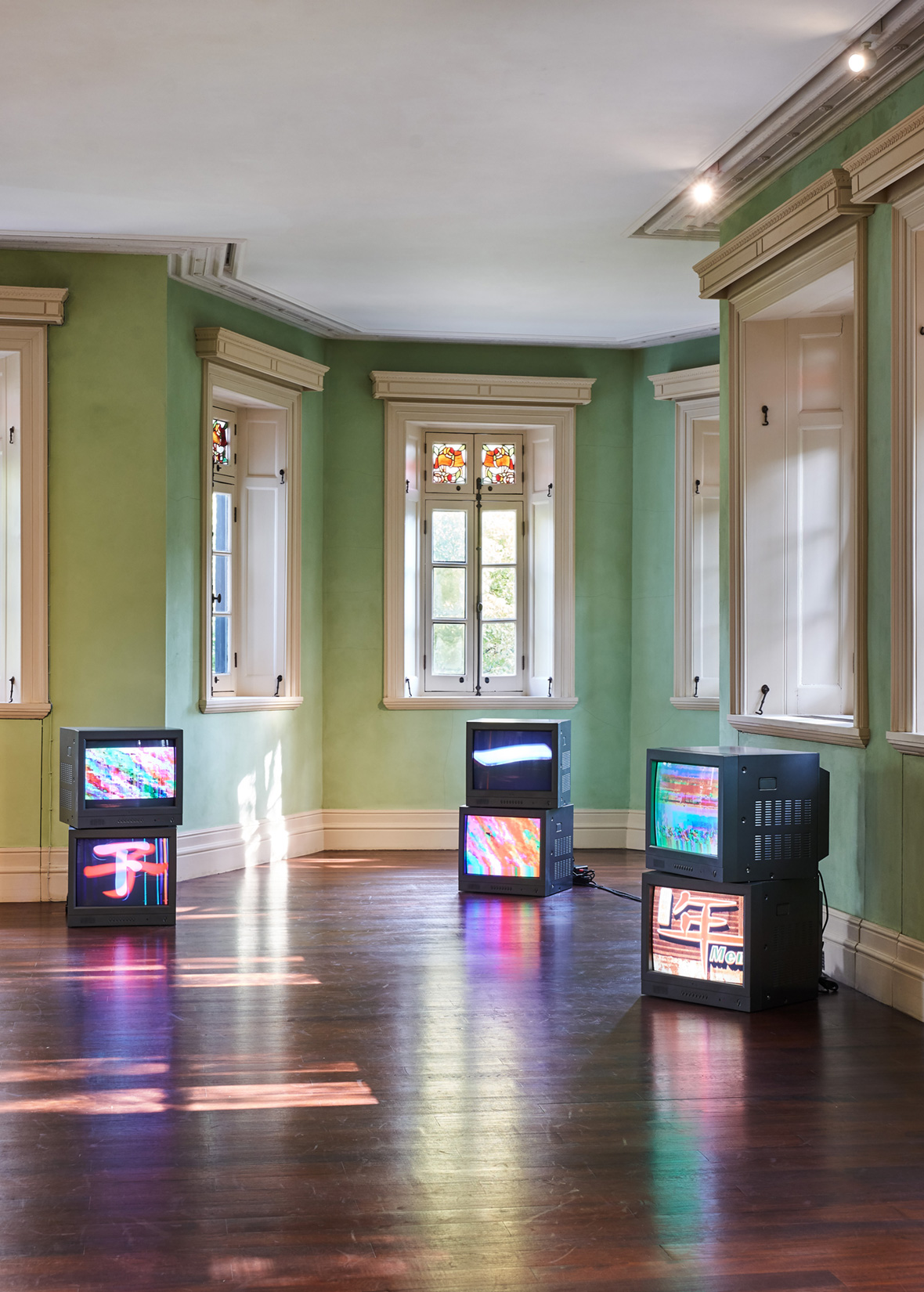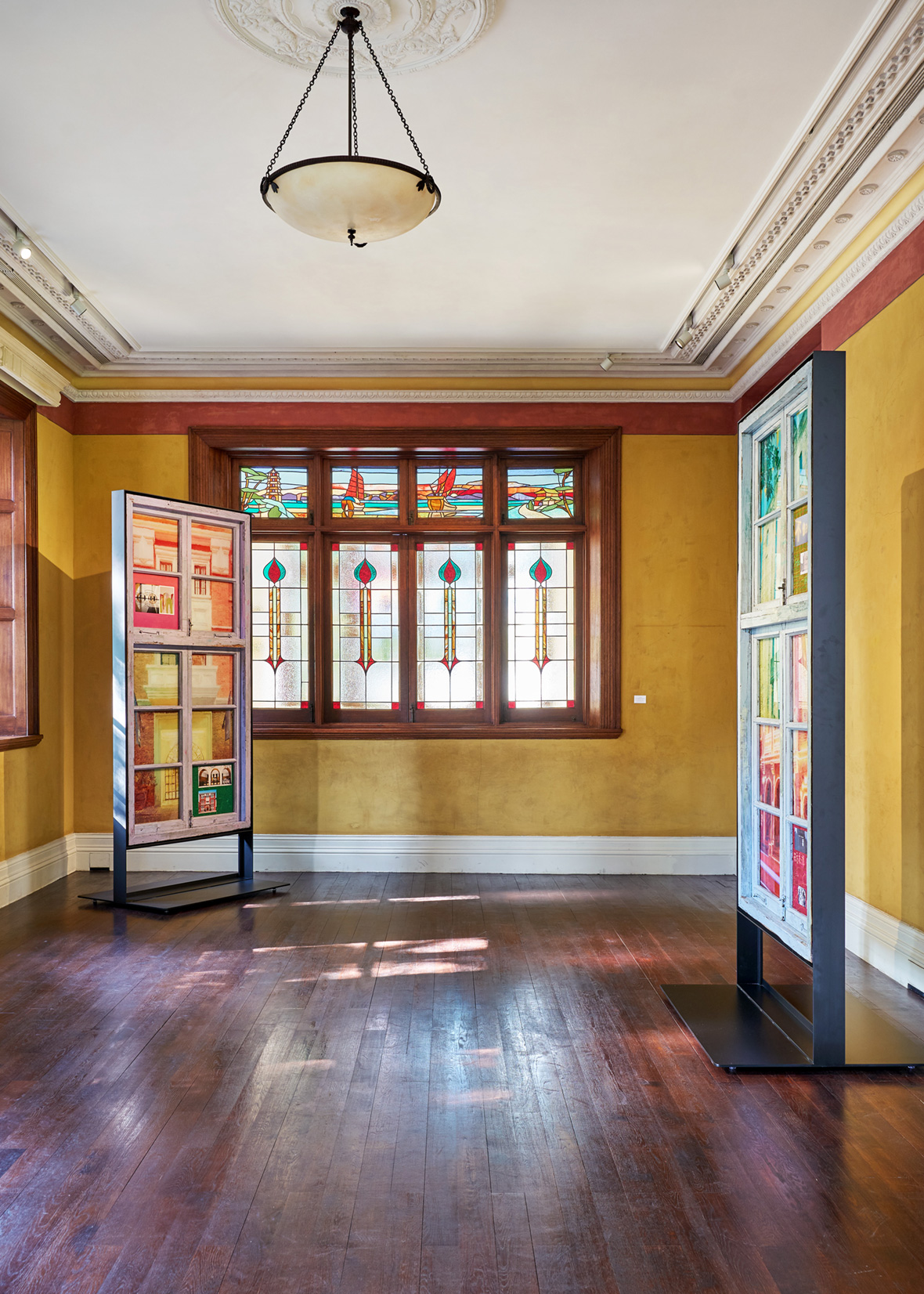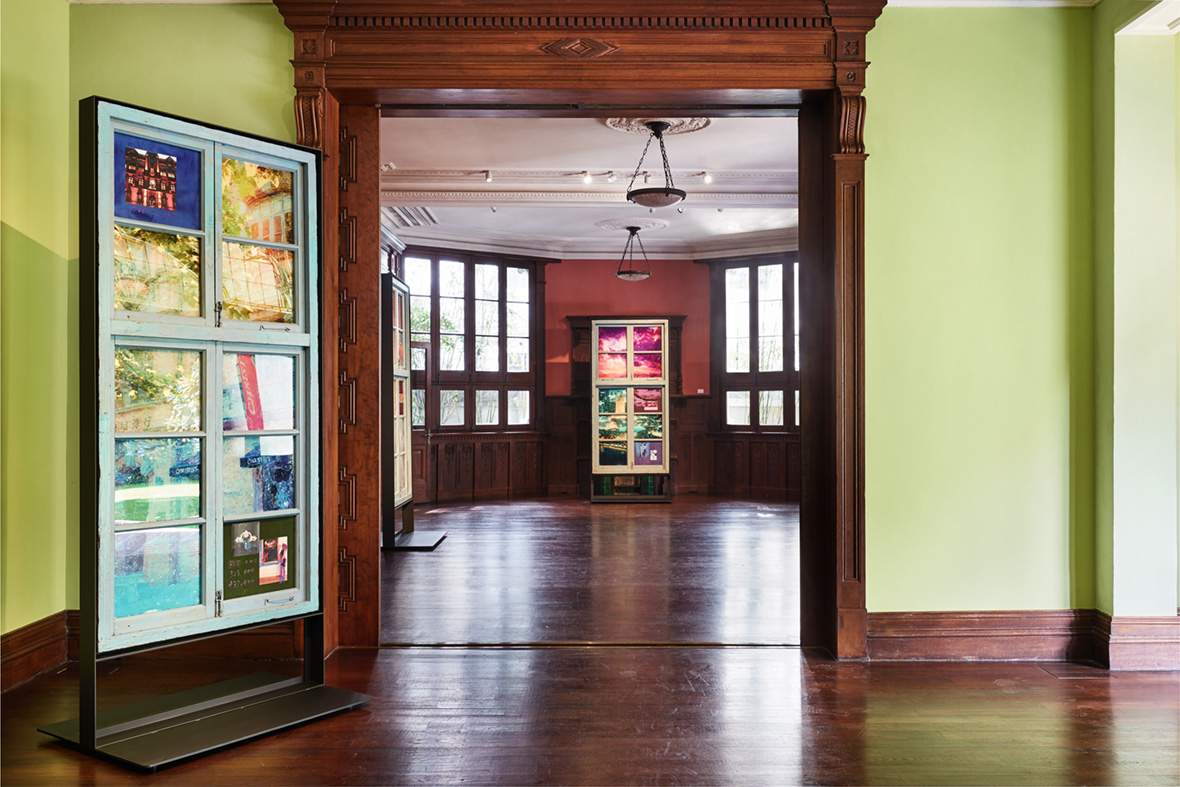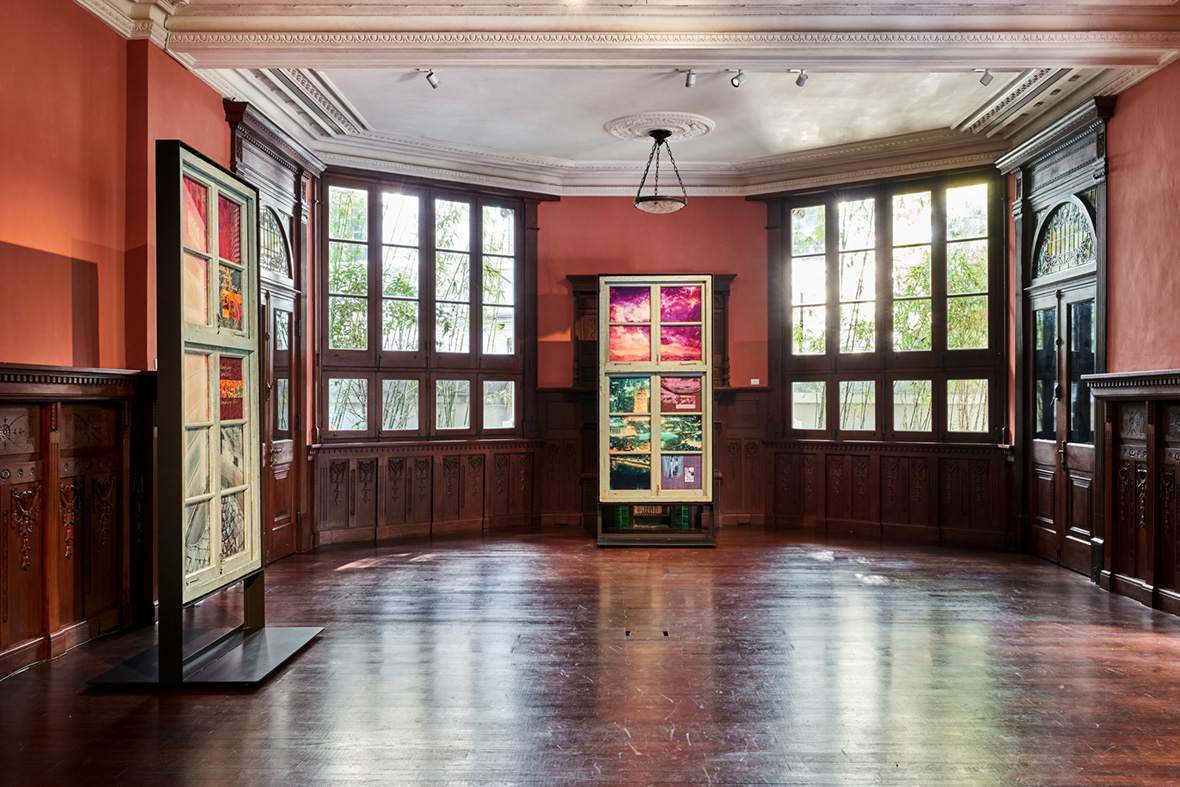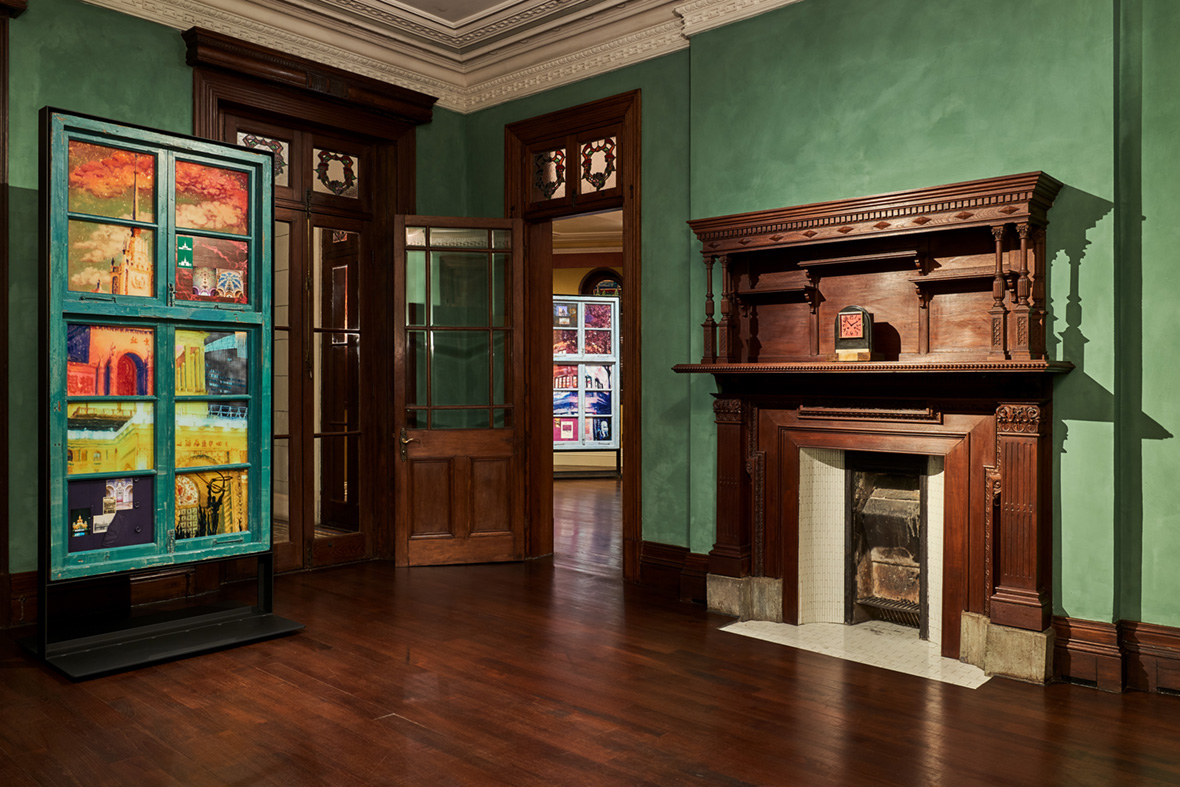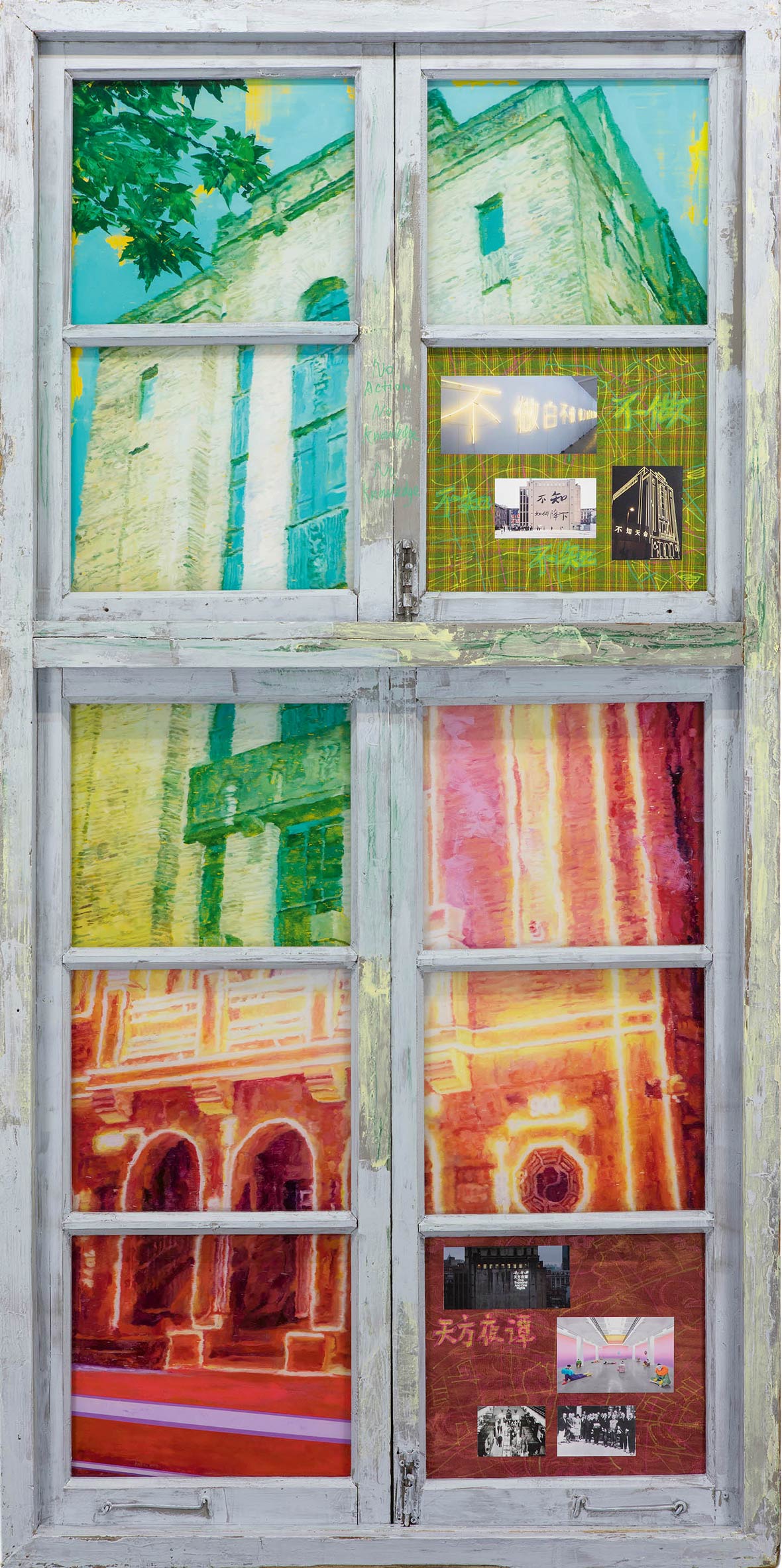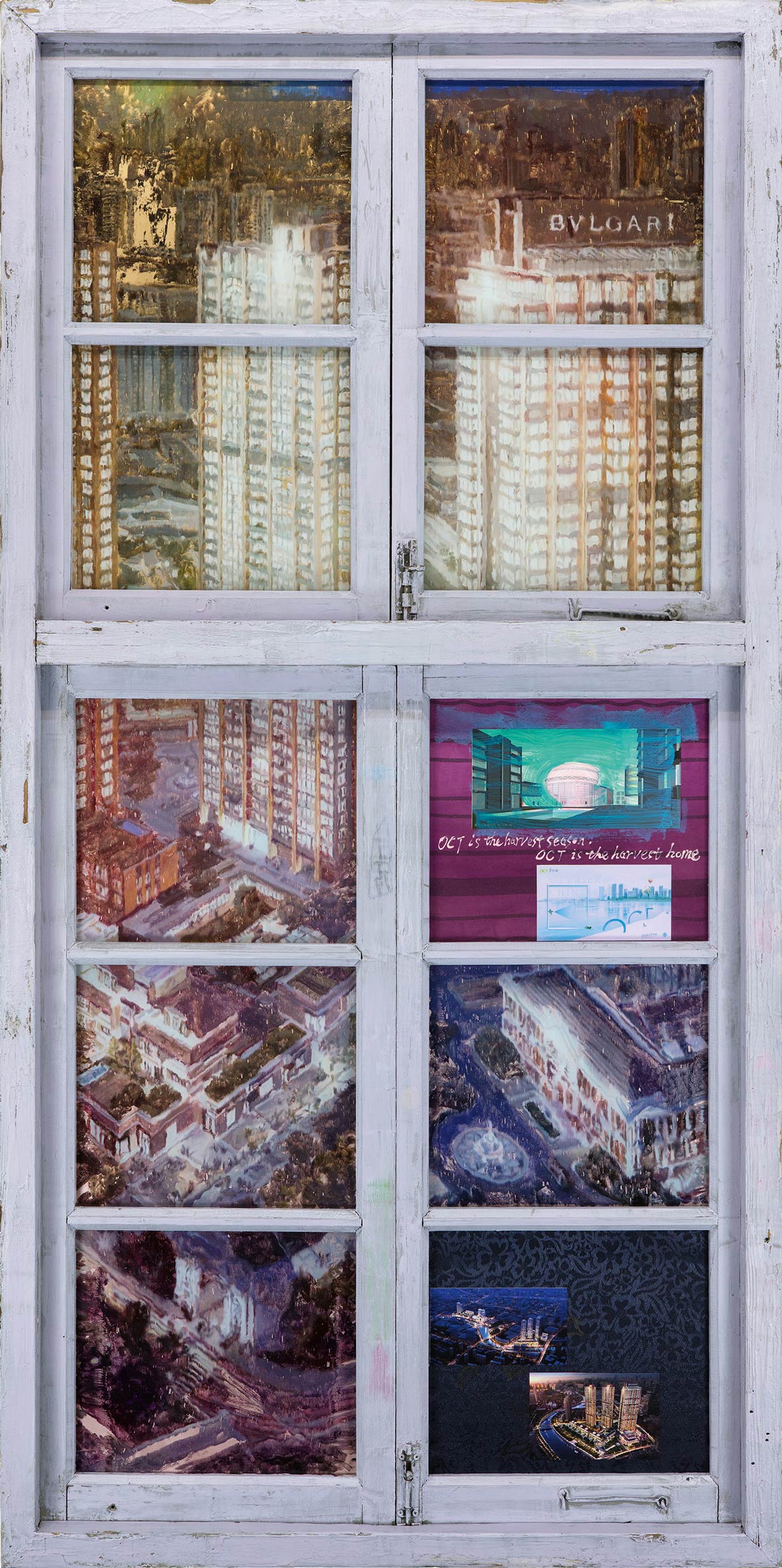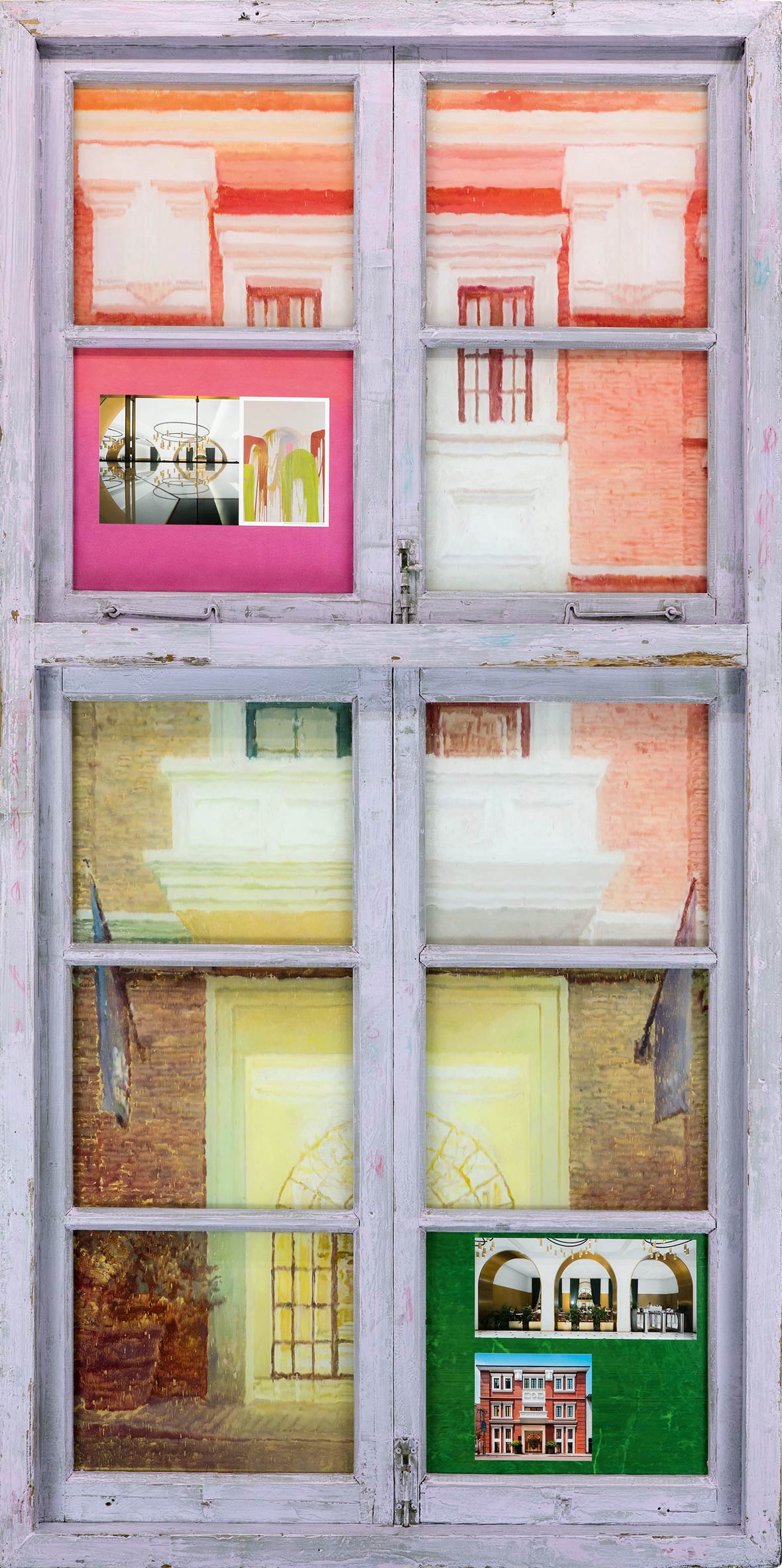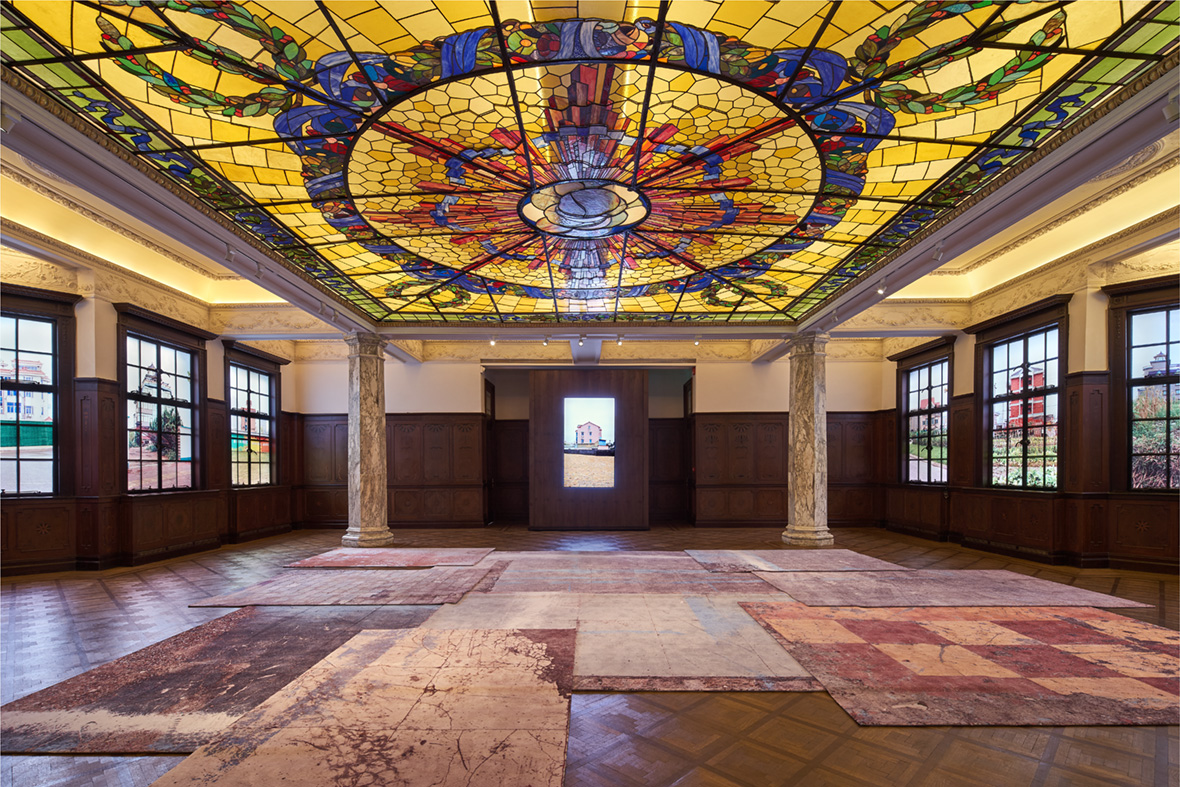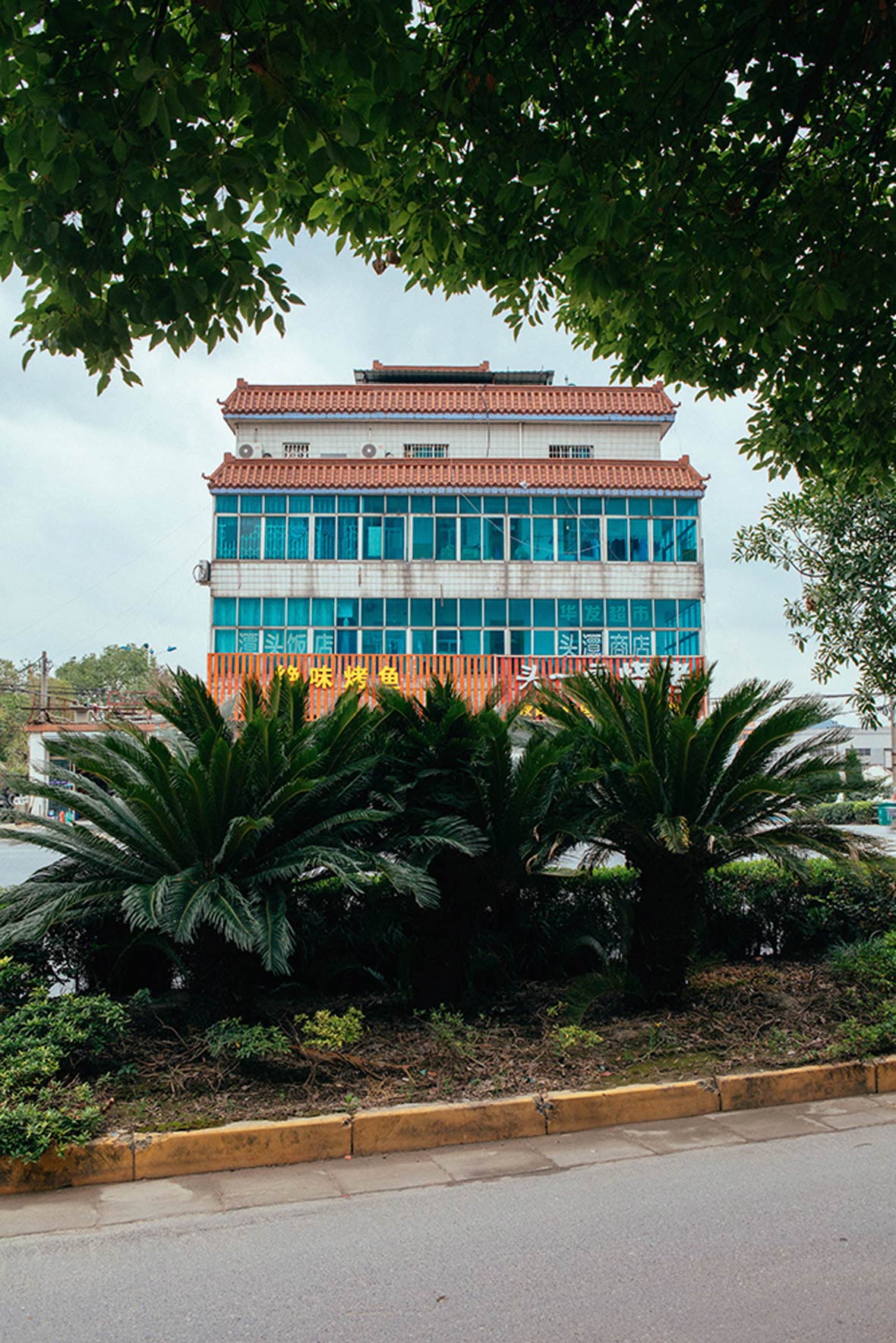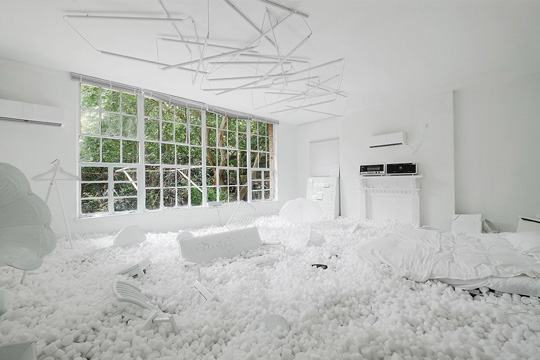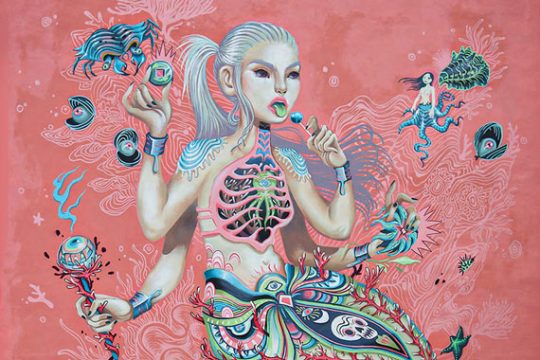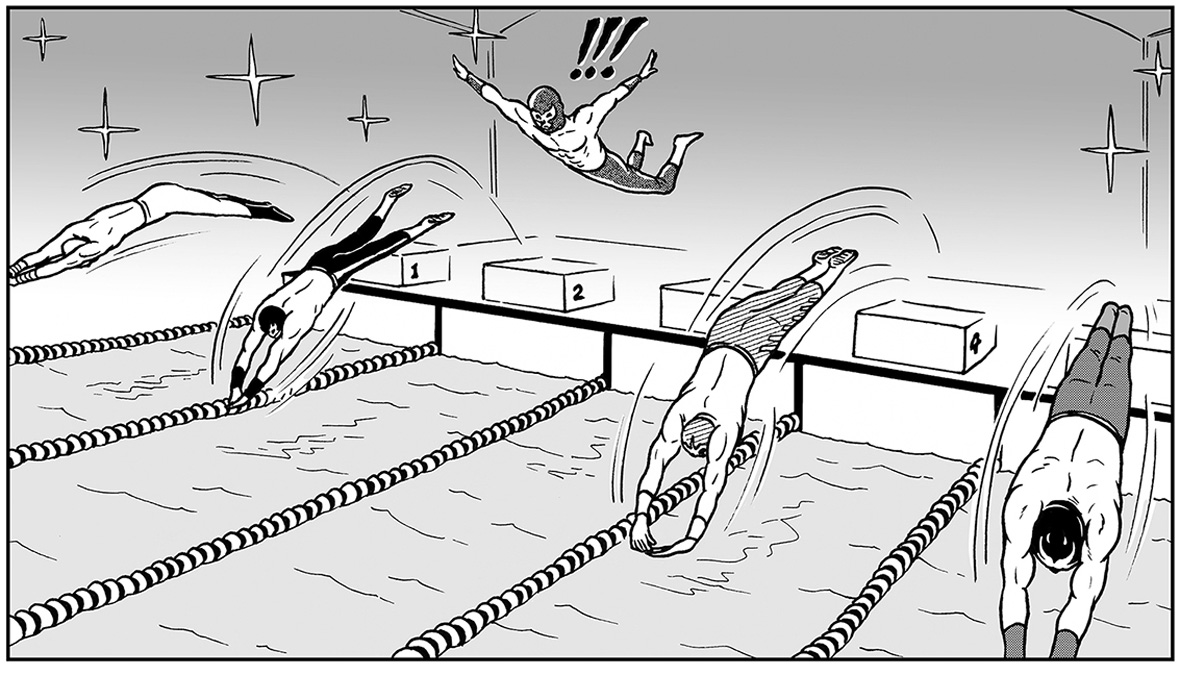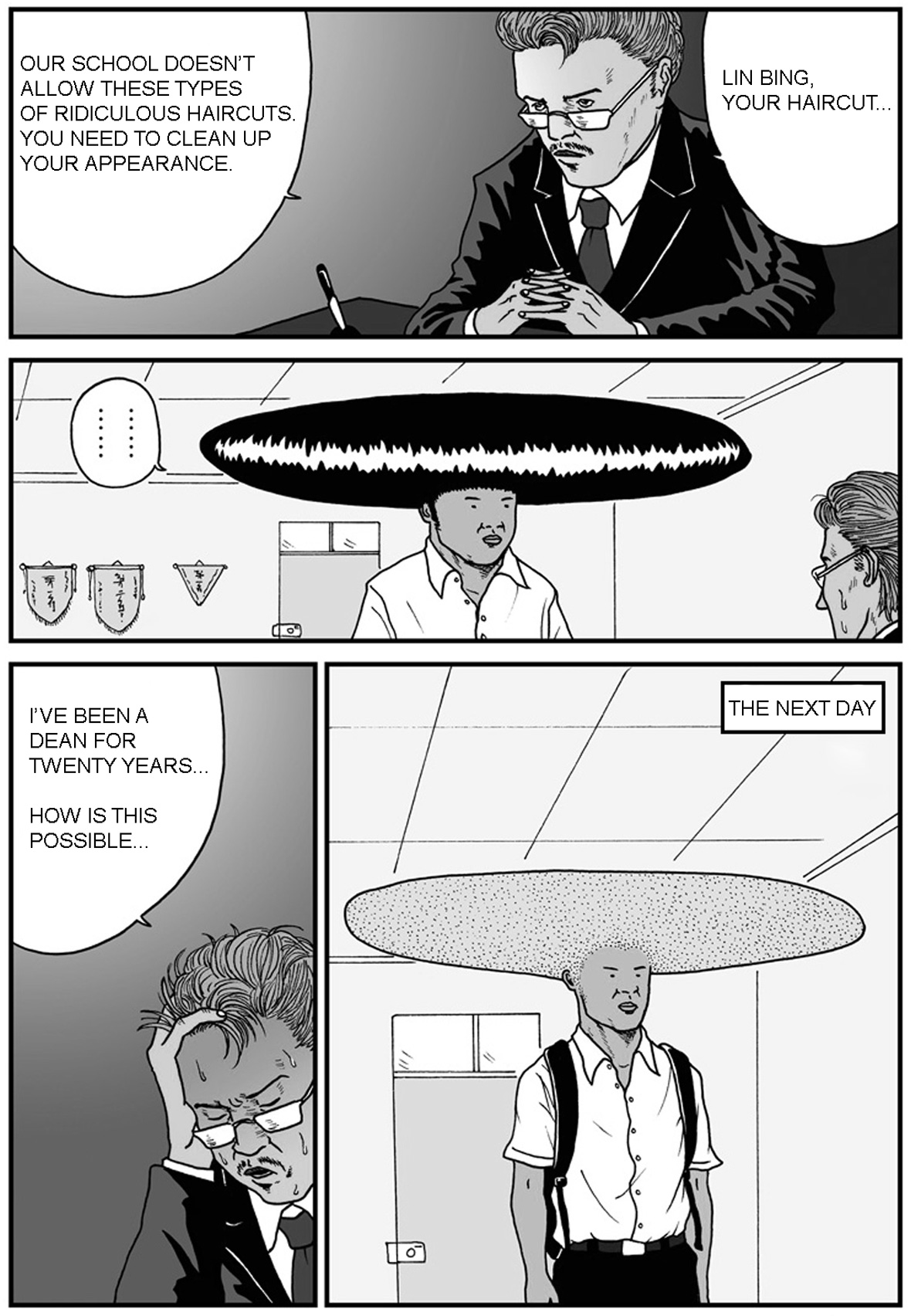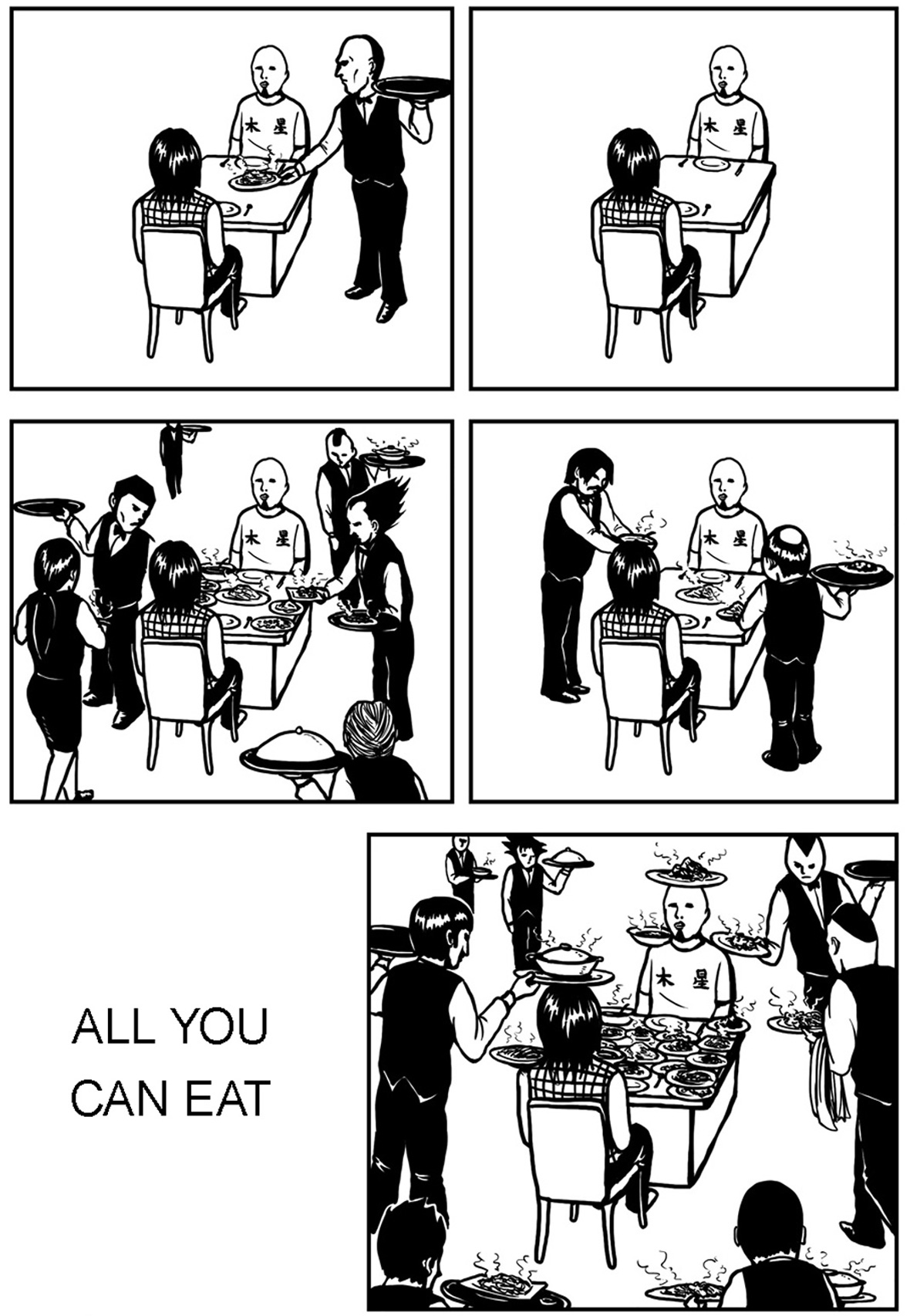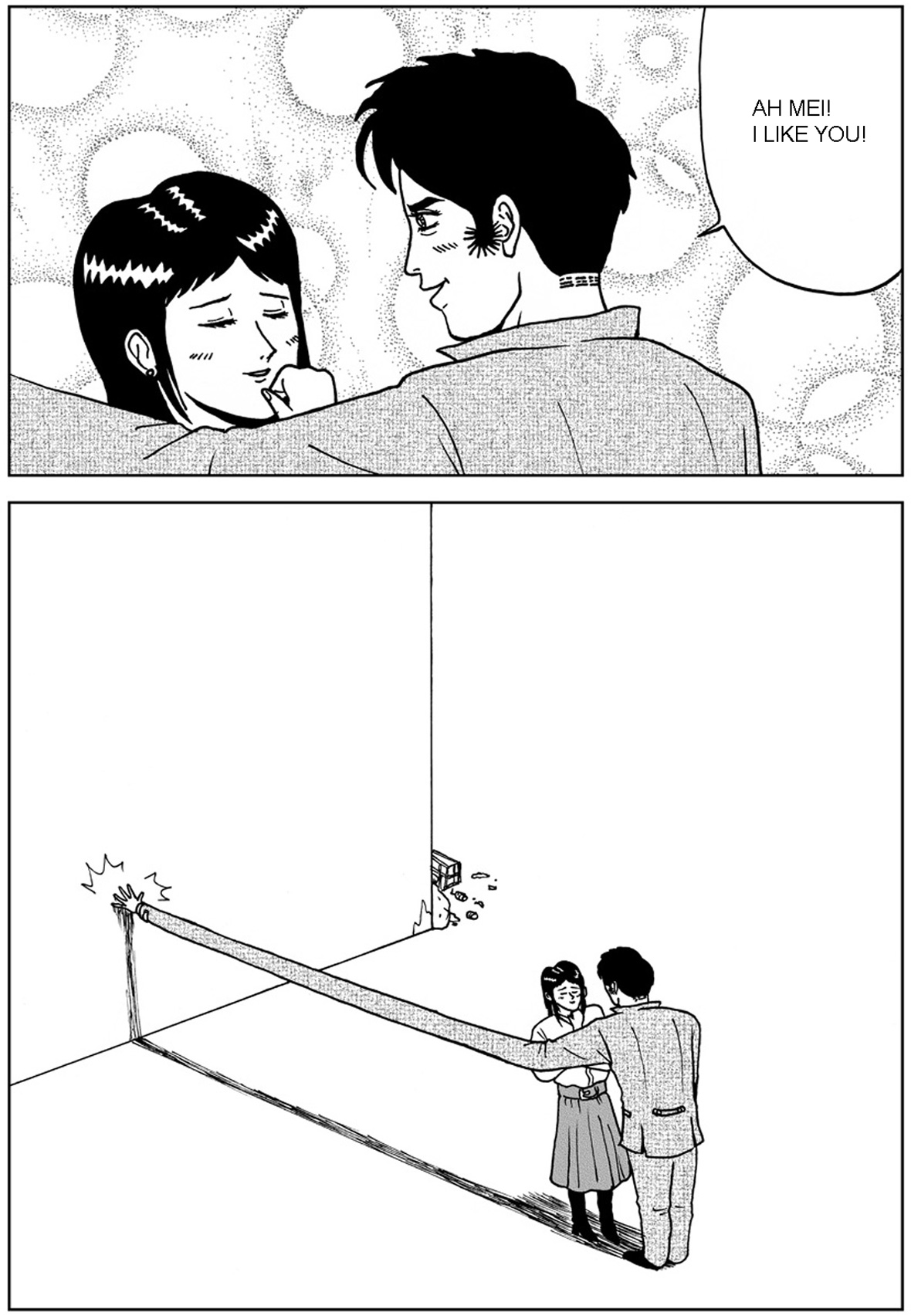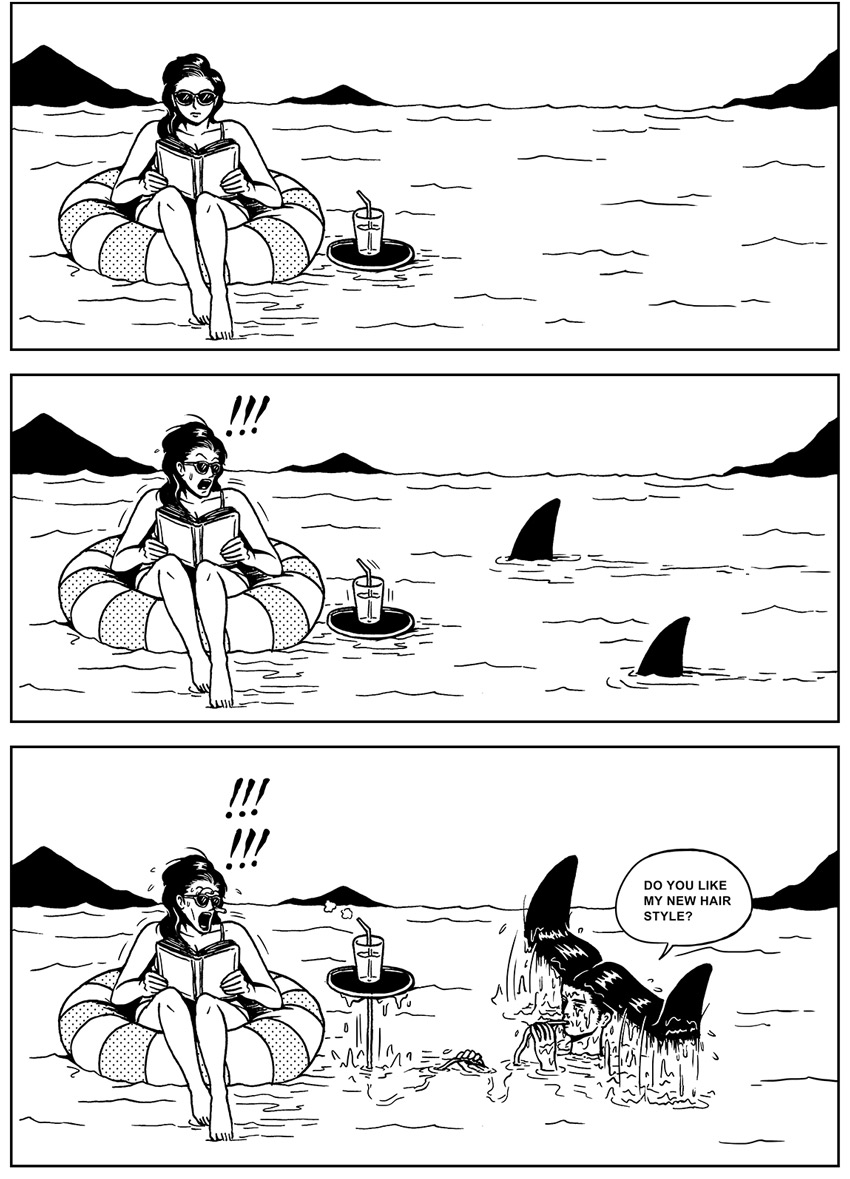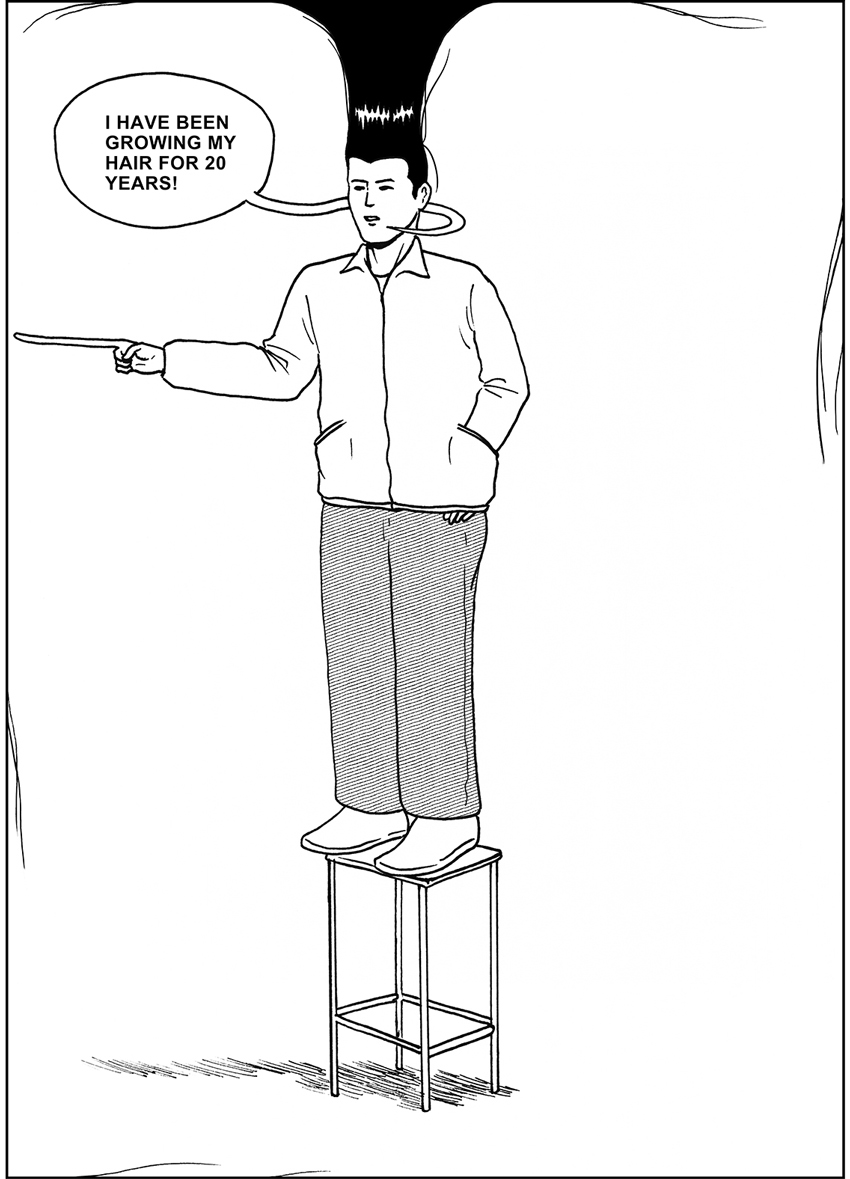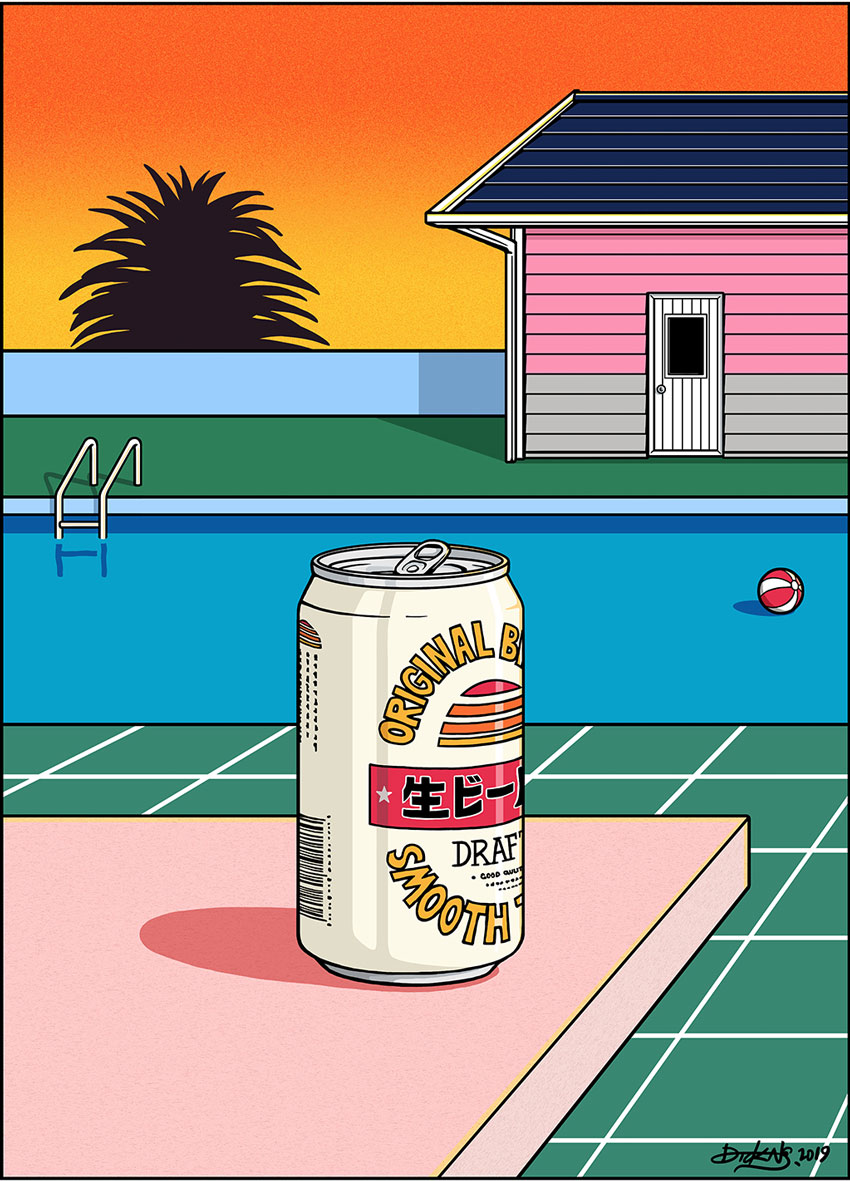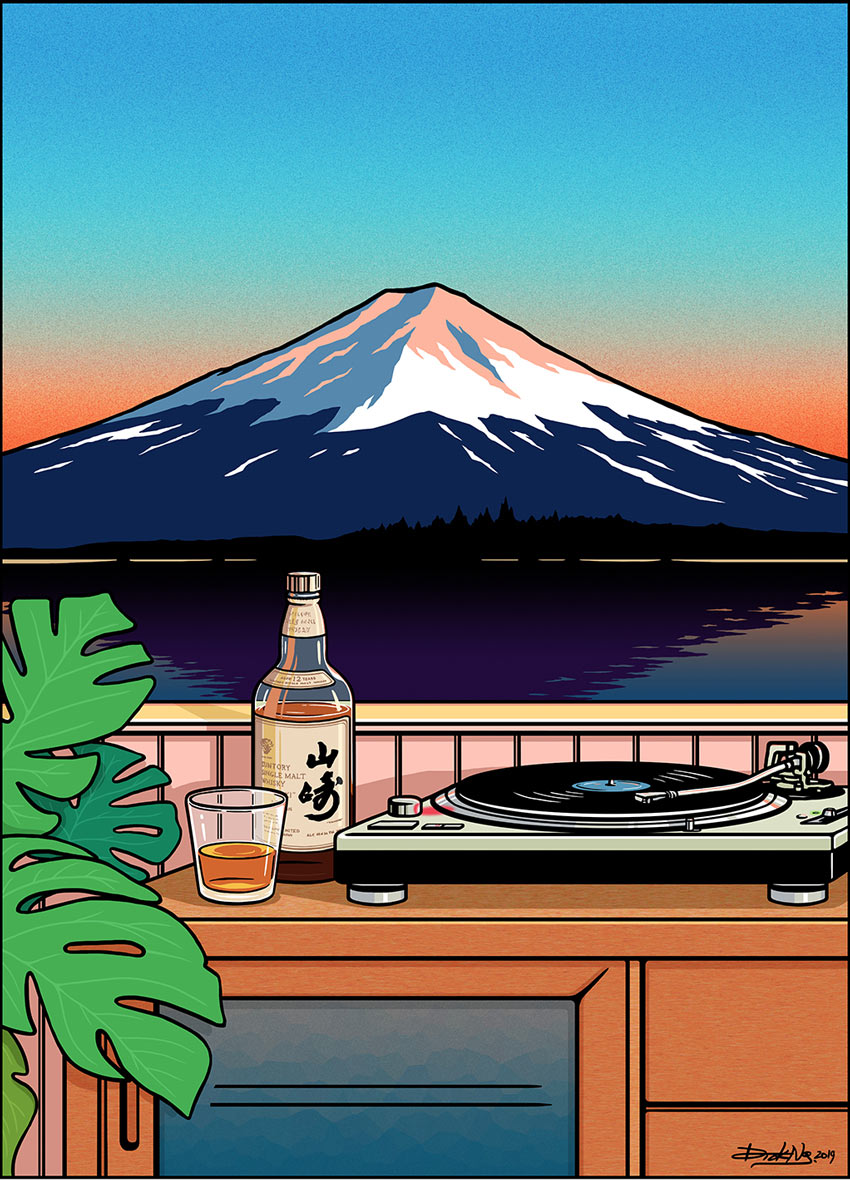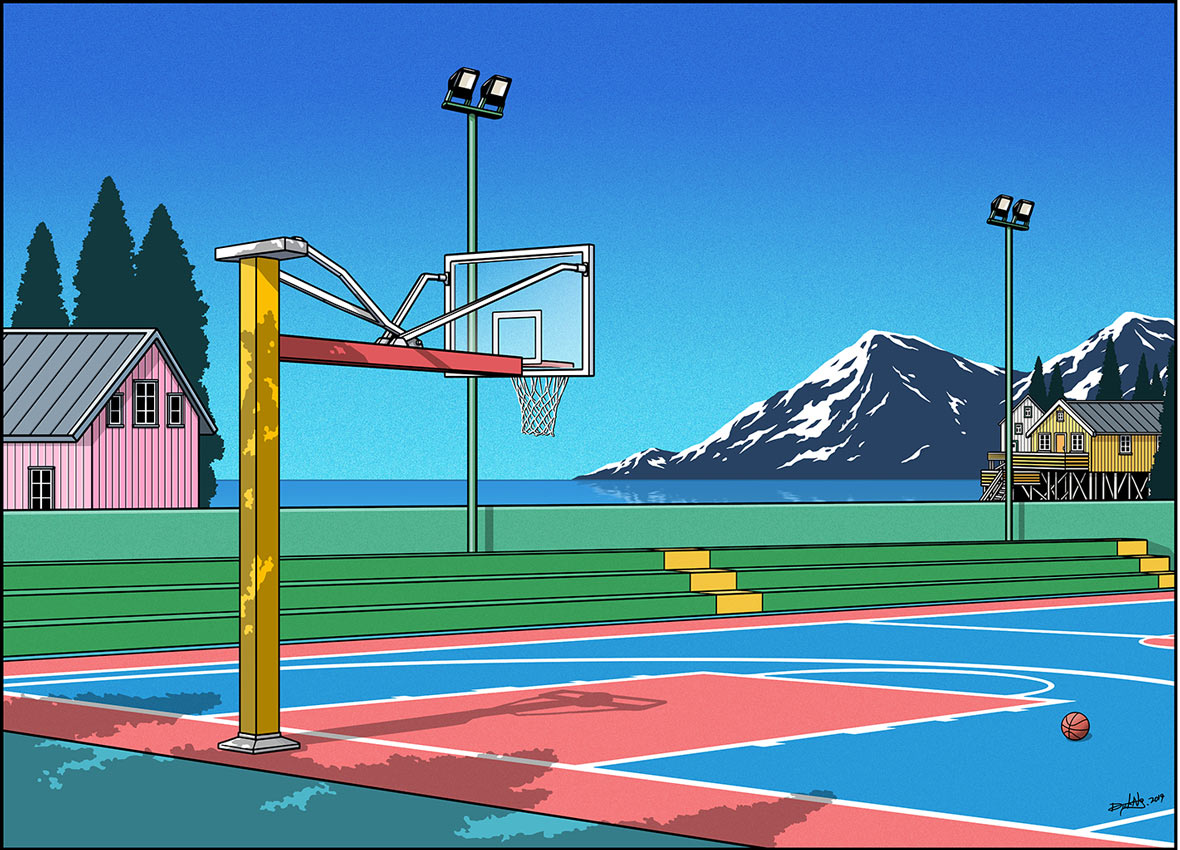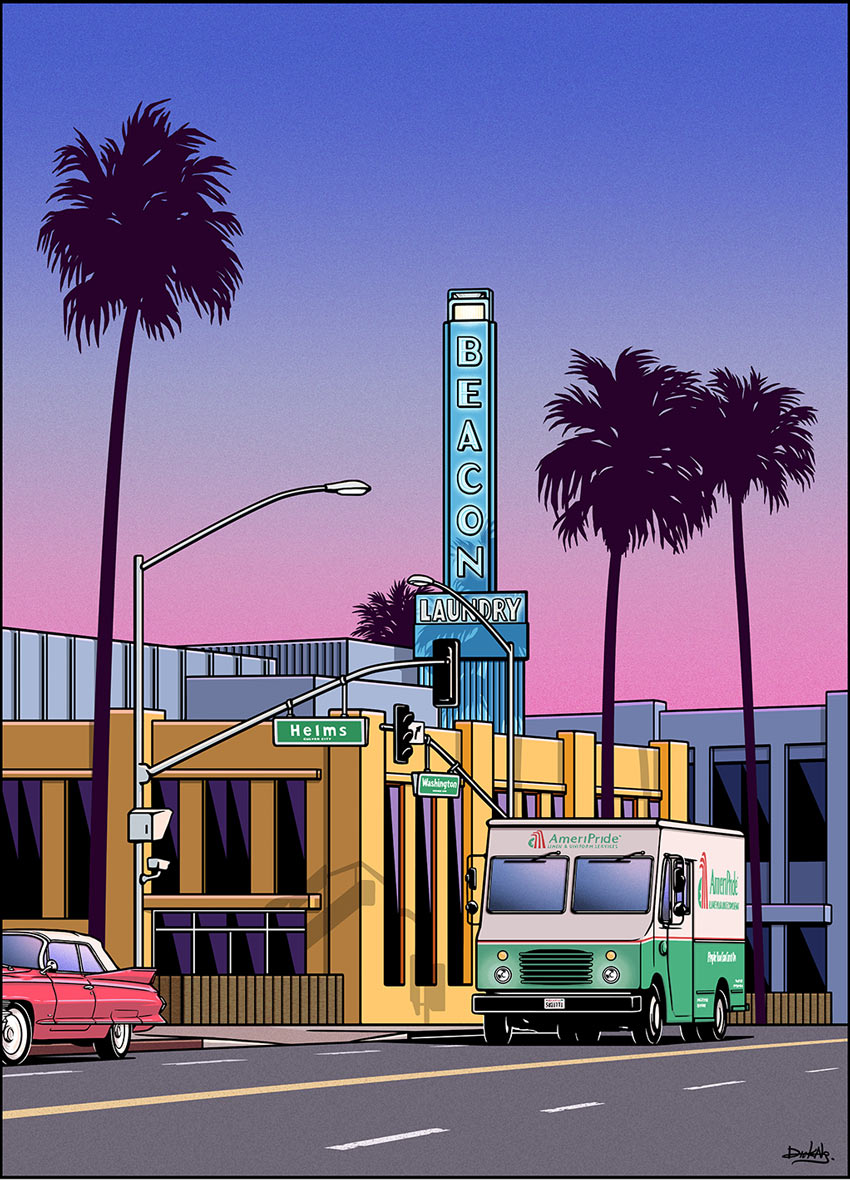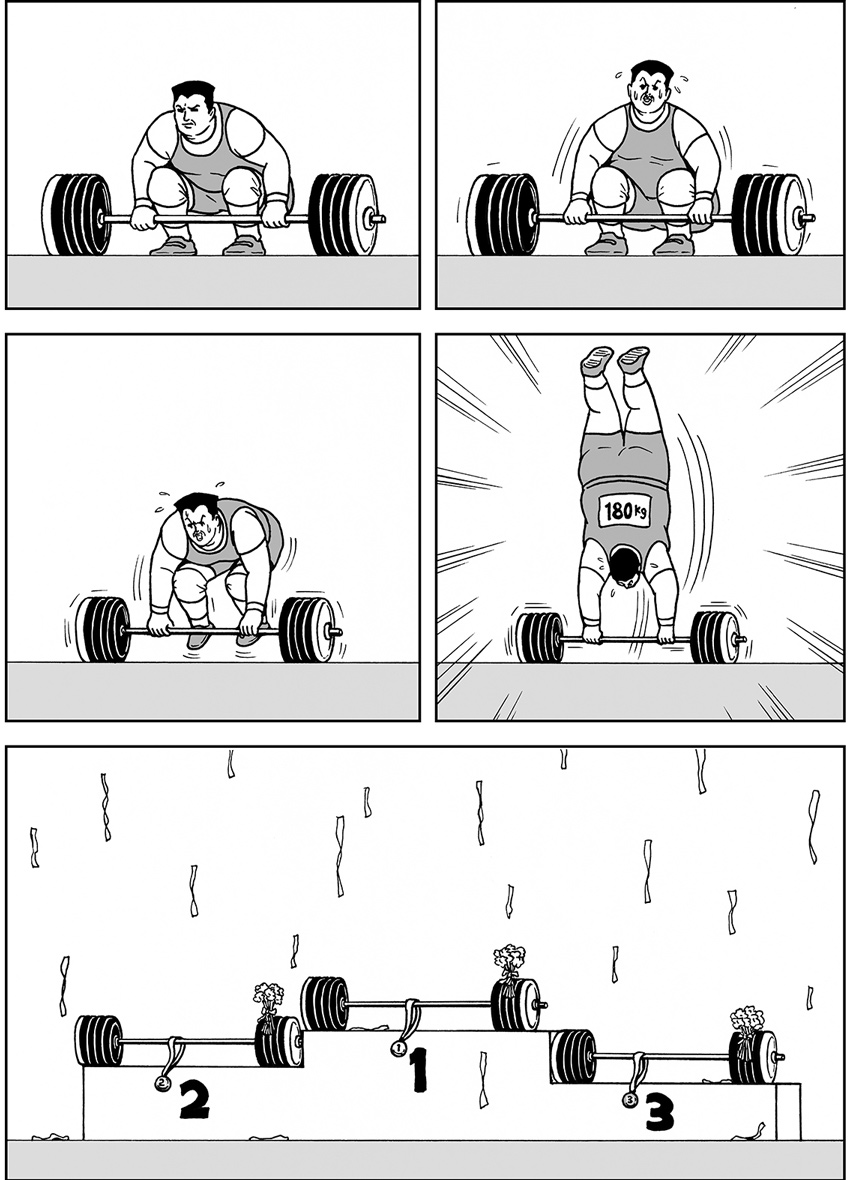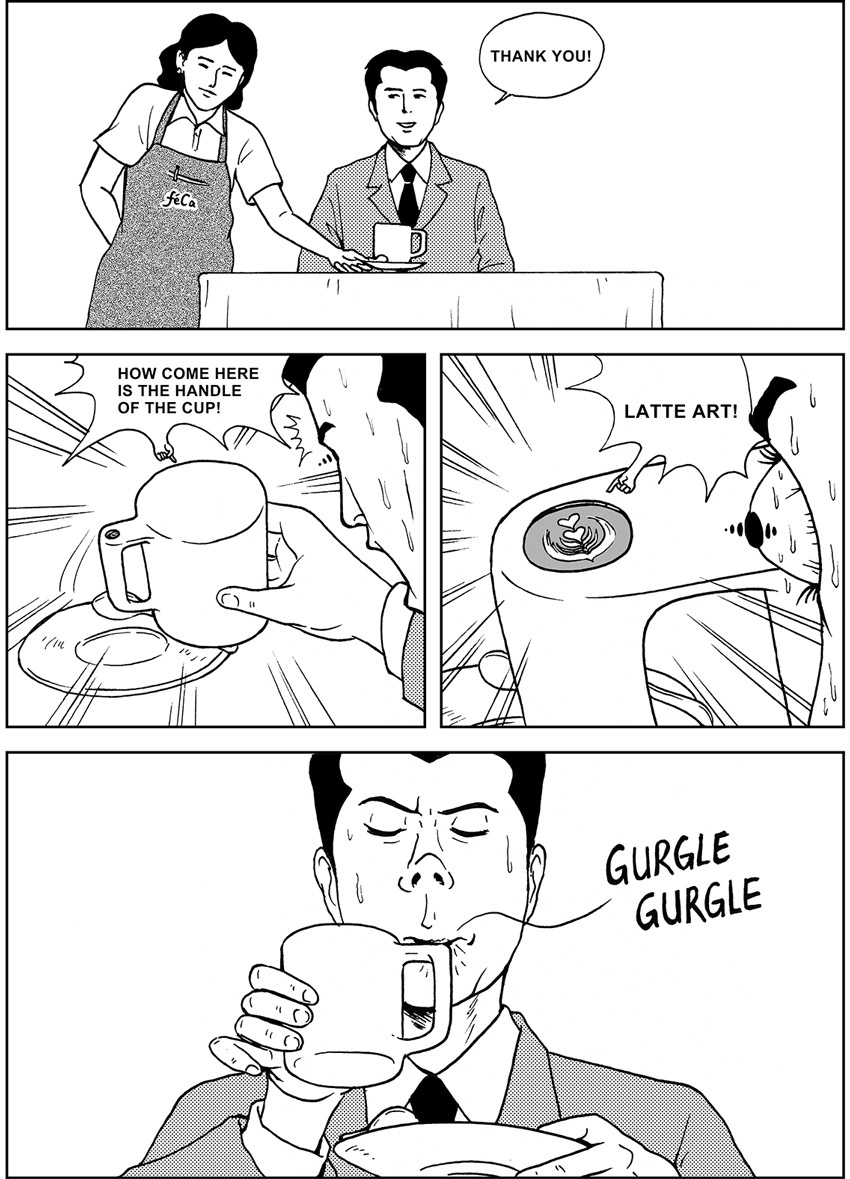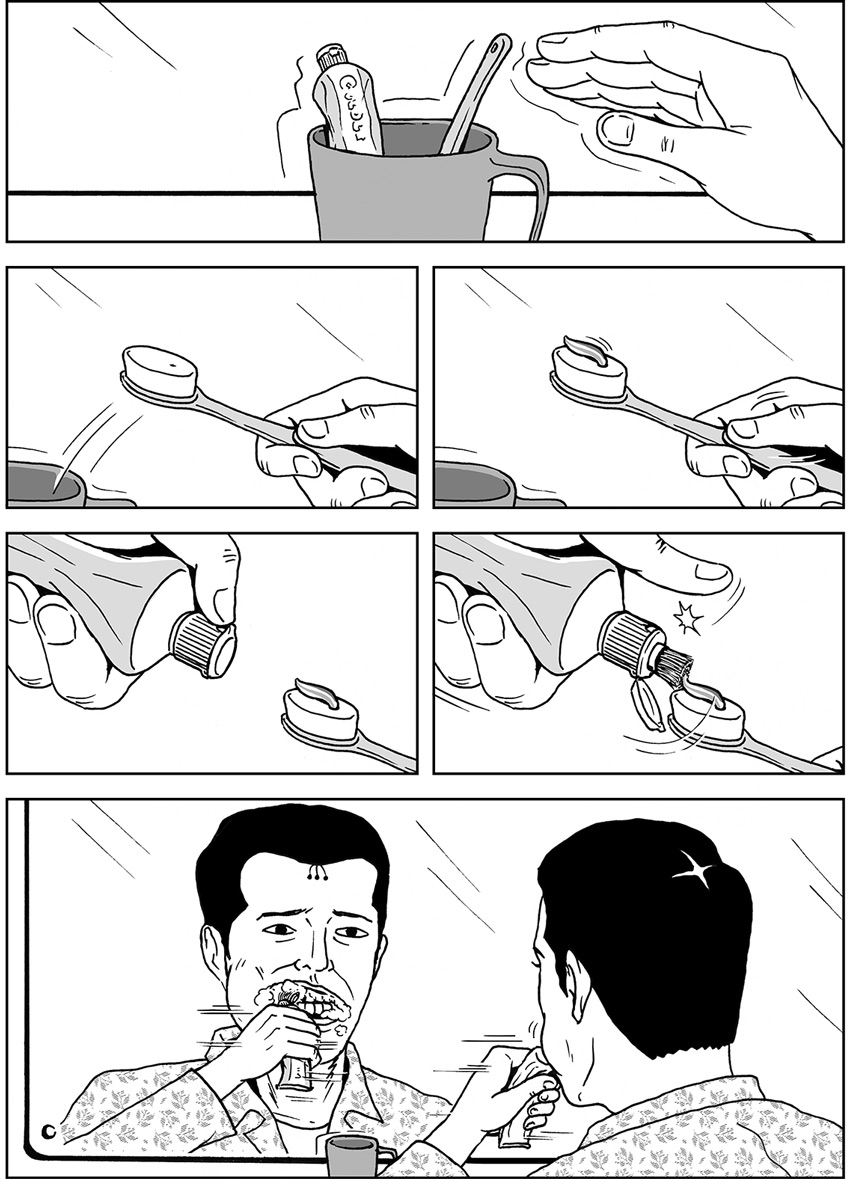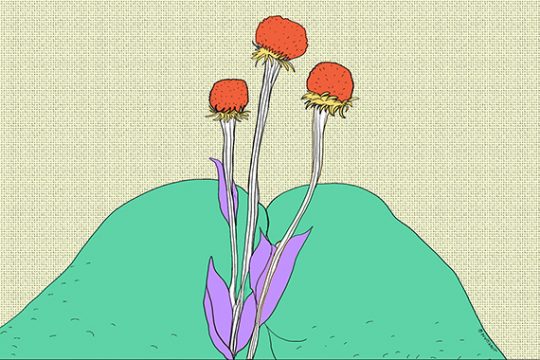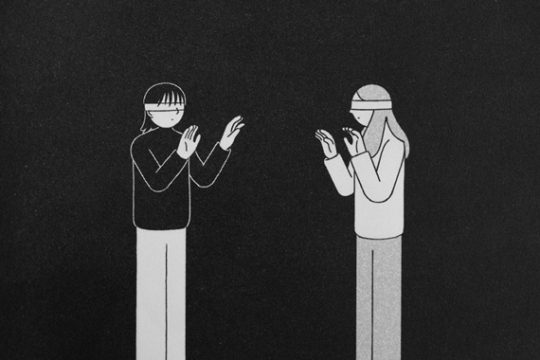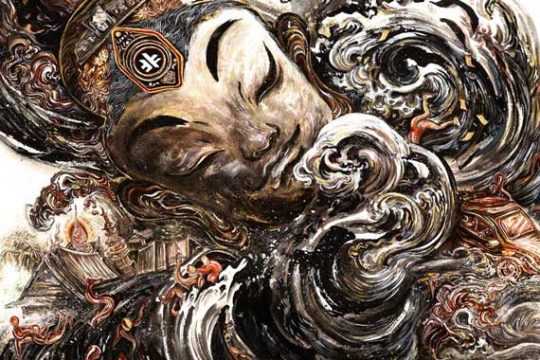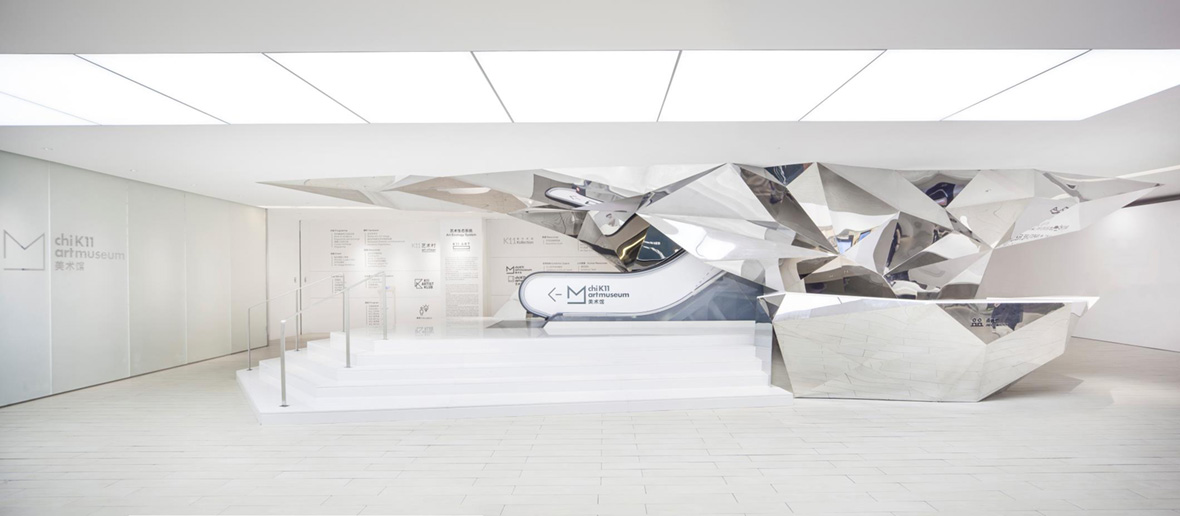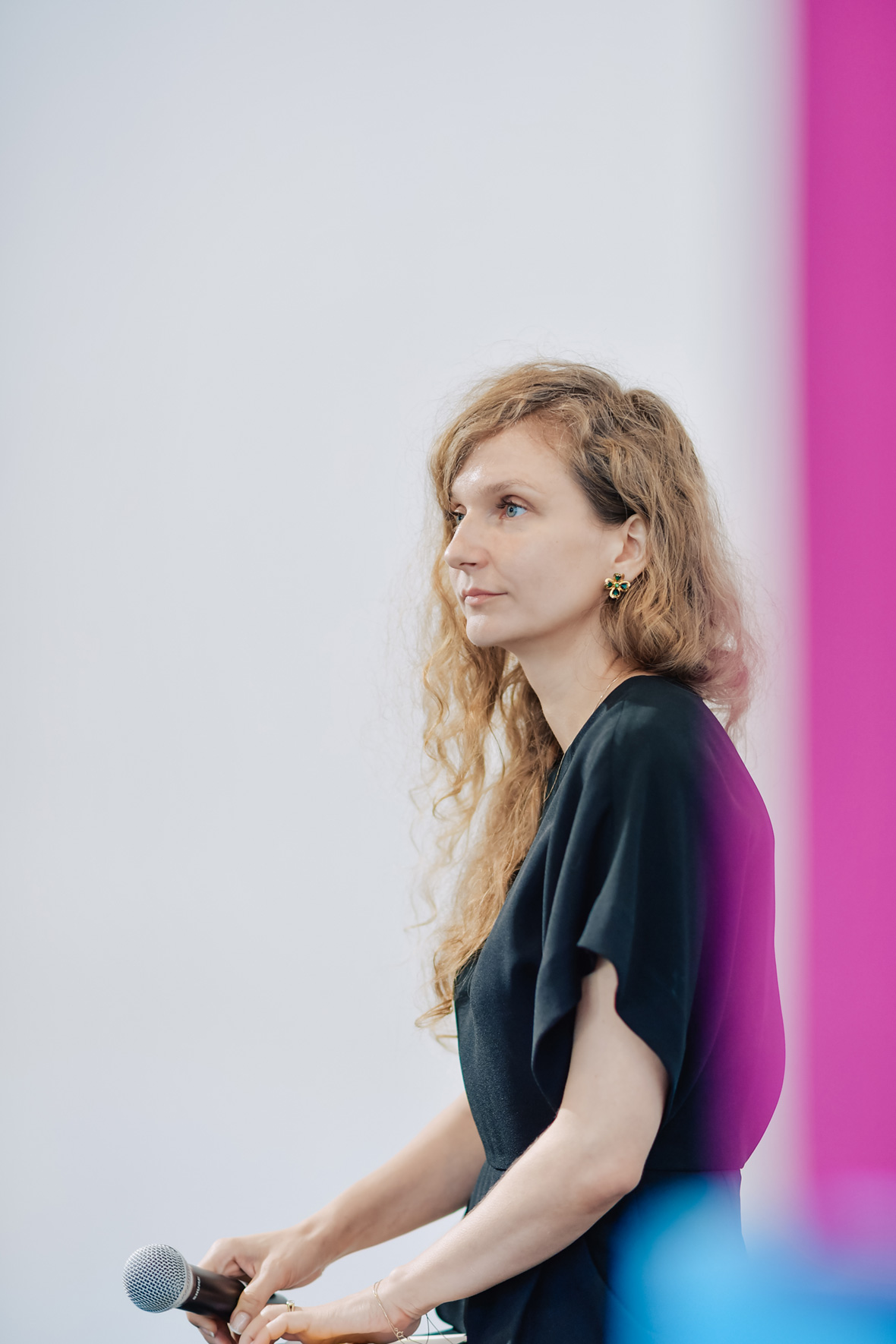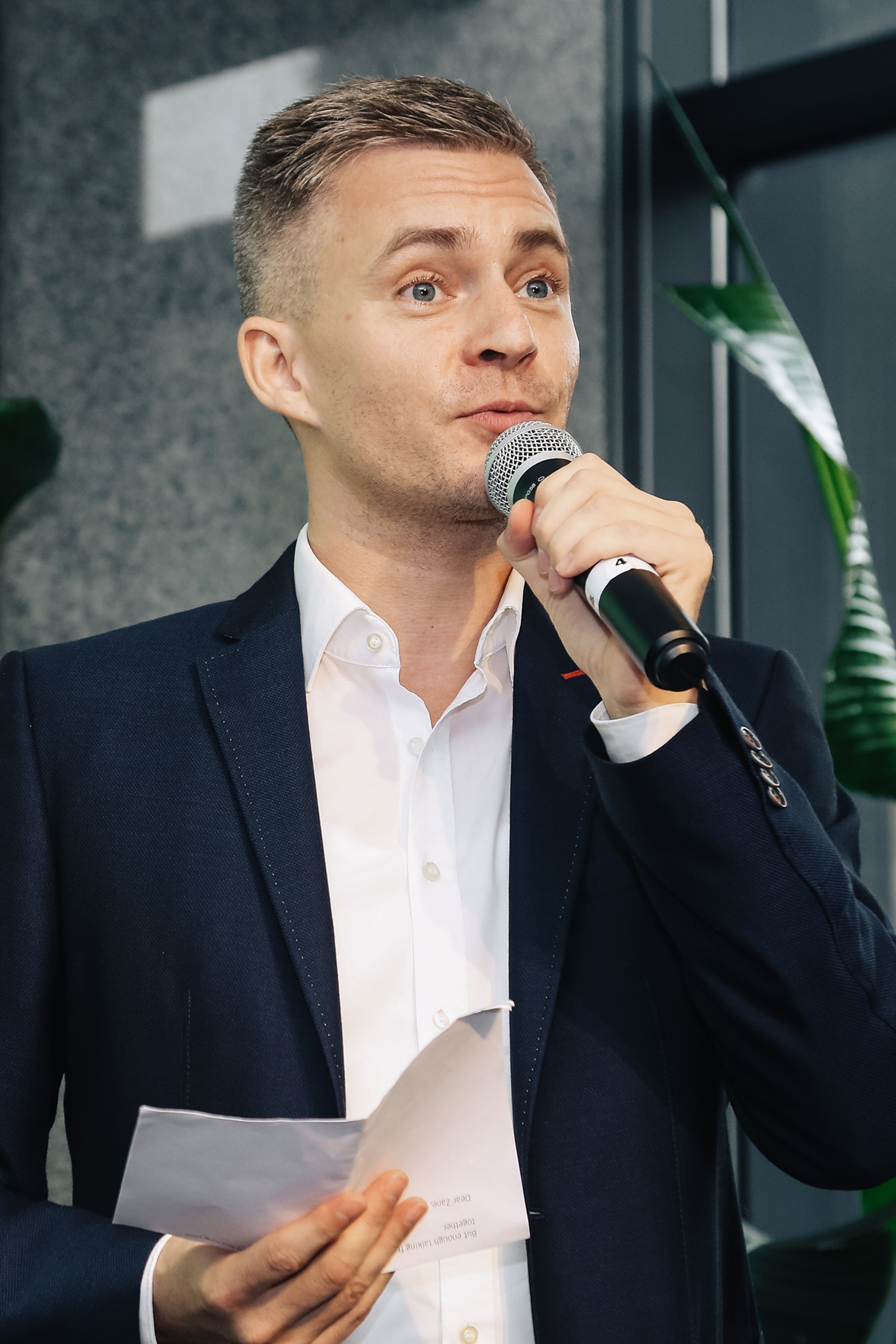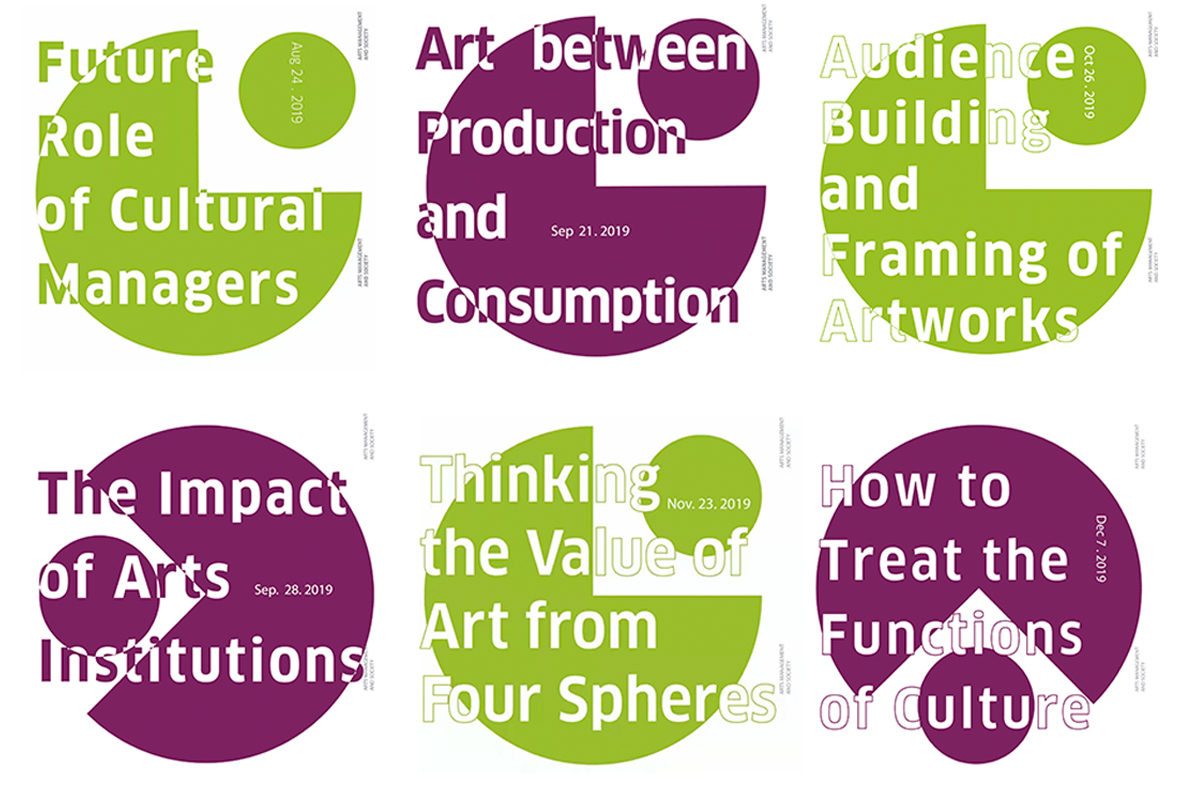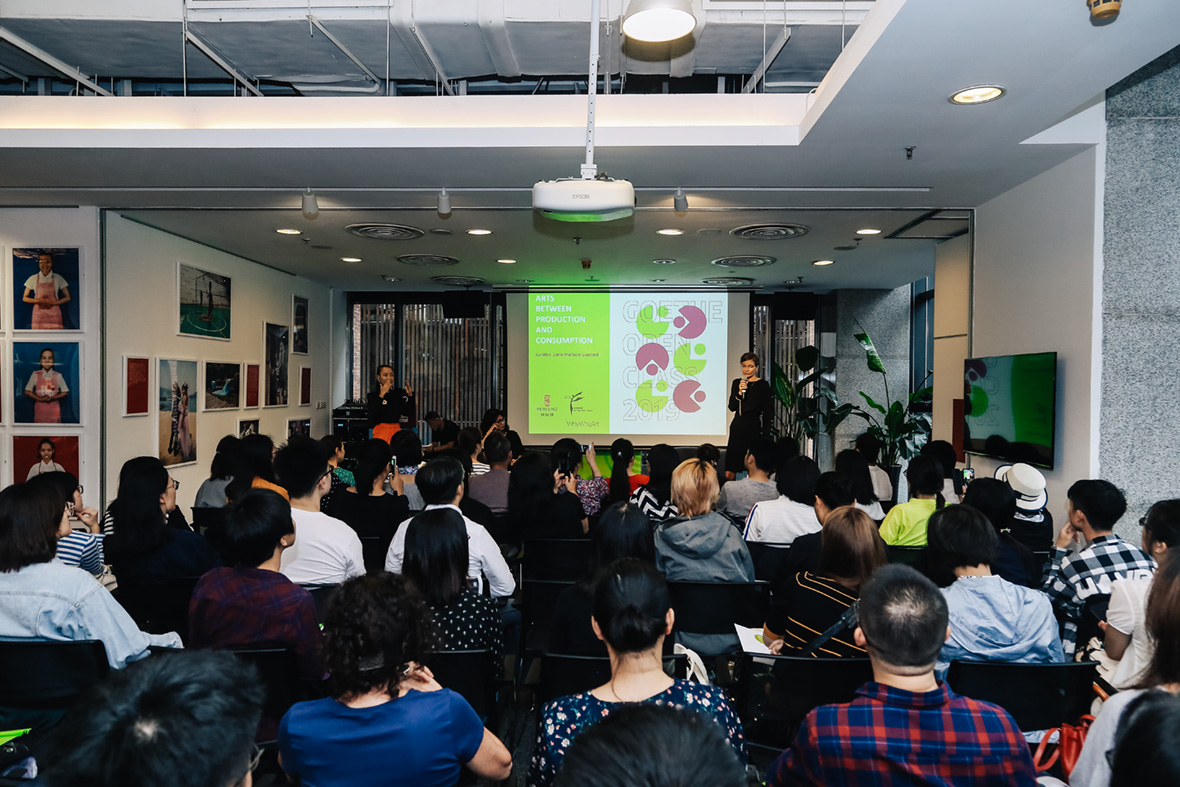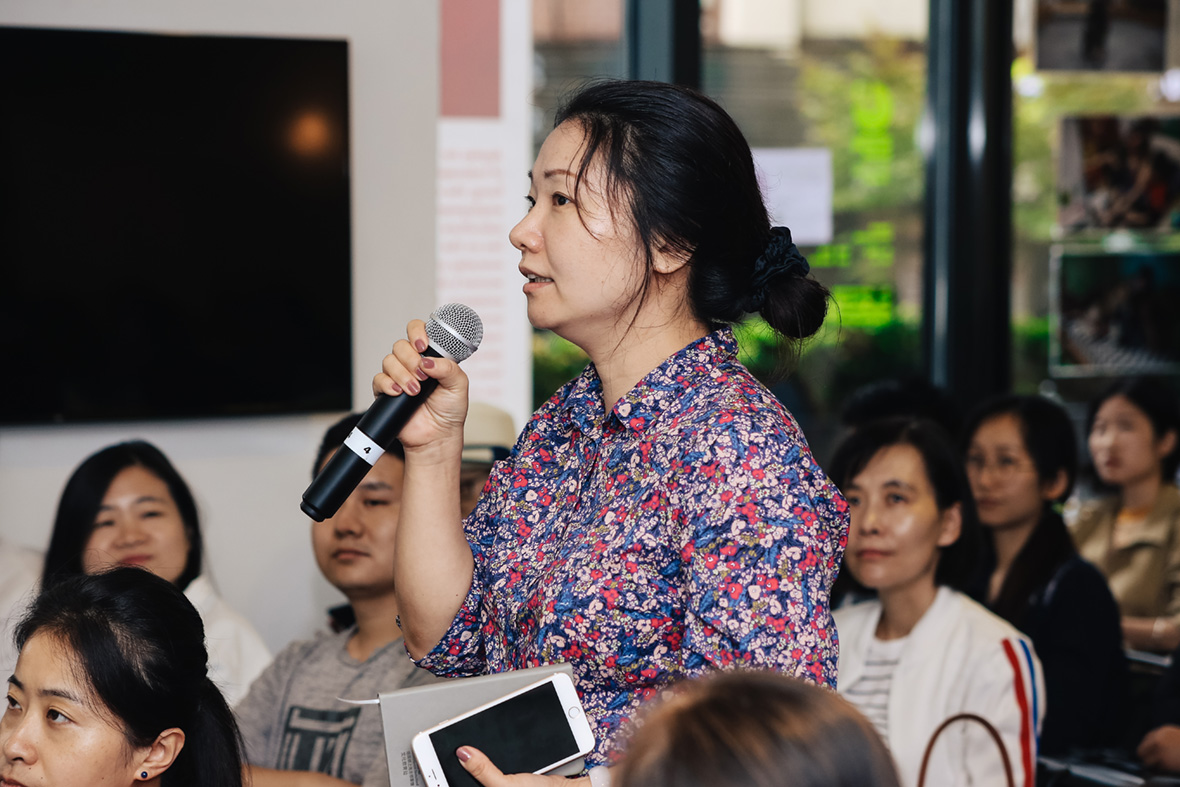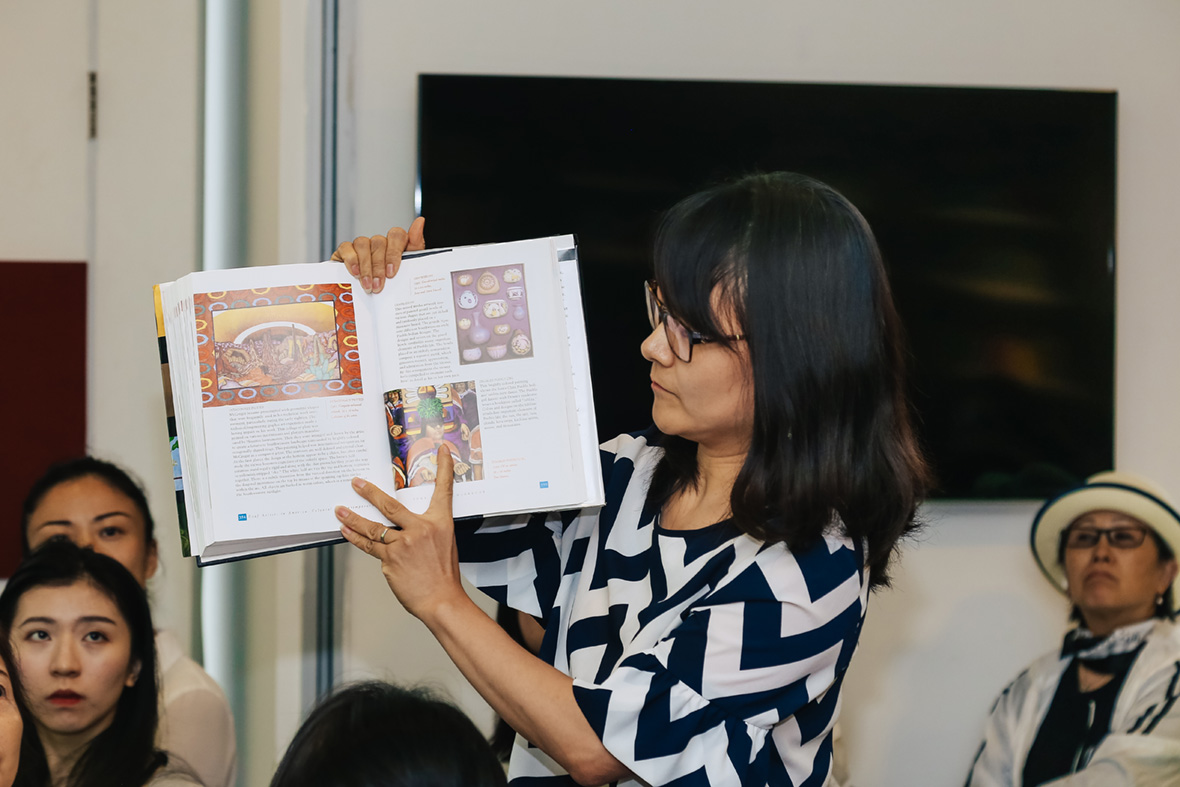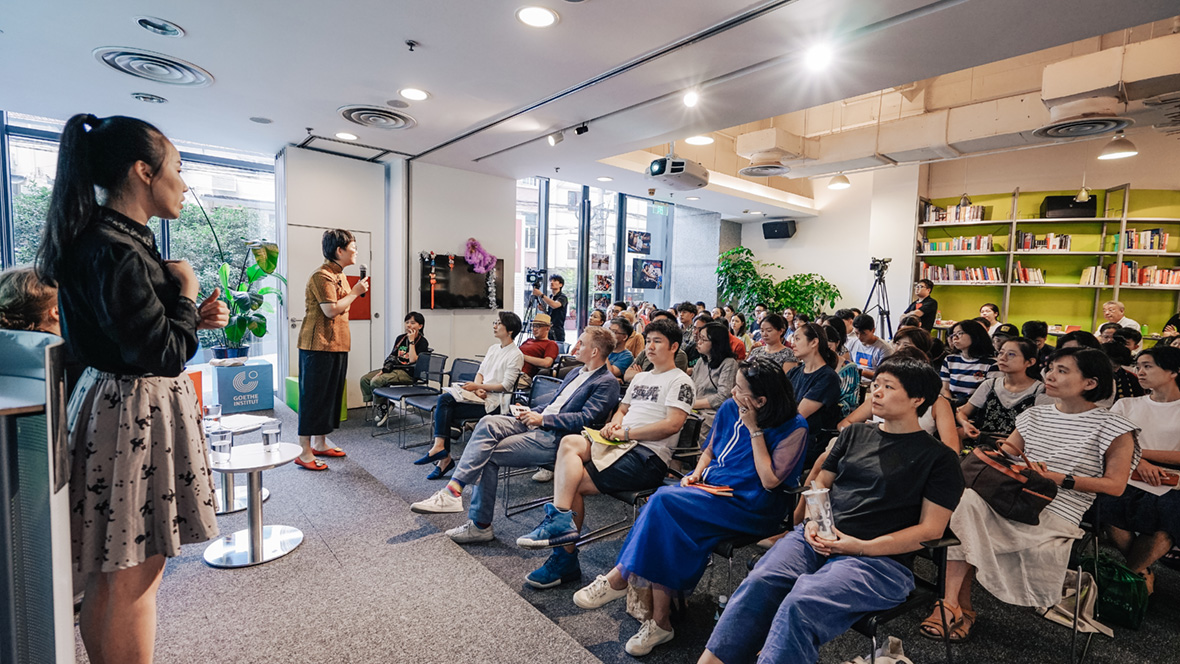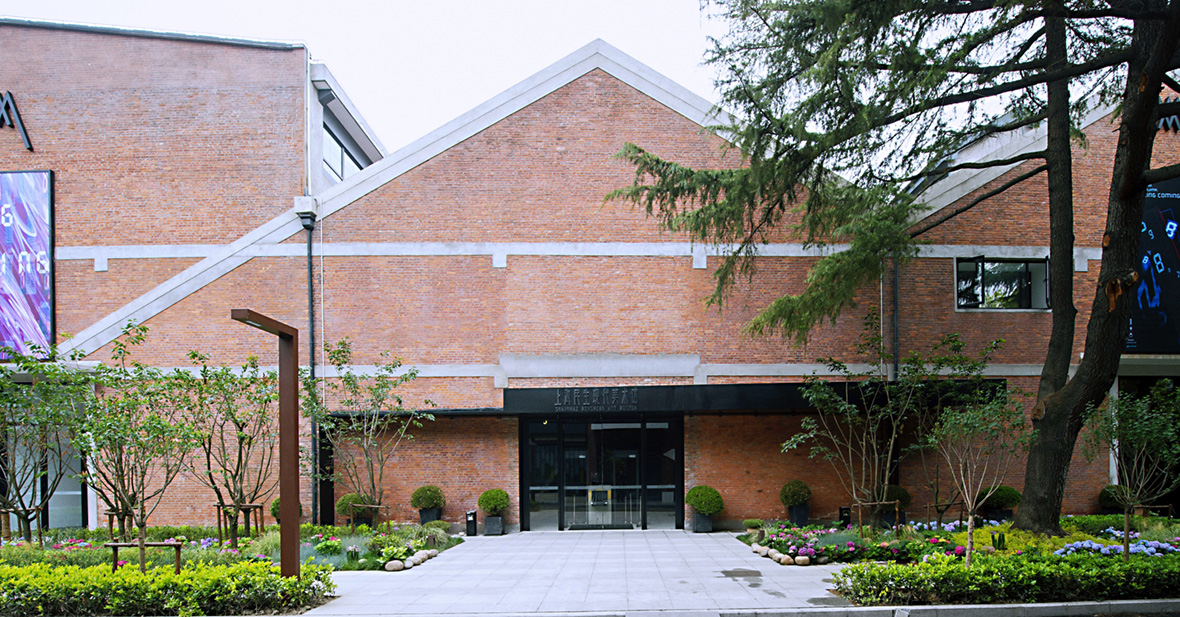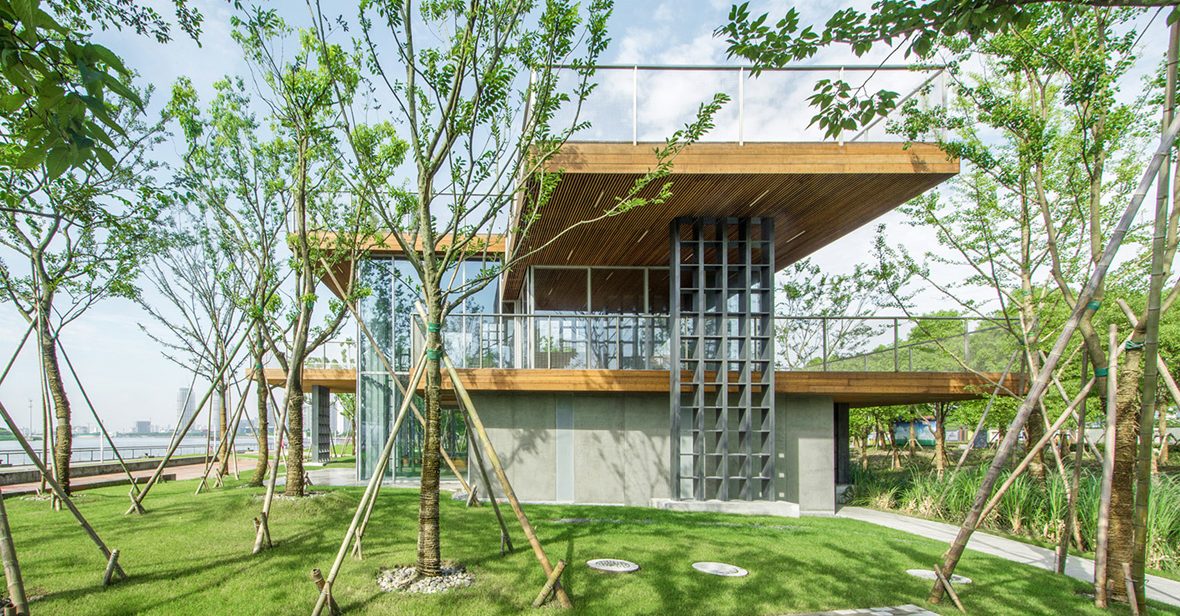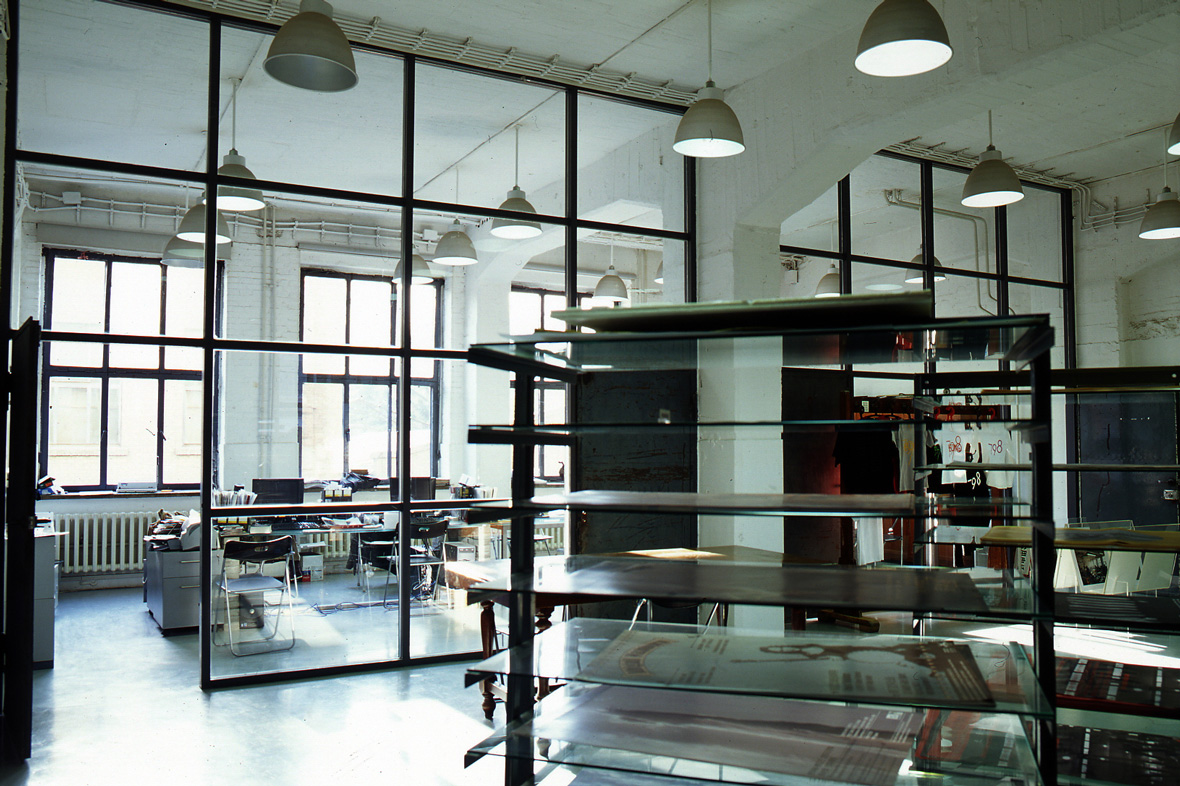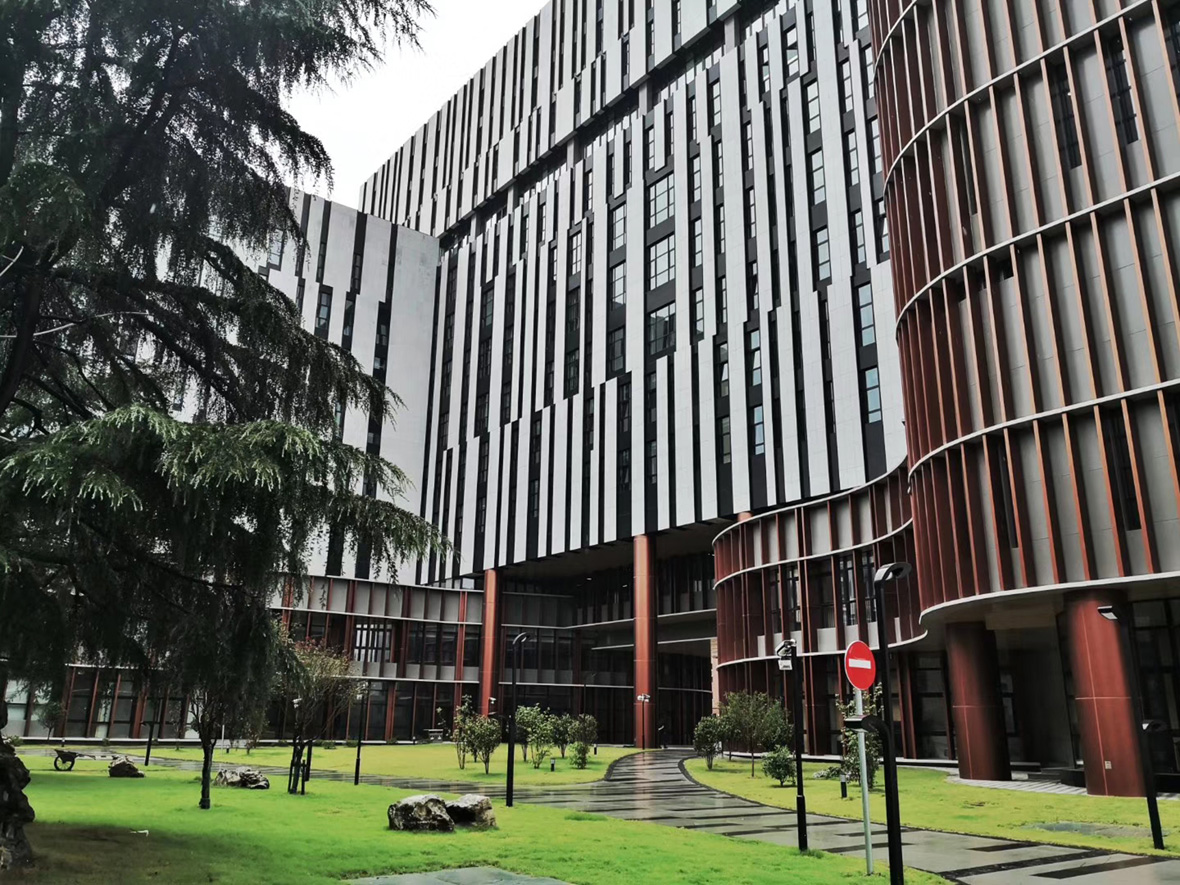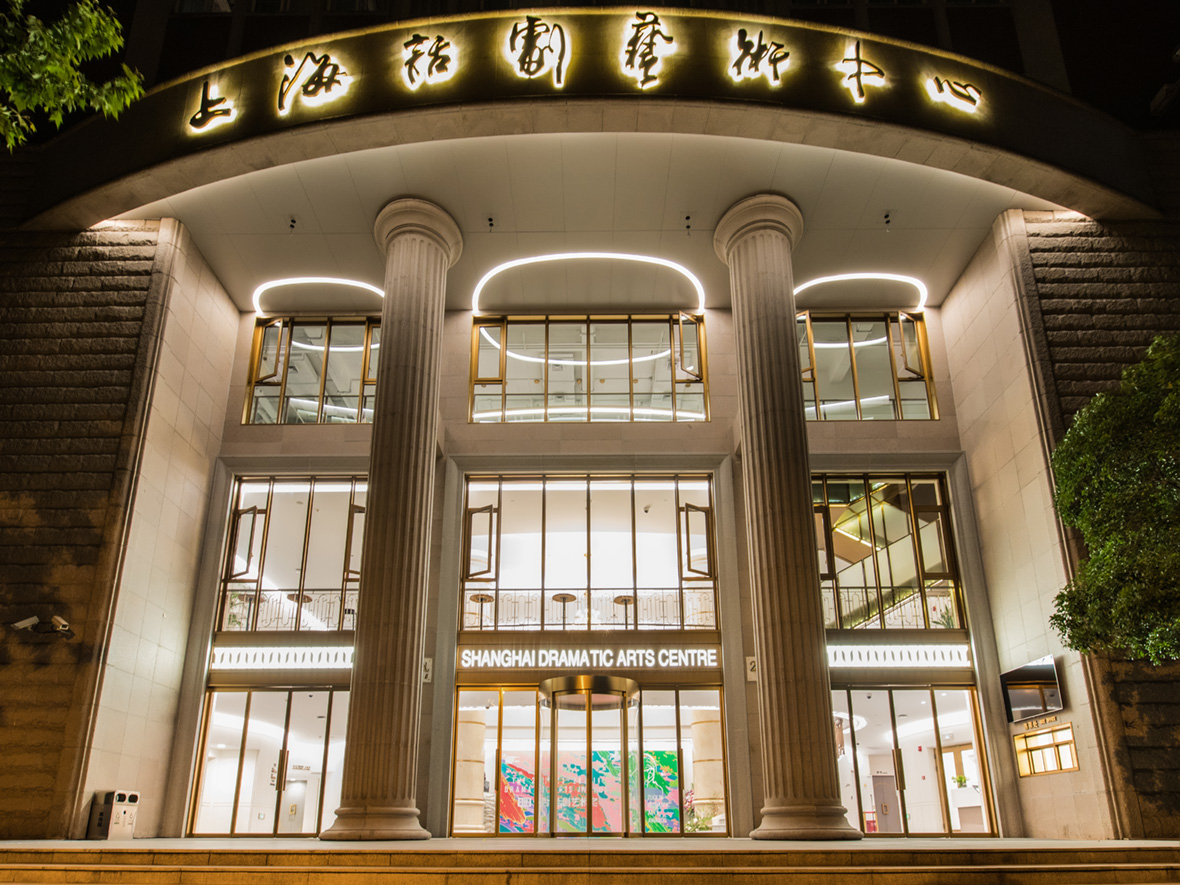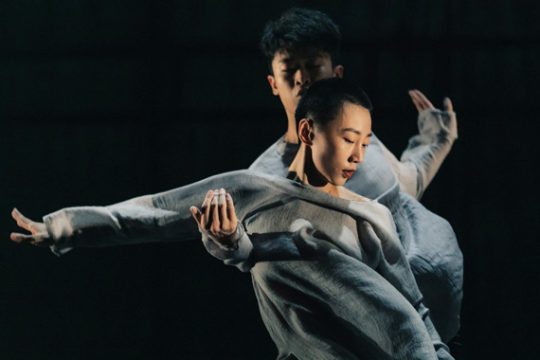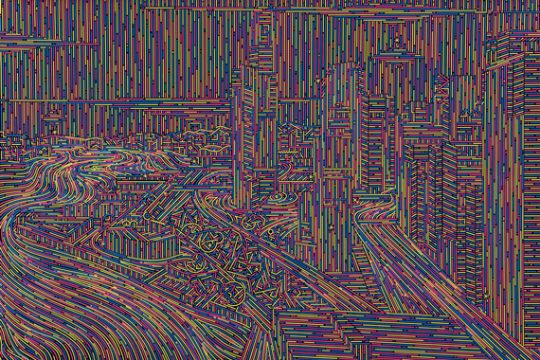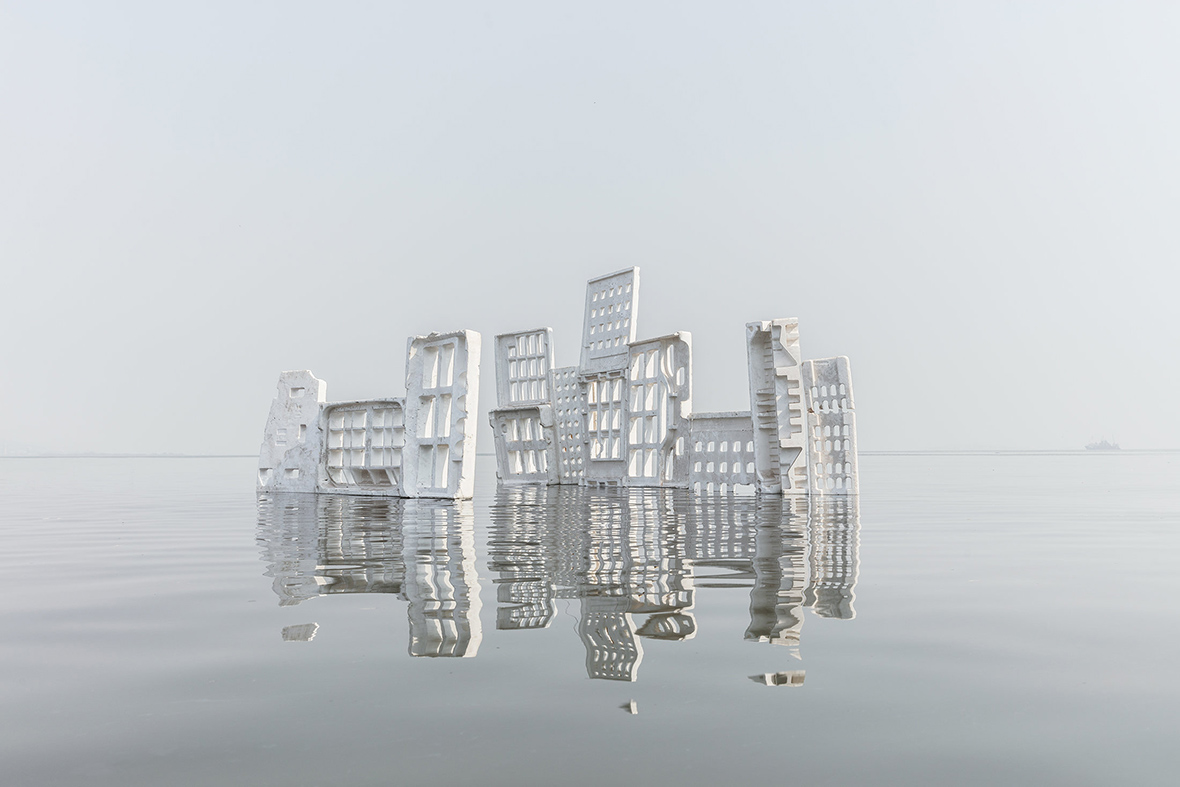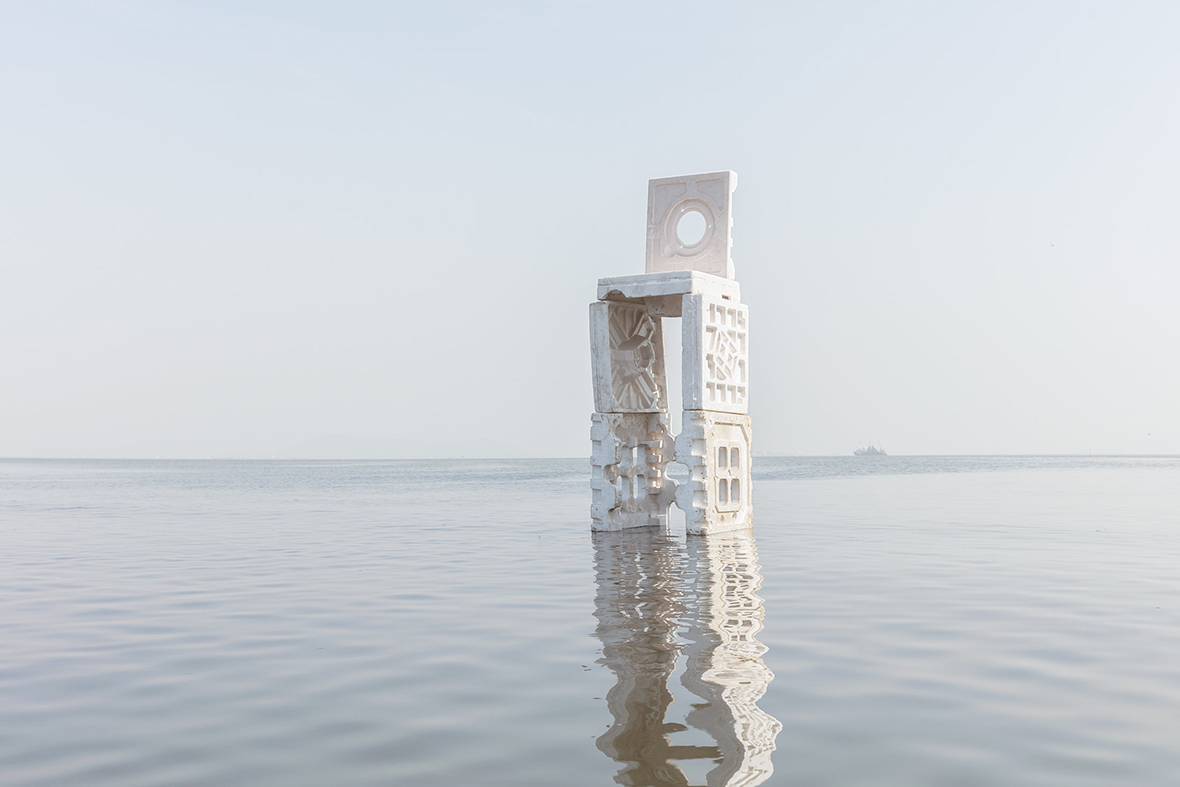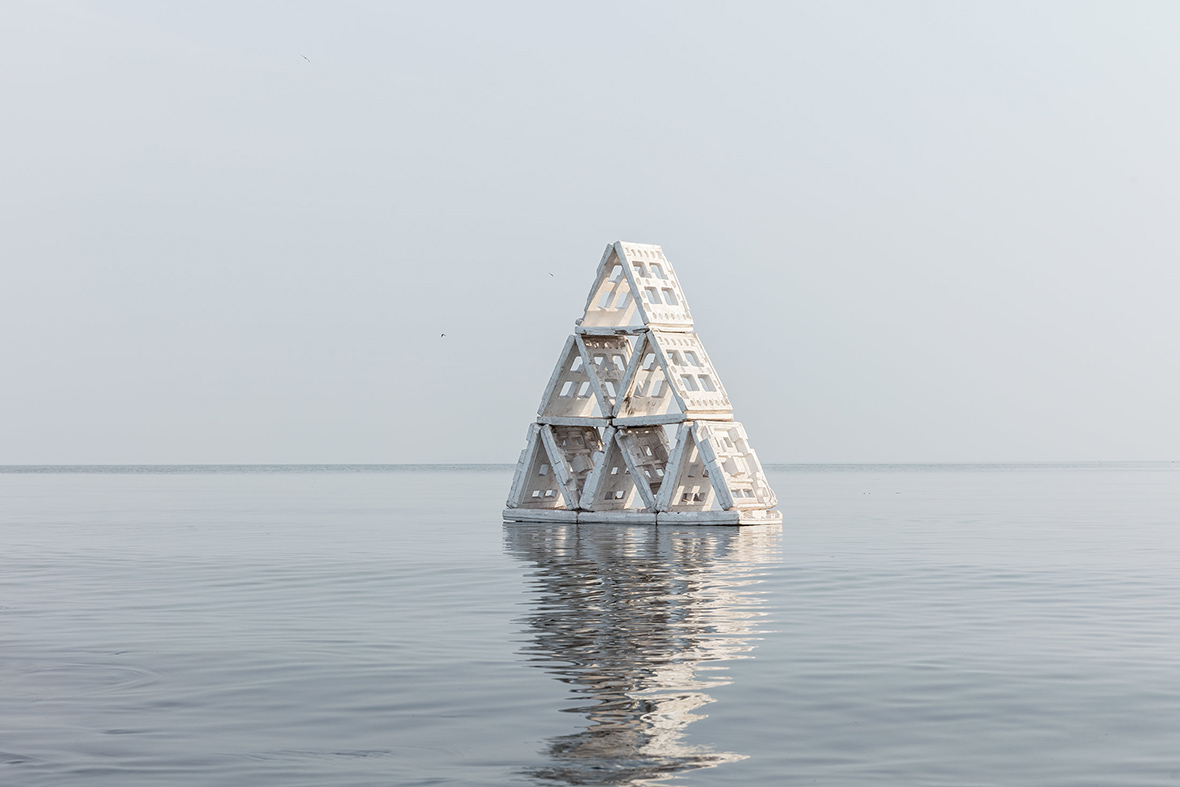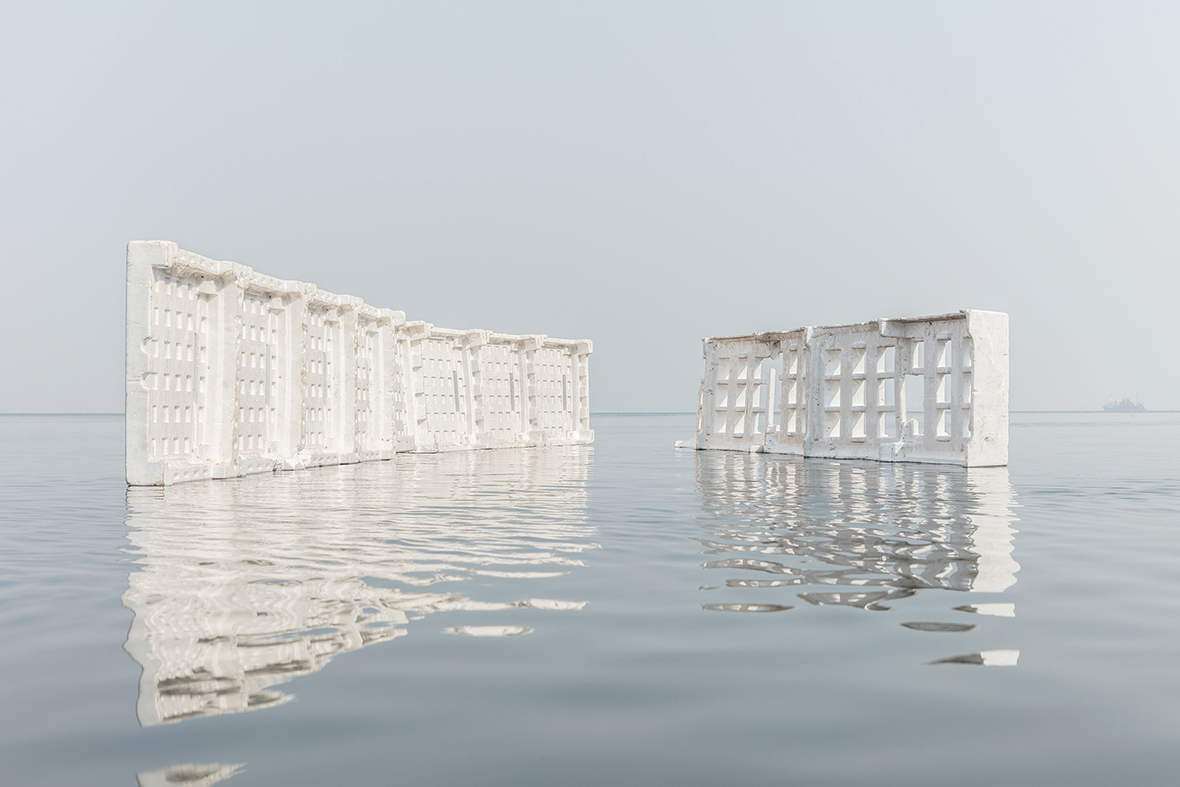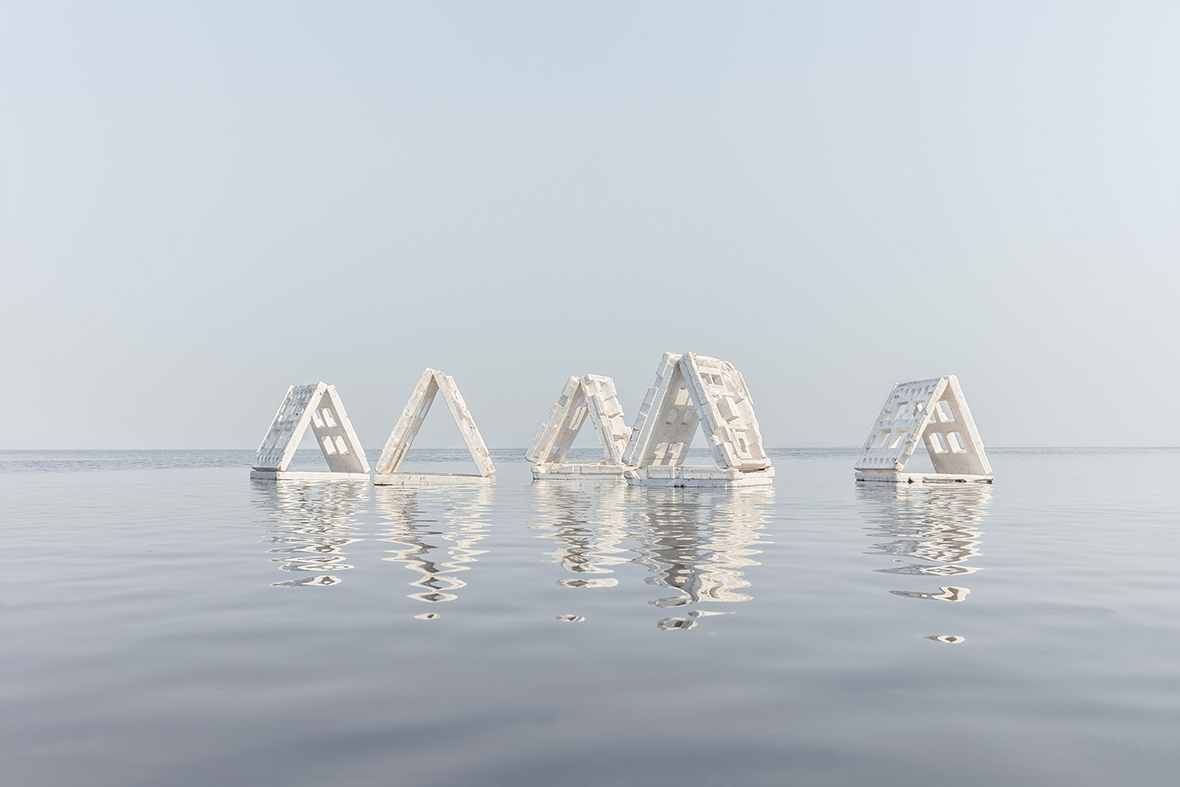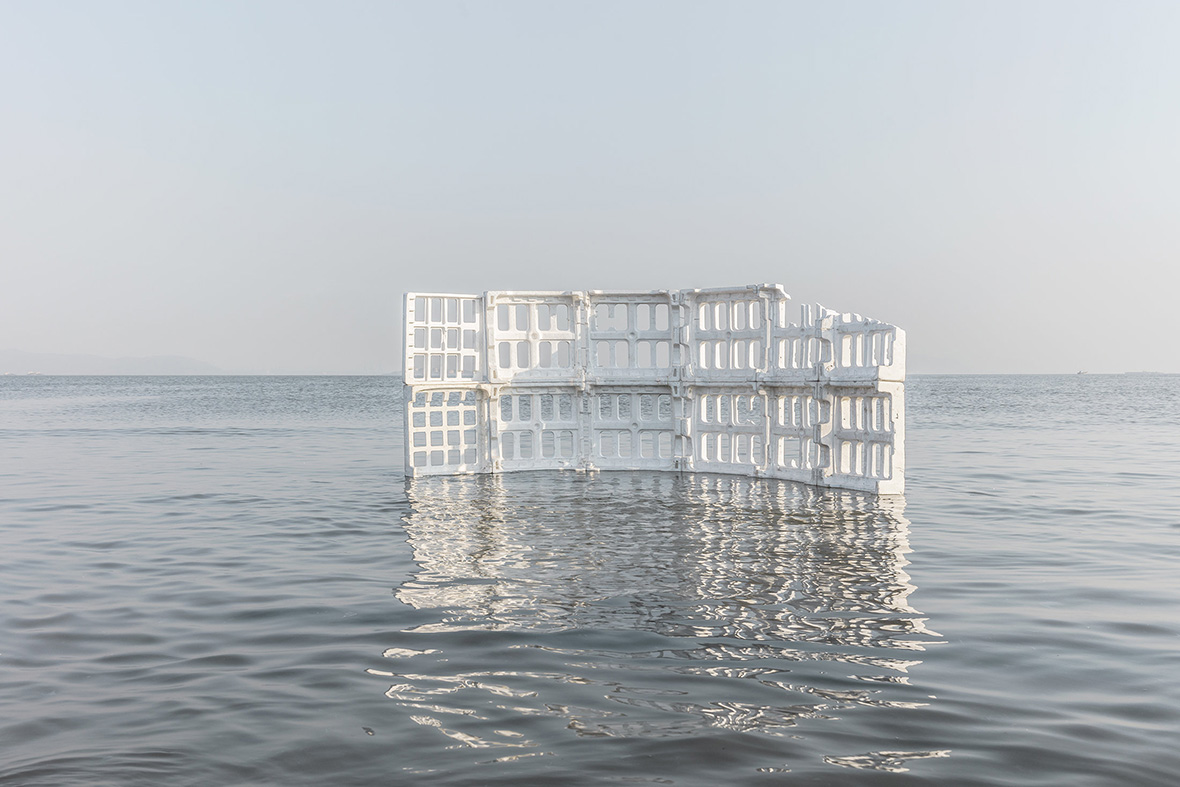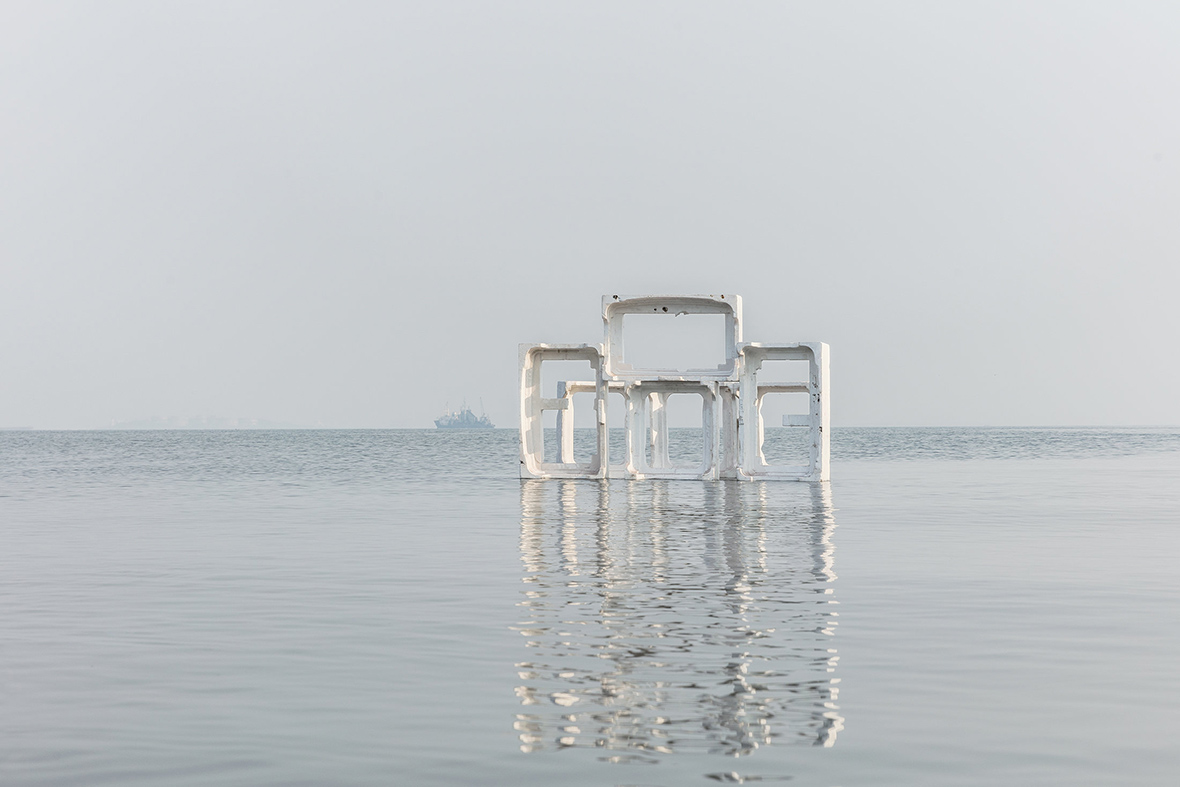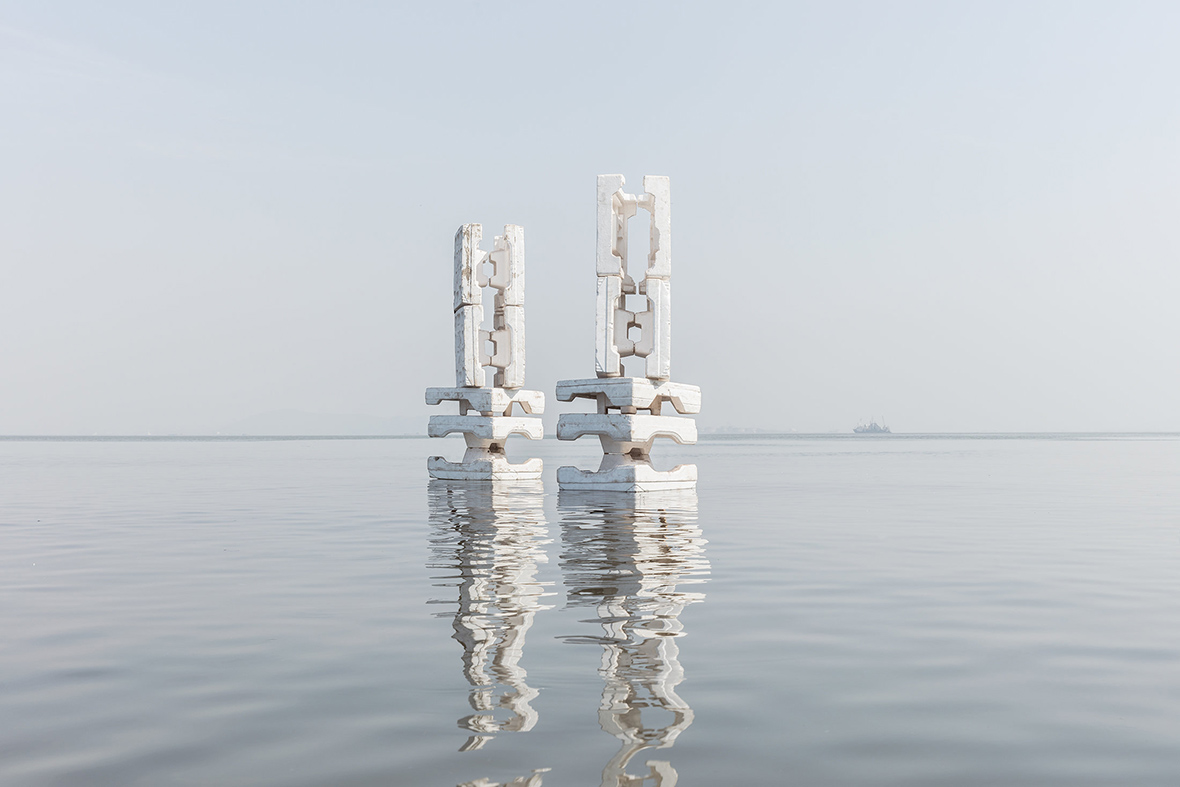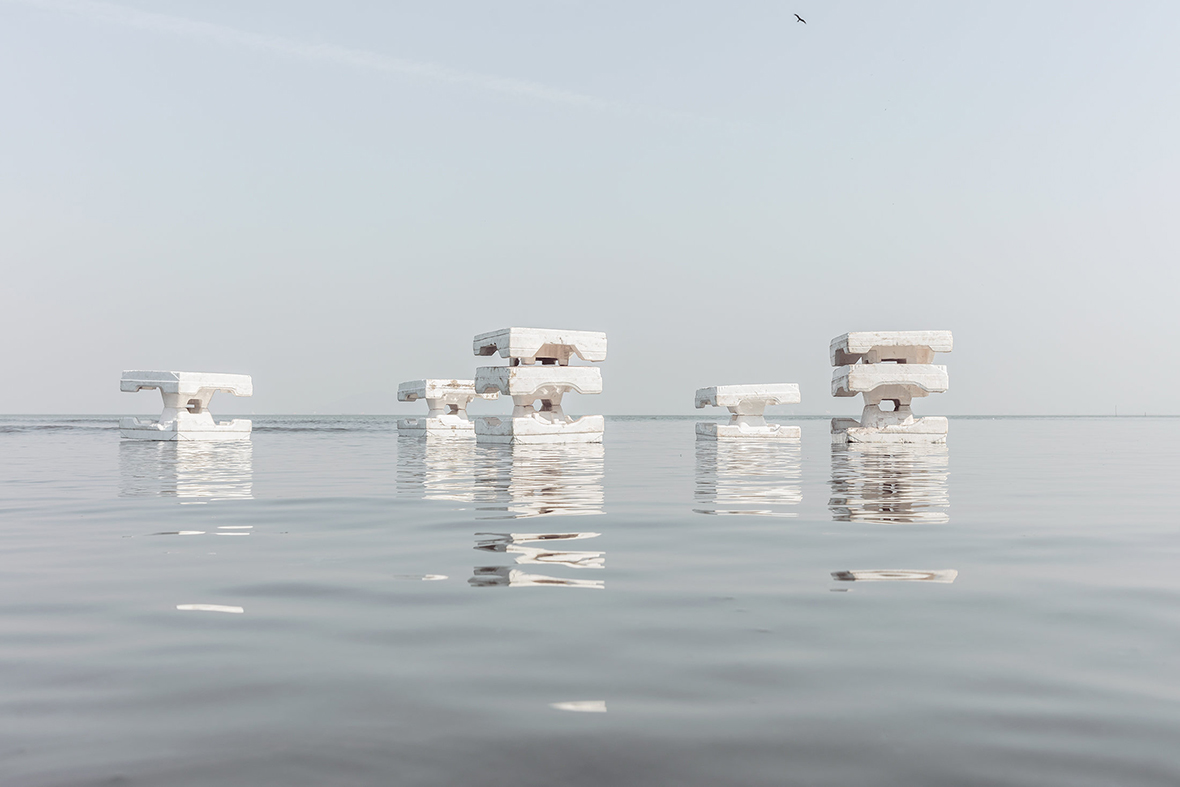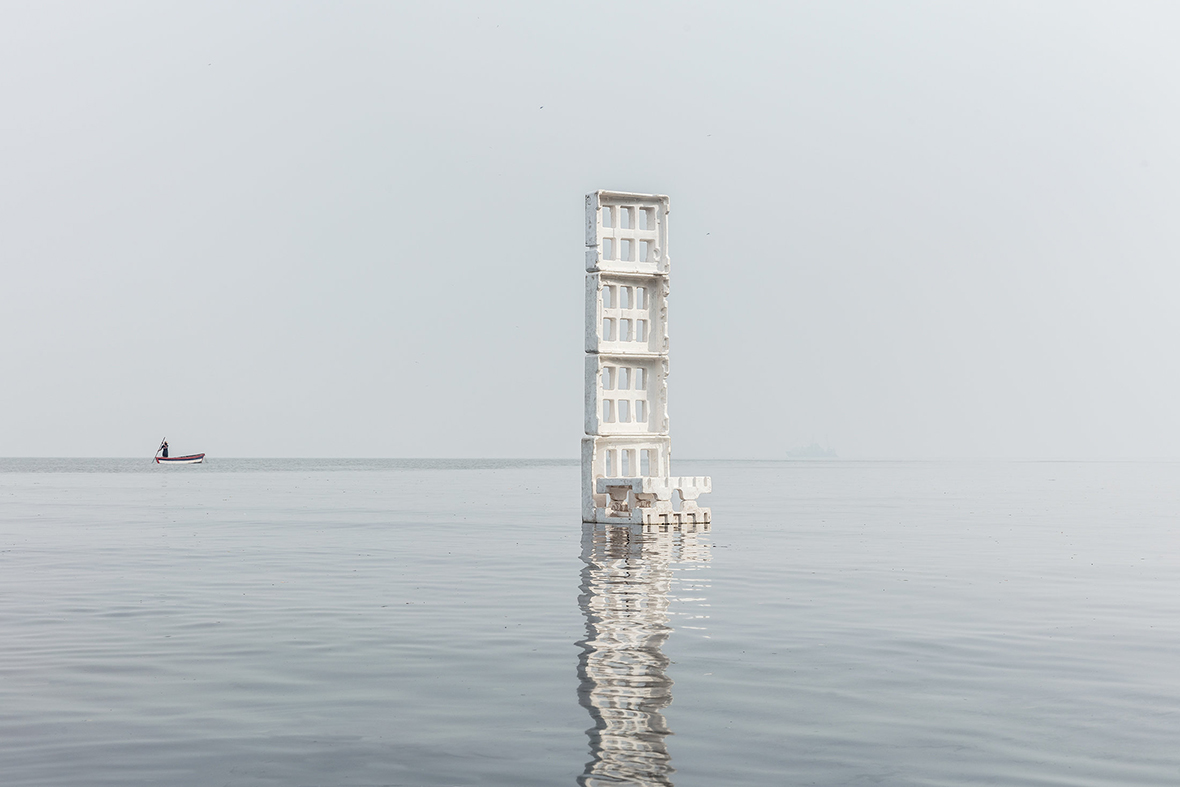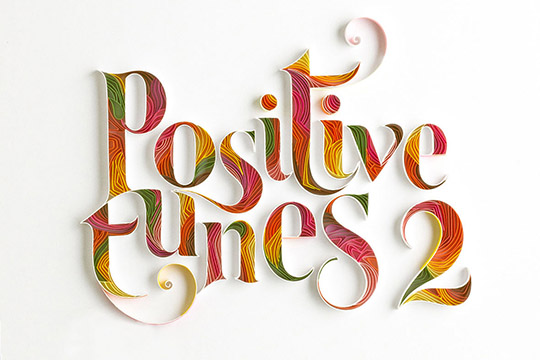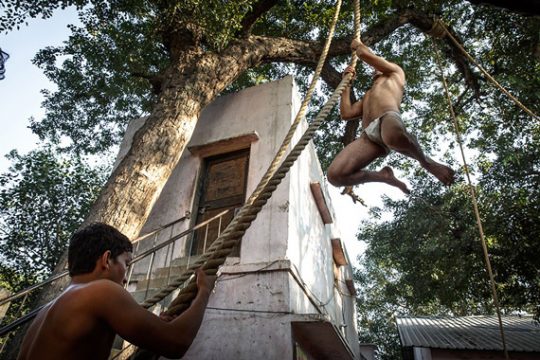无法观看?前往腾讯视频
Why buy a lamp when you can build your own? That’s a question the team at the Hive Lab wants to get more people to ask. The workshop aims to shake consumers out of their readymade comfort zones and realize they don’t have to limit themselves to what’s on offer at Ikea or Taobao. Anyone can create their own things, from lamps to tables to bicycles. In fact, with a little training and the right tools, you too can do it yourself.
Founded by Yan Pu, Tseng Yi-Wen, and Hsiung Yun-Pei, the Hive Lab opened its doors in Shanghai in 2018, and since then it’s provided a place where DIY enthusiasts can use the kind of power tools they’re unlikely to have at home, like jigsaws, belt sanders, wood lathes, or even 3D printers. It also aims to lower the barrier to making your own things by offering courses in the basics of product design and wood- and metalworking. “We offer a completely outfitted shared workshop, a cozy office space, and all kinds of fun design courses and talks,” says Yan. “We believe that training in working with your hands, along with interdisciplinary dialogue and collaboration, are the keys to innovation.”
家里少一盏台灯?买新的还不如自己动手:这是“新蜂巢”创始人提倡的想法。这个工作坊旨在让消费者踏出舒适区,让他们意识到没有必要把所有的期望值限制于宜家或淘宝的商品上。而不管是台灯或者餐桌或者自行车,每一个人都能自己制造物什。只要接受些培训,你也可以自己为 DIY 代言。
由严璞、曾乙文和熊元培共同创立的新蜂巢,于 2018 年在上海开业。自那时起,它就为手工爱好者提供了一个可供使用电动工具的场所,那些不太可能在家里配备的器具,诸如带锯、砂带机、木工车床,甚至三维打印机,都可以在新蜂巢找到。此外,它还开设一些产品设计和木工及金工基础课程,让手工制作更易上手。“我们为大家提供了一个设备齐全的共享工作间,以及一个舒适的联合办公区域,各类有趣的设计课程和讲座,以及创意产品设计和研发。”严璞说,“我们相信,动手能力的培养以及跨学科的交流合作,对创新的产出来说至关重要。”
Maker spaces, as such communal workshops are called, are now a common sight in cities around the world, and Shanghai itself already has several, including Zowoo and Mushroom Cloud. The movement originated on the West Coast of the US in the early 2000s, when people immersed in an entrepreneurial startup culture sought a respite from the internet in the older pleasures of working with their hands. It’s both a product of, and reaction to, online living, and it covers a range of low-tech to high-tech activities. Just as some people brewed their own beer, tinkered on their own circuit boards, or made their own jewelry to sell on Etsy, others learned how to work a saw, and founded communal workshops to share the costs.
Yan, Tseng, and Hsiung met while studying in the UK, where they noticed how popular do-it-yourself culture was. Yan thought DIY spaces would be an opportunity back in China. “It occurred to me that this was a weakness in how China taught innovation,” says Yan. “So once I returned to China, I started making plans for a training space to promote DIY skills.”
现在这样的公共作坊被称为 “创客空间”,在世界各地的城市都很常见,上海也有一些,比如作物和蘑菇云。“创客运动” 这一概念起源于 21 世纪初的美国西海岸,当时人们沉浸在创业文化及精神中,寻求从互联网中获得的喘息机会,享受用双手工作的古老乐趣。它既是网络生活的产物,也是对网络生活的映射,它涵盖了从低技术到高科技的一系列活动。就像有些人自己酿造啤酒,自己制作珠宝在 Etsy 上出售一样,其他人也学会了如何使用锯子、建立了社区讲习班来分担费用。
三位创始人严璞、曾乙文和熊元培在英国留学时相识,他们在那里意识到 DIY 文化超高的受欢迎程度。严璞觉得回中国开设手工作坊会是一个好机会,“我认为这也是中国在创新能力教育上的一个短板。于是在回国后,我开始了筹划这么一个旨在提倡动手能力培养的空间。”
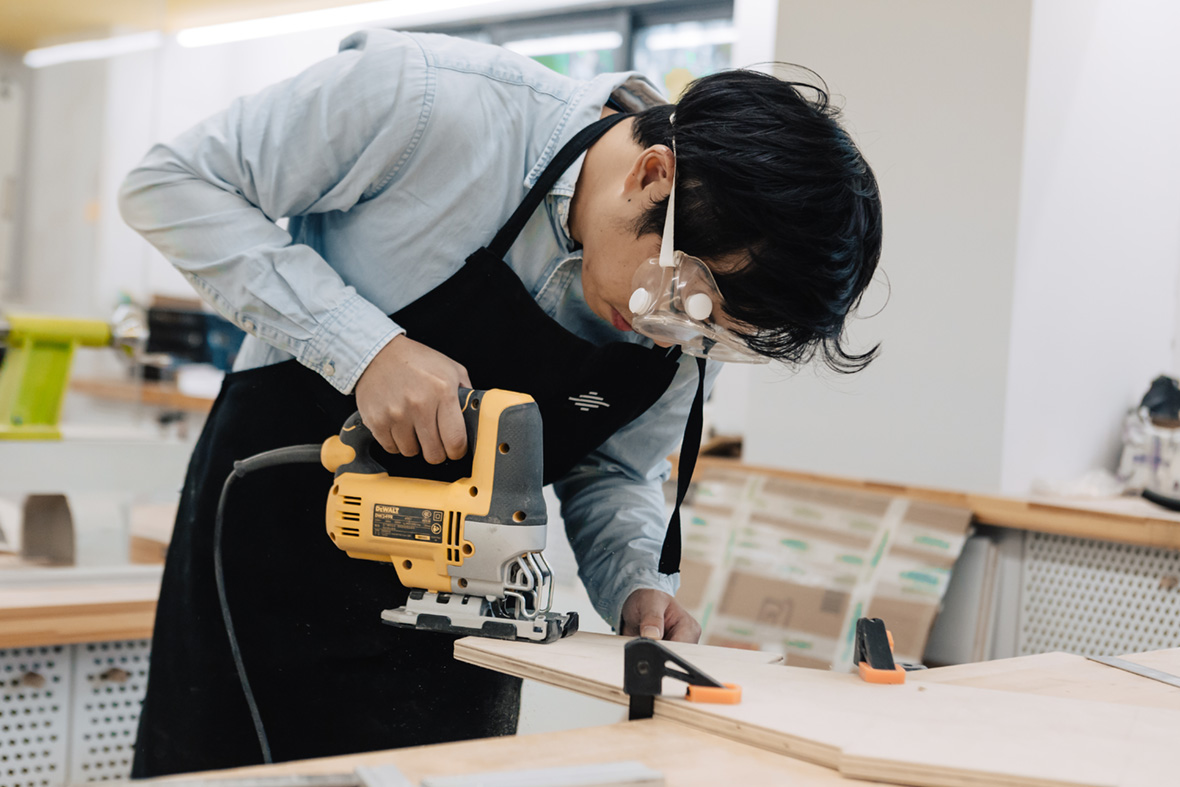
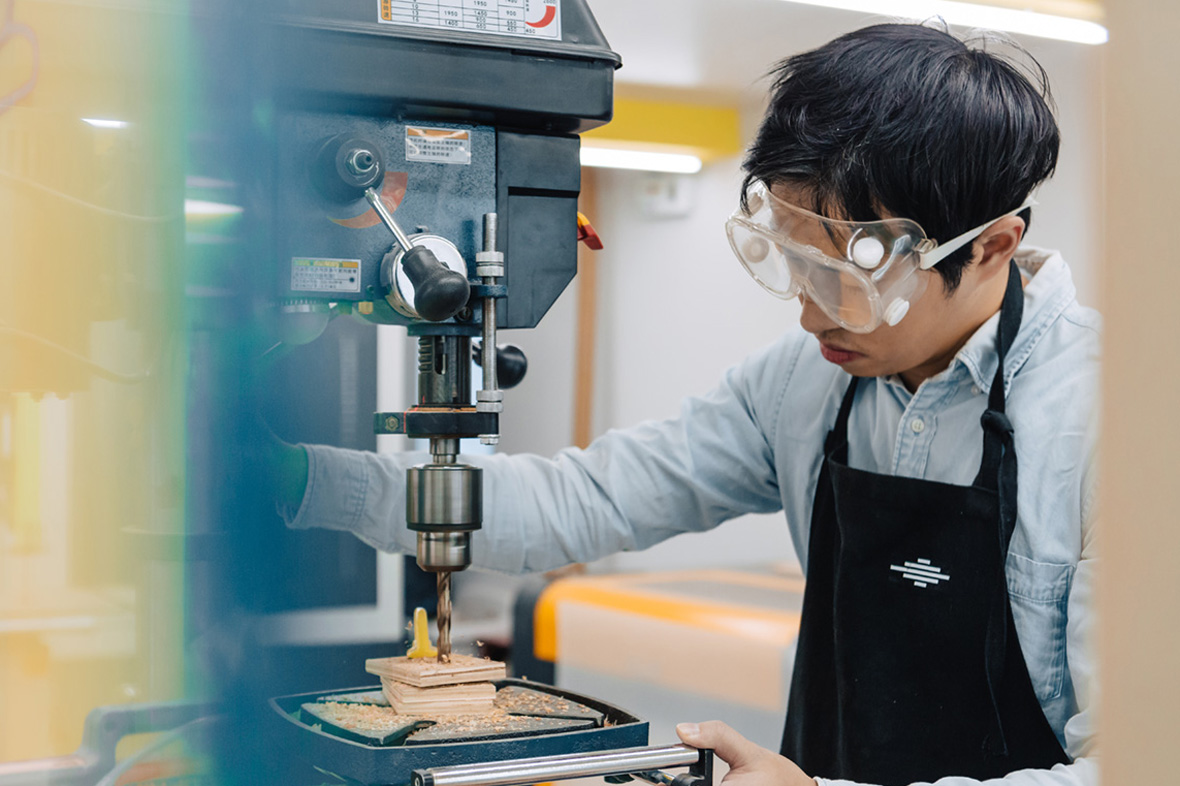
The Hive Lab is a space where people can come together to learn new skills. Designers and anyone else working on a DIY project can use the tools for a daily or monthly fee. Those who want to learn foundational skills can sign up for one of the lab’s many classes. One course teaches students to make a wooden lamp shaped like a puppy, while another lets them “hack” an Ikea product and create something individual. A collaborative course with MMT shows how to build a bicycle out of bamboo, while another collaboration with Yu Design Studio produces a wooden scooter. “Everyone is welcome, not just designers or enthusiasts,” says Hsiung. “We also encourage anyone who has no experience to come see for themselves, to make something that’s their own, and not passively accept what’s already on the market.”
This last comment points to the larger meaning that Yan, Tseng, and Hsiung see in DIY culture: more than a set of skills, it’s a philosophy of creativity. “As we see it, innovation doesn’t just spring from the mind but comes from testing, through constant experimentation and iteration,” says Tseng. “Design through making” is one of the team’s watchwords.
新蜂巢是一个人们可以聚在一起学习新技能的地方。设计师和其他参与 DIY 项目的人可以支付单节课或每月的费用,来直接使用工作坊配备工具。想要学习基础技能的学生,则可以报名参加工坊的专项课程,比如其中一门课程专门教授如何制作小狗形状的的木灯,另一门课程则带领学生改装宜家的产品,并创造出个性化的产物。而一项与 MMT 合作的课程,则展示了如何用竹子建造自行车;另一个与 Yu Design Studio 合作的课程,让学生参与了木滑板车的制作。“我们欢迎所有人参加,不光是设计师或者爱好者。”熊元培说,“事实上我们鼓励所有没有动手经验的人们也来体验,自己来动手创造出属于自己的东西,而不只是被动接受市面上已有的东西。”
这也恰恰点明了三位创始人在 DIY 文化中看到的更大意义:它不仅仅是一项技能,更是一种创造力的哲学。“在我们看来,创意本身并不是一拍脑袋而跳出来的,而是通过不断的试验和迭代而来。”曾乙文如是说。“通过动手来创造”,正是团队的宗旨。
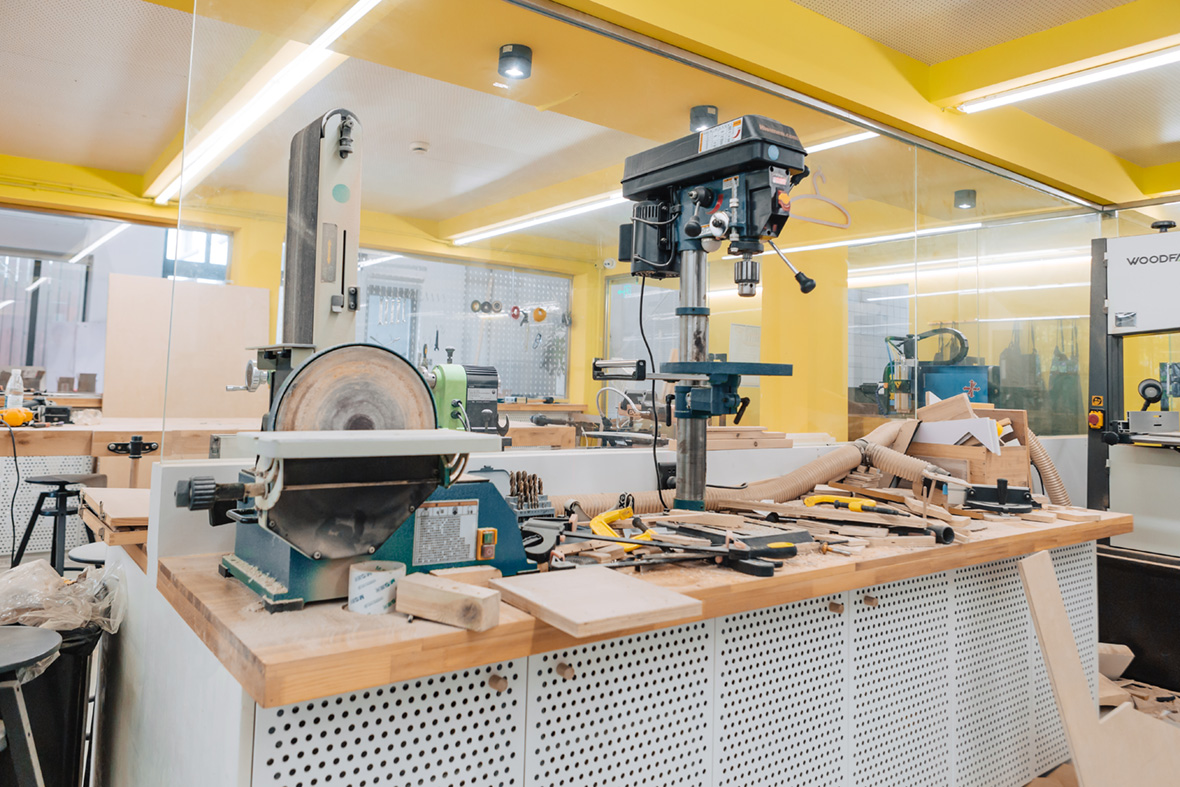
If you can build your own lamp, if you can make a bike frame from bamboo, if you can repurpose your Ikea chair, what else can you do on your own? It’s about not accepting the world as it’s packaged and presented and sold. This insight has implications that go beyond furniture or home improvement projects. It could even—who knows?—be political. “DIY is also an attitude of challenging the status quo and solving problems in your own way,” adds Hsiung.
创客创造的,远不只家具。如果你已经能够亲手制作台灯、用竹子组装自行车架、手动改装宜家的椅子,你或许可以创造更多。这关乎一种理念:你可以向包装并陈列好的商品世界说“不”。而它的含义,早已超越了家具及改装课程。它甚至可能关乎政治态度——谁知道呢?“DIY 也是一个挑战现状、用自己的方式解决问题的态度。”熊元培补充道。
When the maker movement came to China a few years ago, it initially enjoyed strong support as part of a policy to boost innovation. Encouraging people to tinker and make their own things would, it was hoped, promote creativity throughout the economy. Yet China’s rapid development in manufacturing and technology as also inhibited maker culture, says Yan. “It’s spoiled people, because when anyone needs something their first instinct is to buy it new, rather than to think about how they could save money and time by making it themselves.” In the world’s most convenient country, where you can order anything you need on your phone, DIY is still far from the mainstream. Perhaps even more than in the West, here the maker movement is countercultural.
Nevertheless, Yan’s optimistic about the future. “As digital manufacturing technology improves, the speed of the internet increases, and demand for individualized products grows,” he says, “DIY will become more democratic and more common. I think this is the overall trend, both in China and abroad.” Why make do, when you can make?
几年前“创客运动”作为促进创新政策的一部分来到中国时,最初得到了强有力的支持。人们寄希望于鼓励动手修补、制作自己的东西,以助于促进整个经济产业的创造力。然而严璞说,中国在制造业和技术方面的快速发展,也反过来抑制了创客文化。“大众被惯坏了,大家需要什么第一反应就是直接购买新的就行,而不是想为了省钱省时间怎么自己动手去解决。”在这个世界上最便捷的国家,你可以在手机上订购任何你需要的东西,DIY 离主流群体还很远。与西方相比,这里的创客运动是 “反主流趋势” 的。
尽管如此,严璞对未来依然很乐观。“在未来随着数字制造技术和网络的加速升级,大众对个性化产品的需求与日俱增的情况下,DIY 在未来将会变的更加大众和普遍,相信这个大趋势无论在国外还是国内都是一样的。”自制代替购买,何乐而不为?
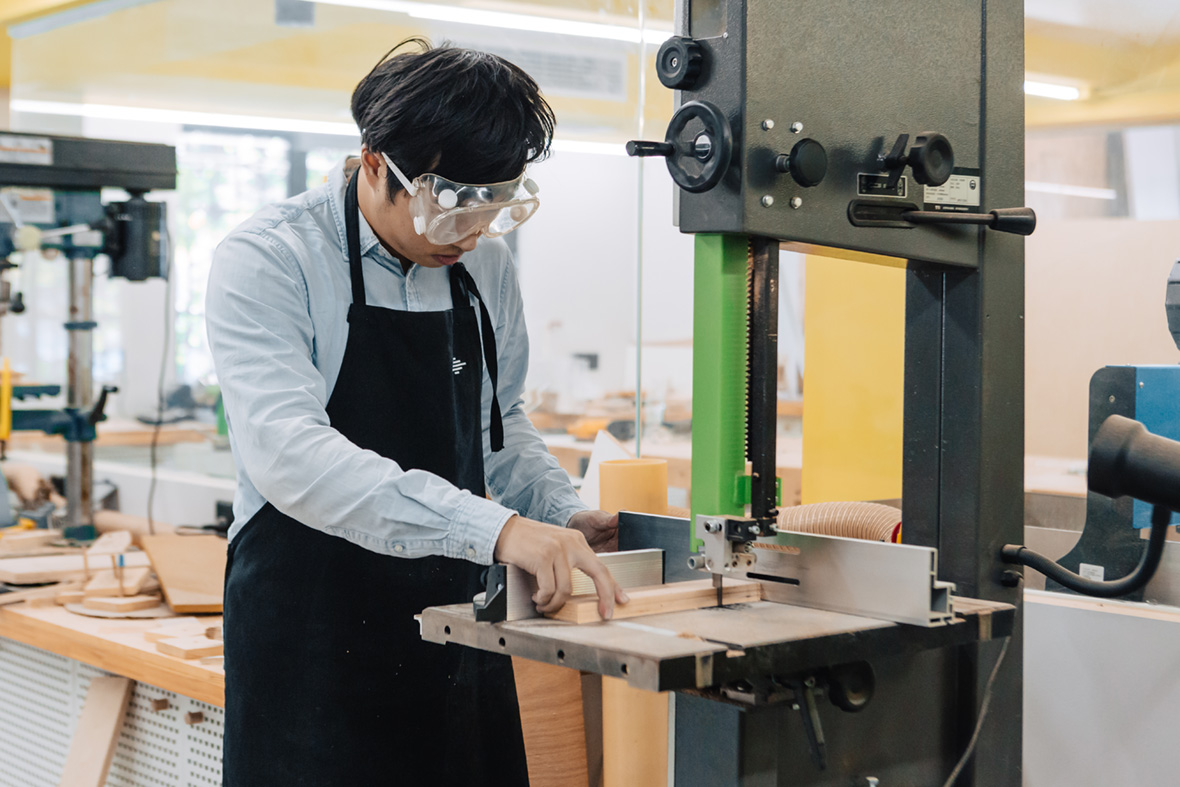
The Hive Lab is taking part in Shanghai’s FutureLab 2019 at the West Bund Art Center. Stop by their booth this weekend, or visit their studio in Jing’an.
Studio Address:
800 Changde Road, Bldg. B16
Jing’an District, Shanghai
China
Hours:
Monday ~ Sunday, 11am ~ 8pm
新蜂巢目前正在参与上海西岸艺术中心举行的艺术与设计创新未来教育博览会(简称“教博会”或 FutureLab),本周末你就可去他们的展台参加工作坊。或前往静安寺加入他们的工作空间。
地址:
上海市静安区
常德路 800 号 B16 栋
中国
营业时间:
周一至周日, 早上 11 点至晚上 8 点
Like our stories? Follow us on Facebook and Instagram.
Website: www.thehivelab.cn
WeChat: thehivelab
Contributor: Allen Young
Photographers: Allen Young, David Yen
Videographer: Ni Zhaoyu
Chinese Translation: Chen Yuan
网站: www.thehivelab.cn
微信: thehivelab
供稿人: Allen Young
摄影师: Allen Young, David Yen
视频摄像师: Ni Zhaoyu
中译英: Chen Yuan

